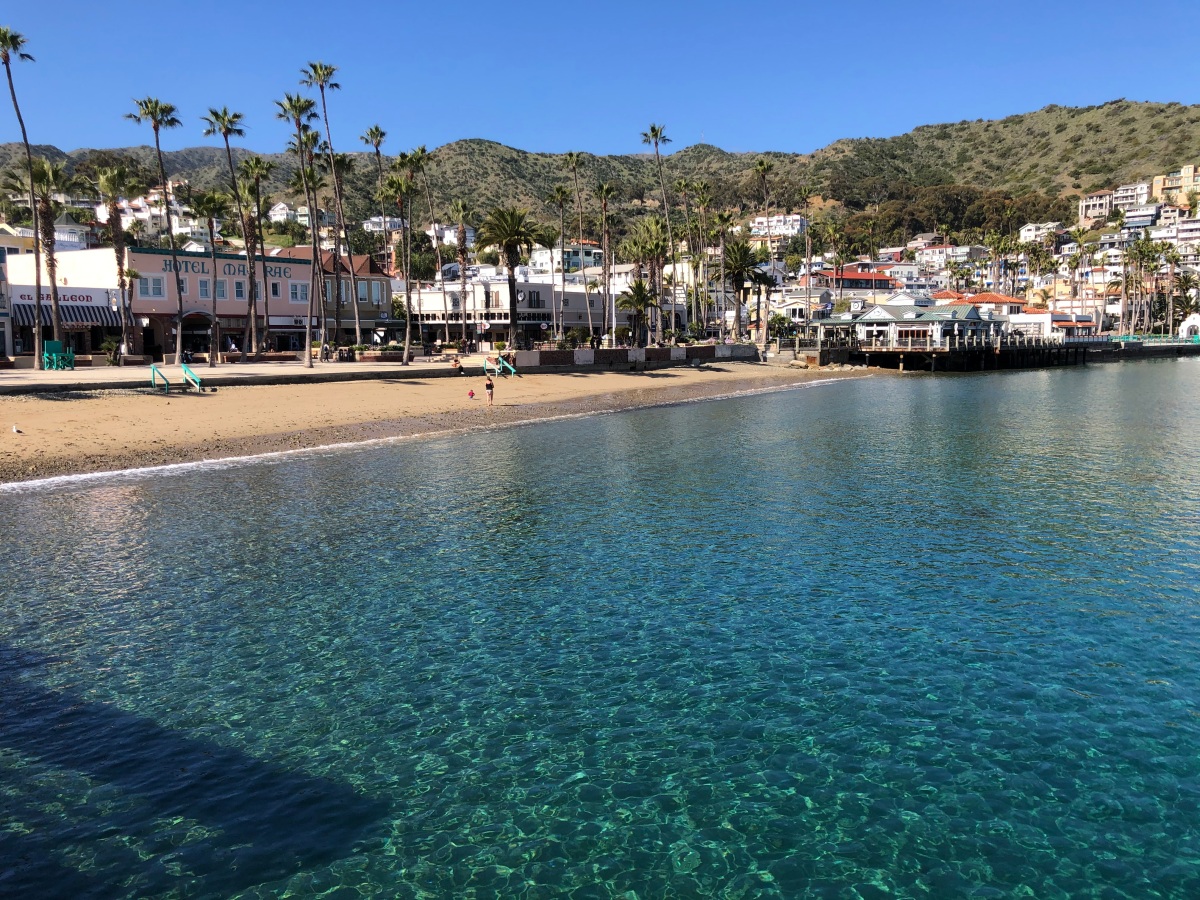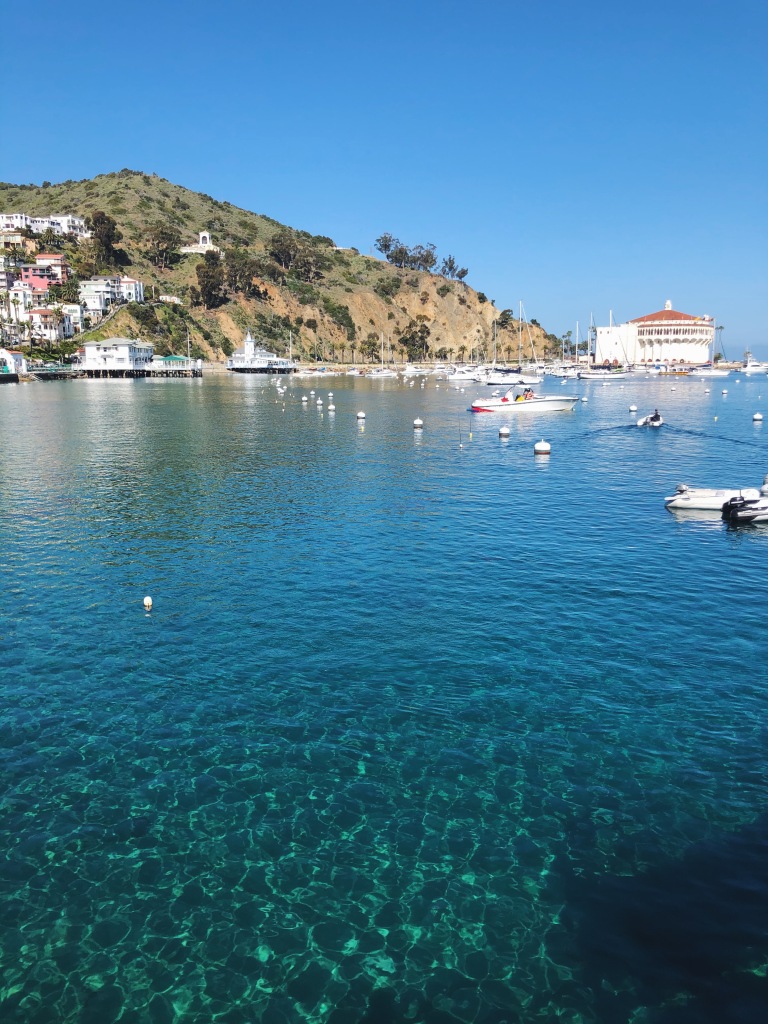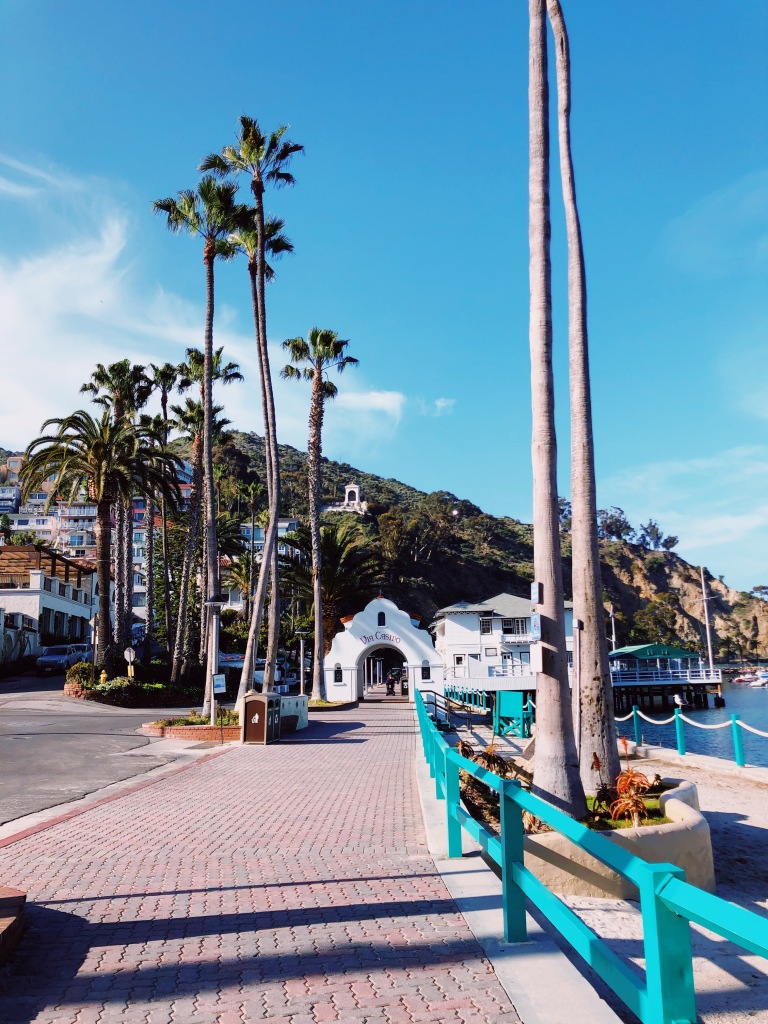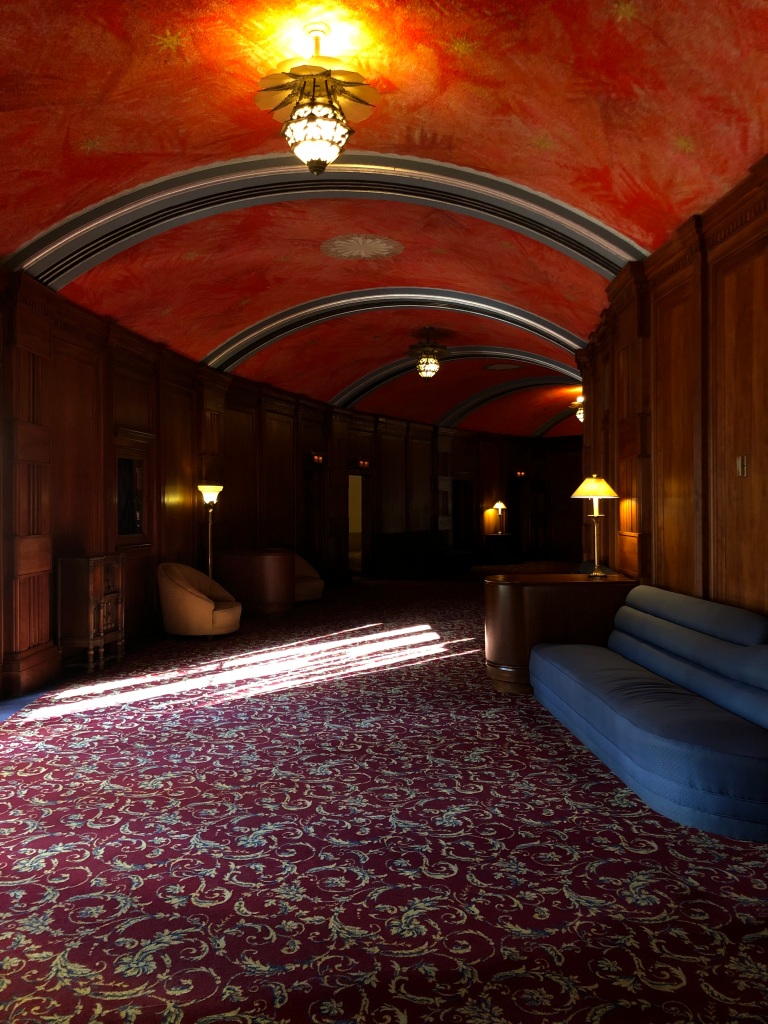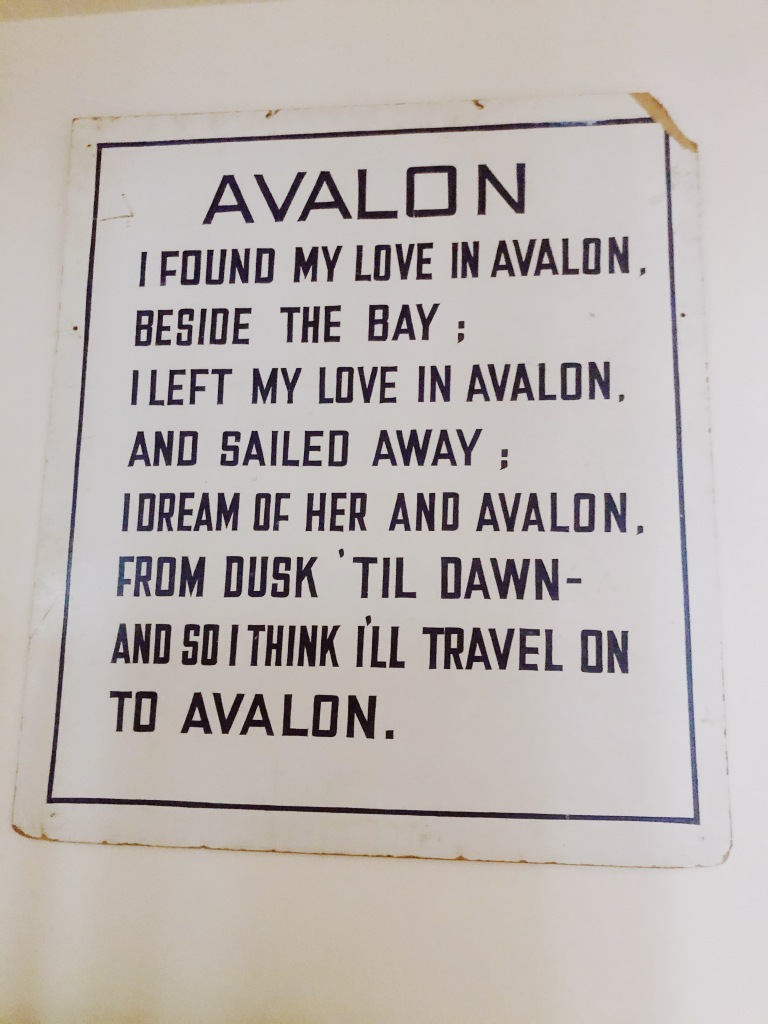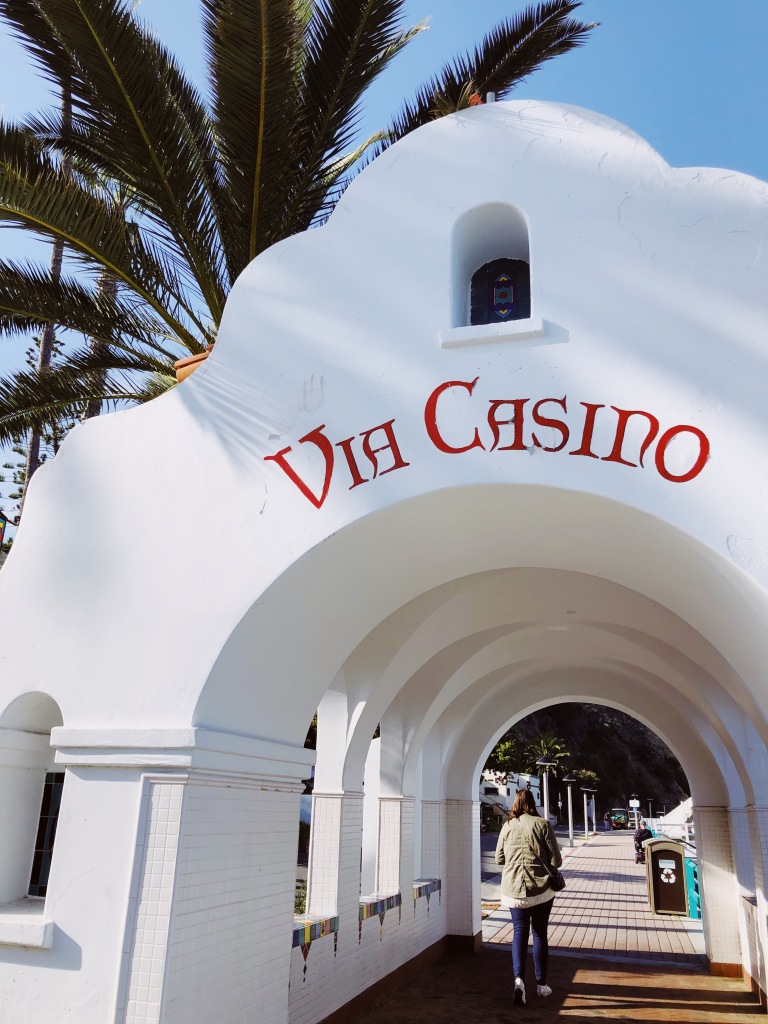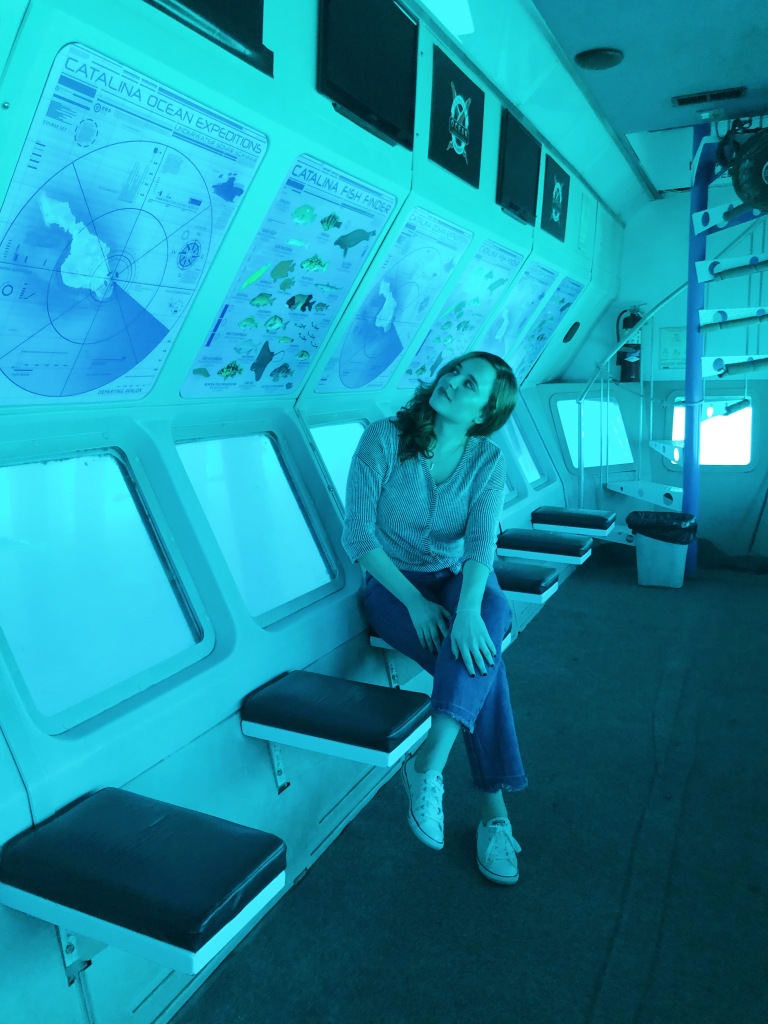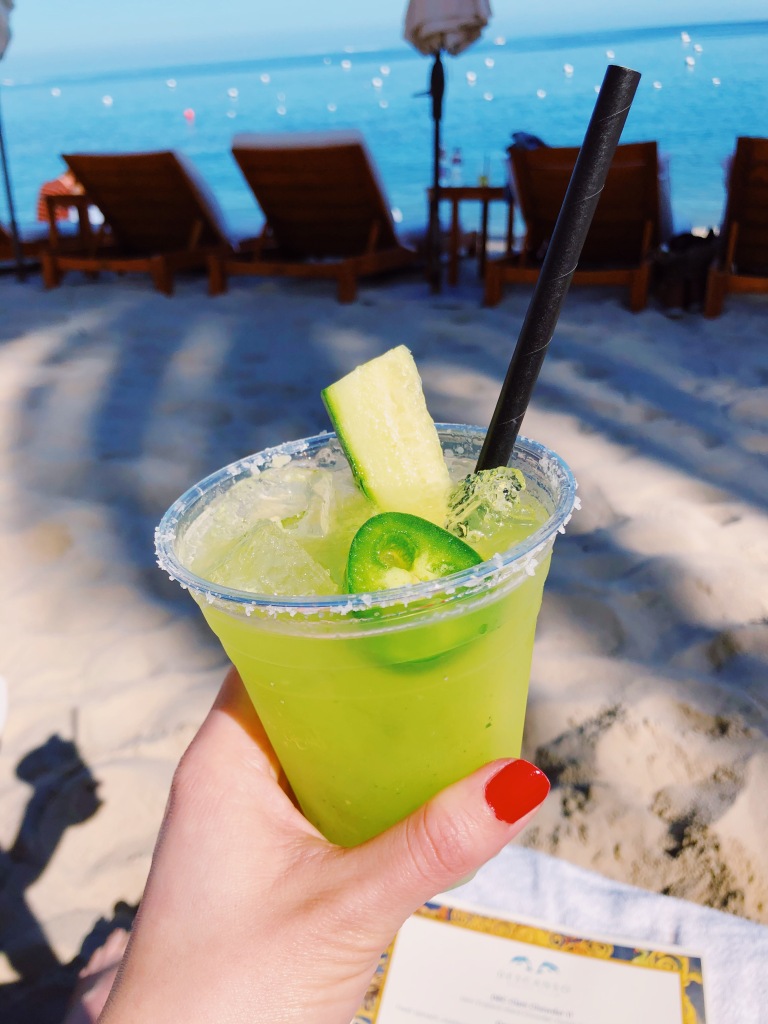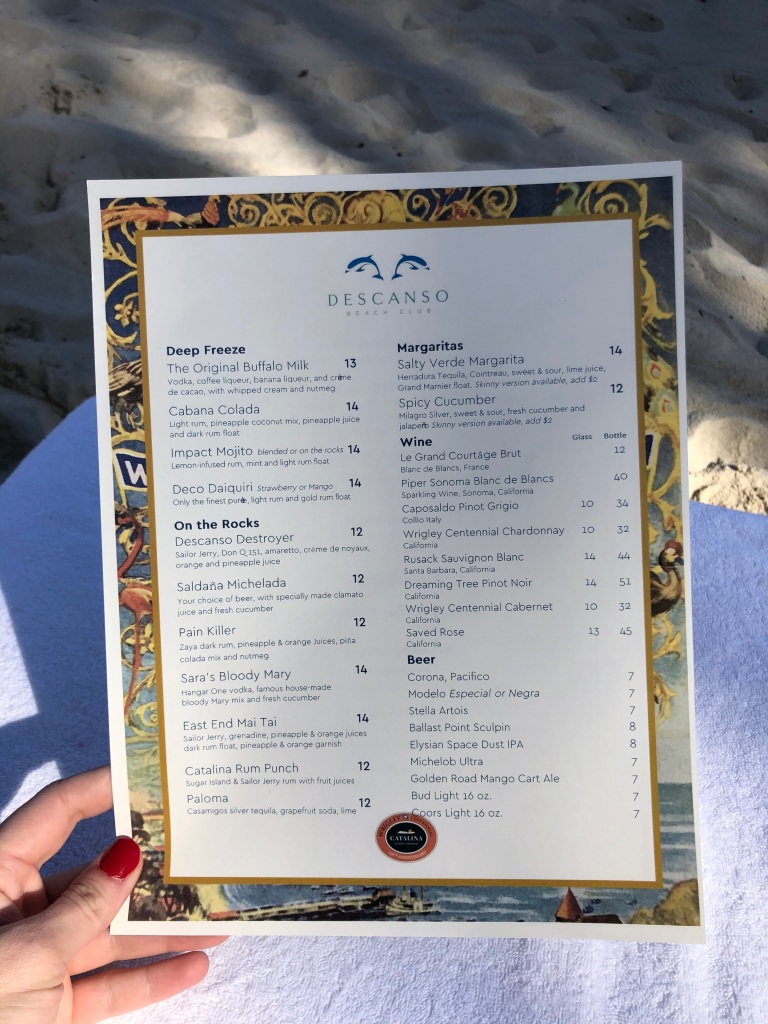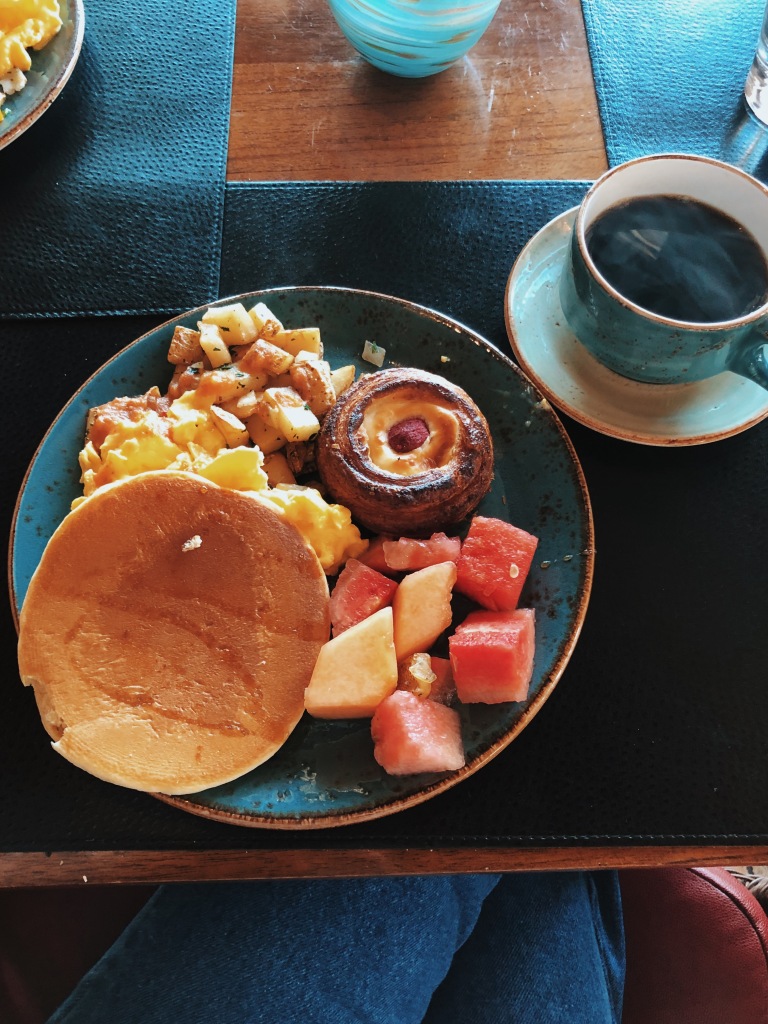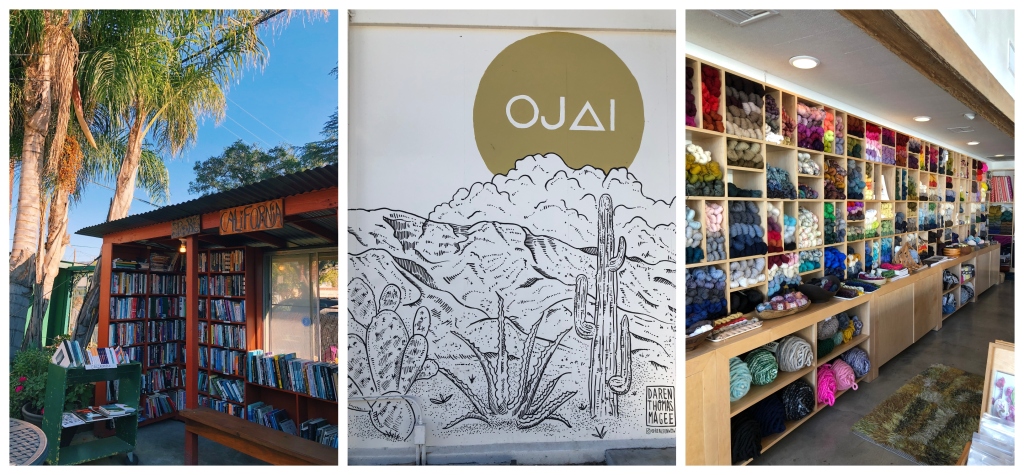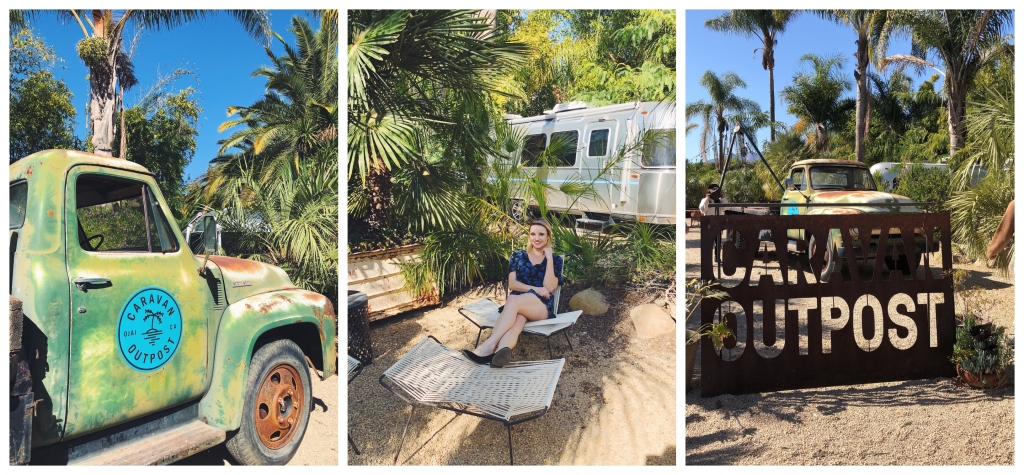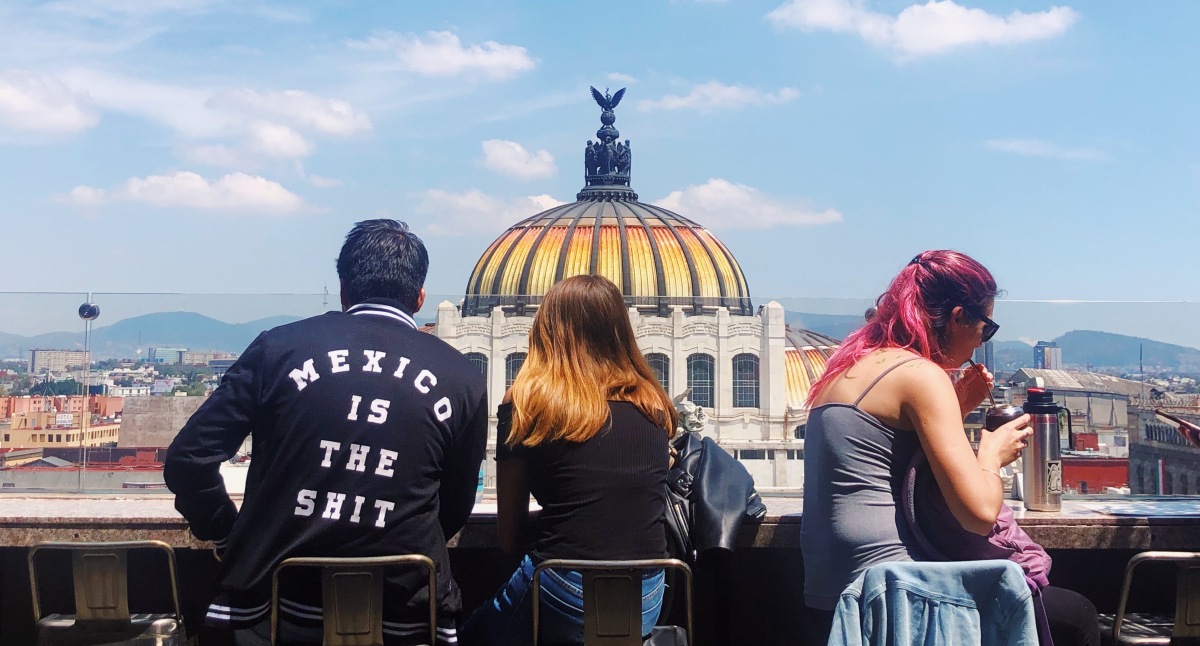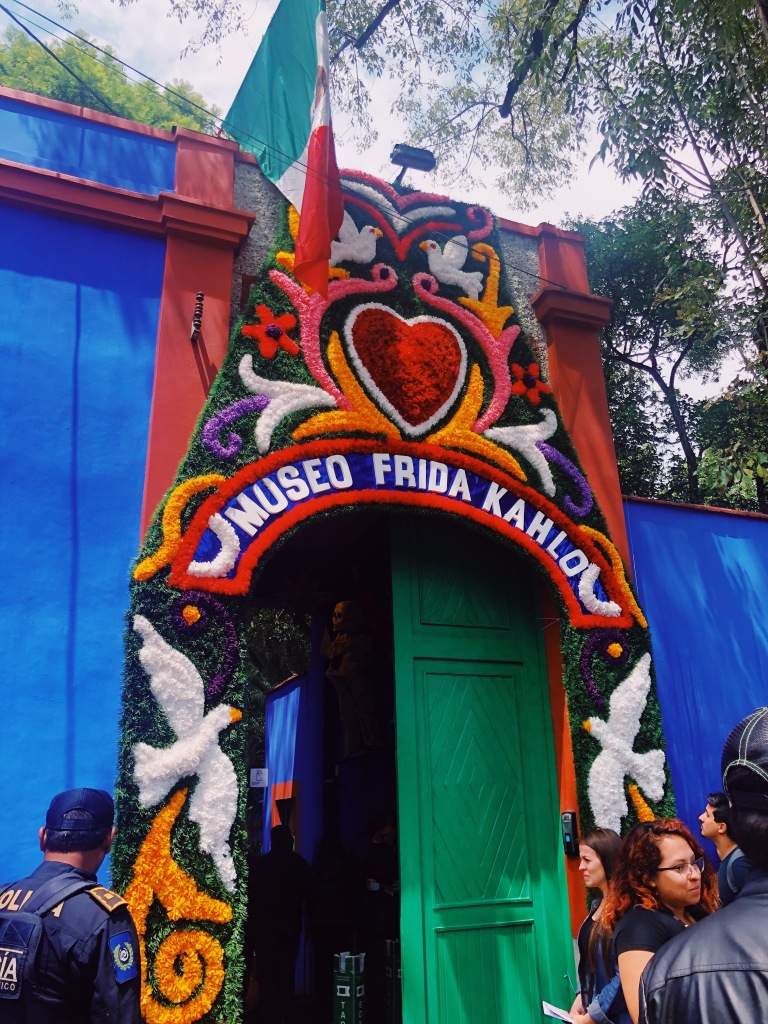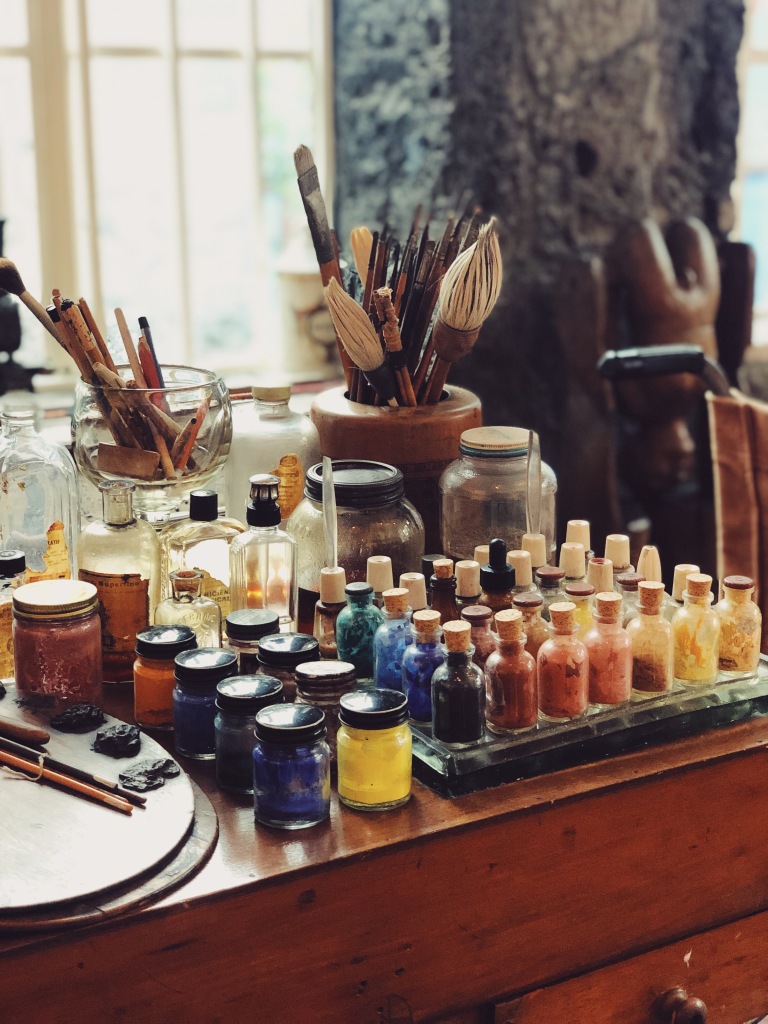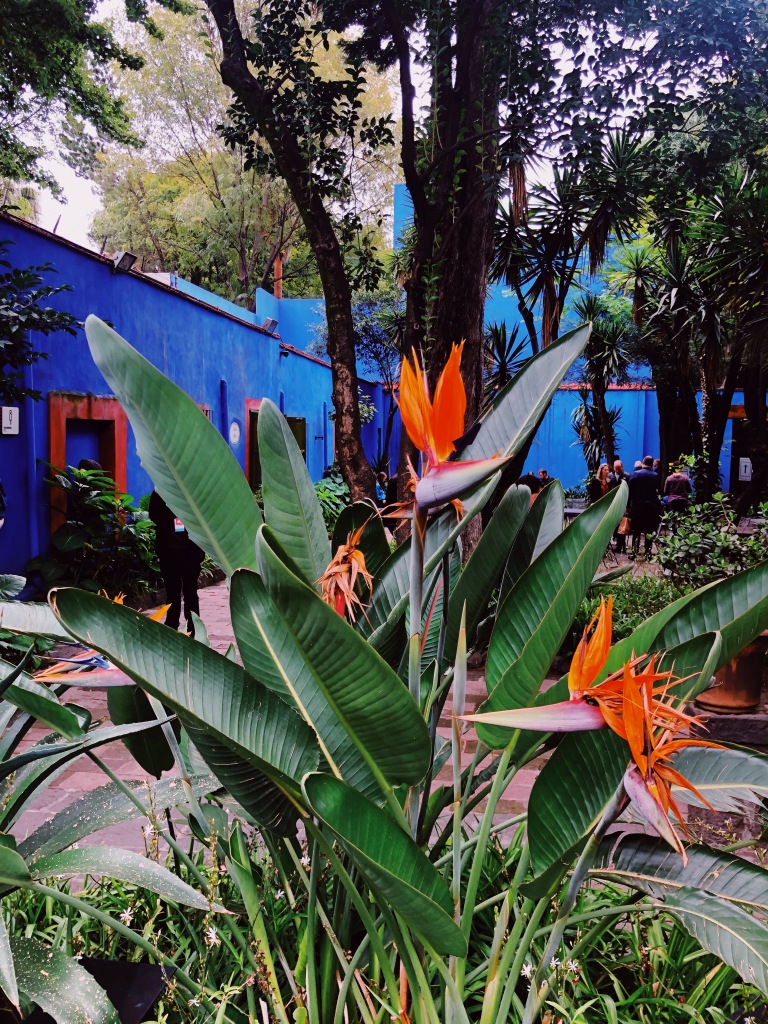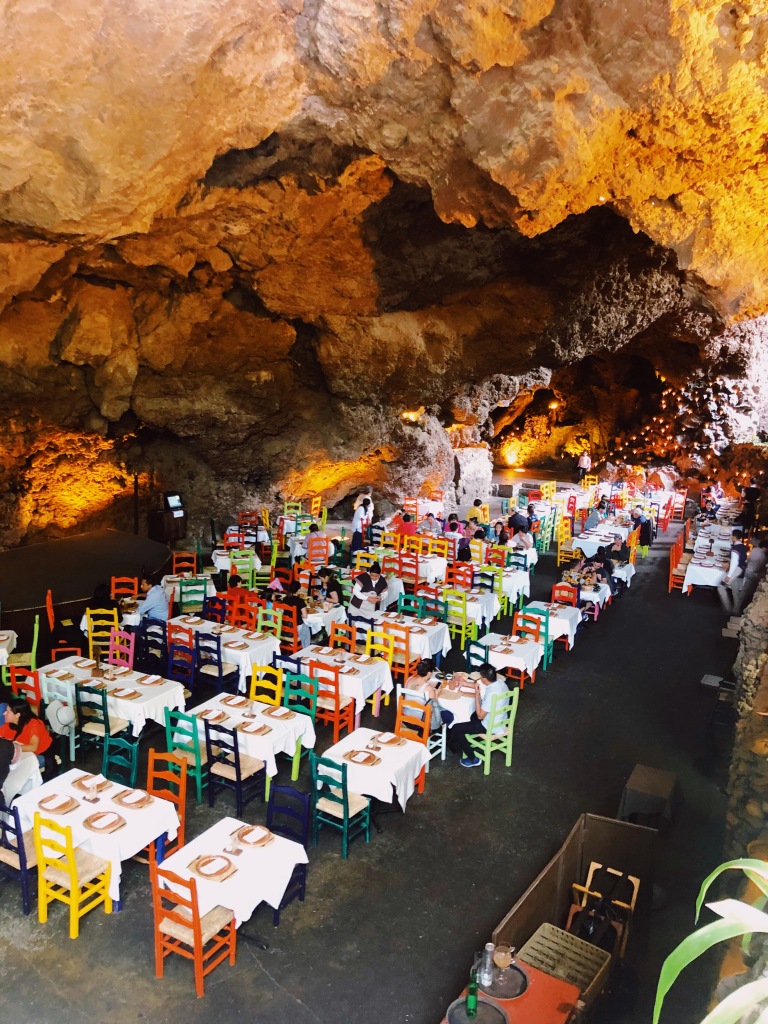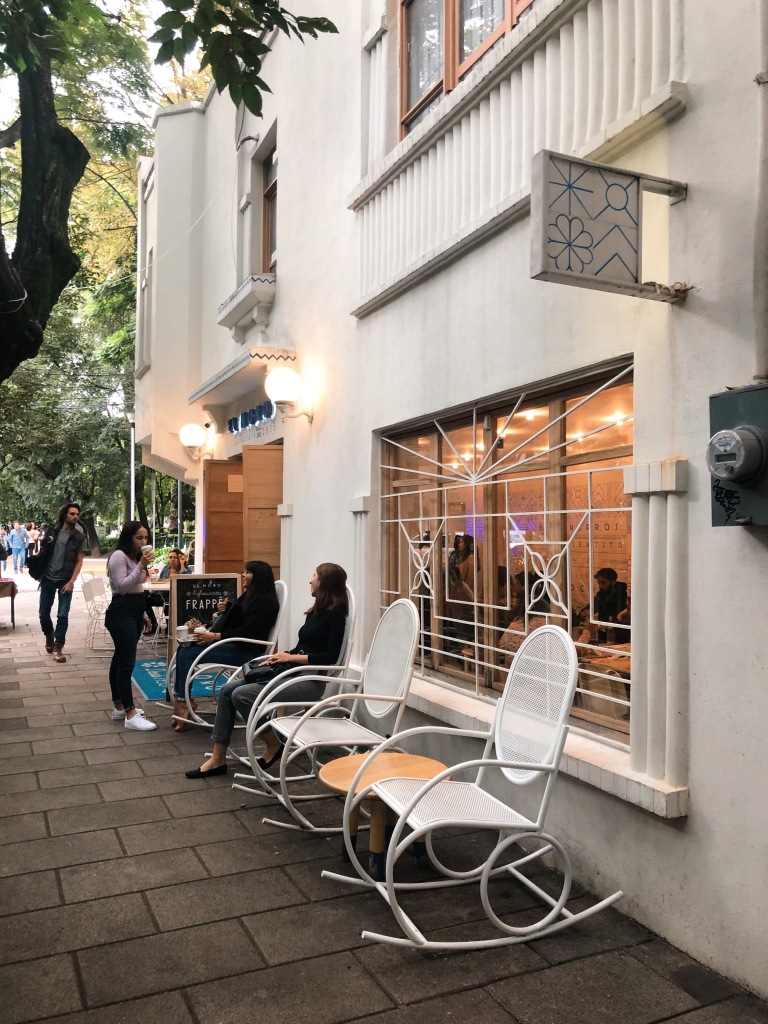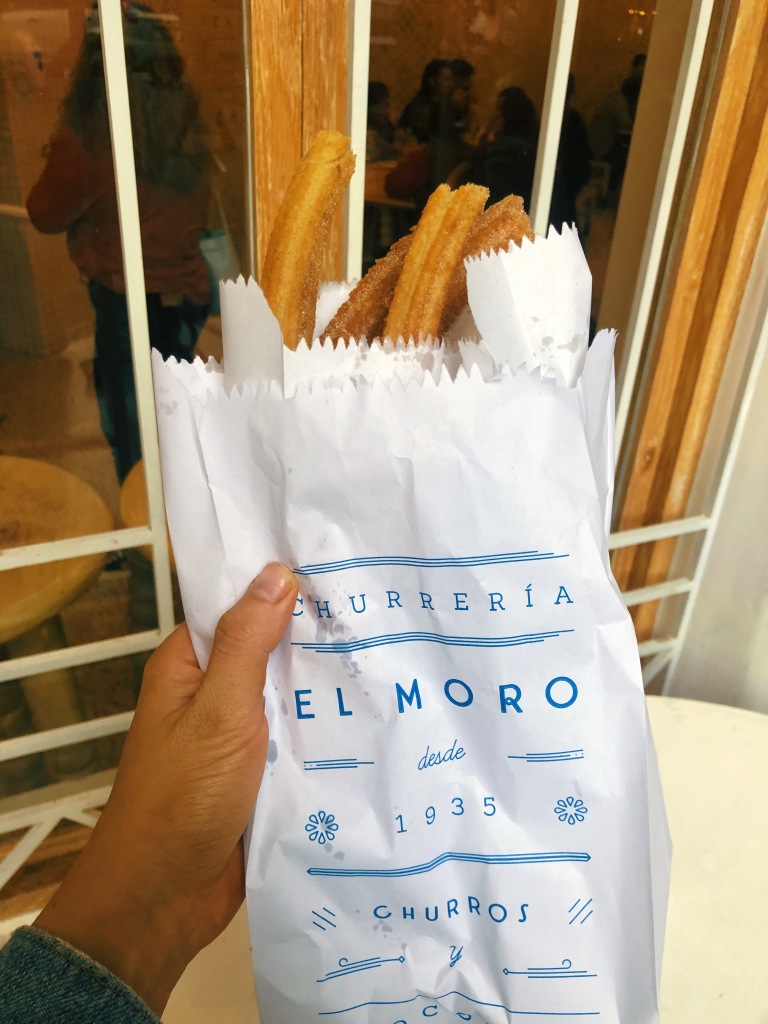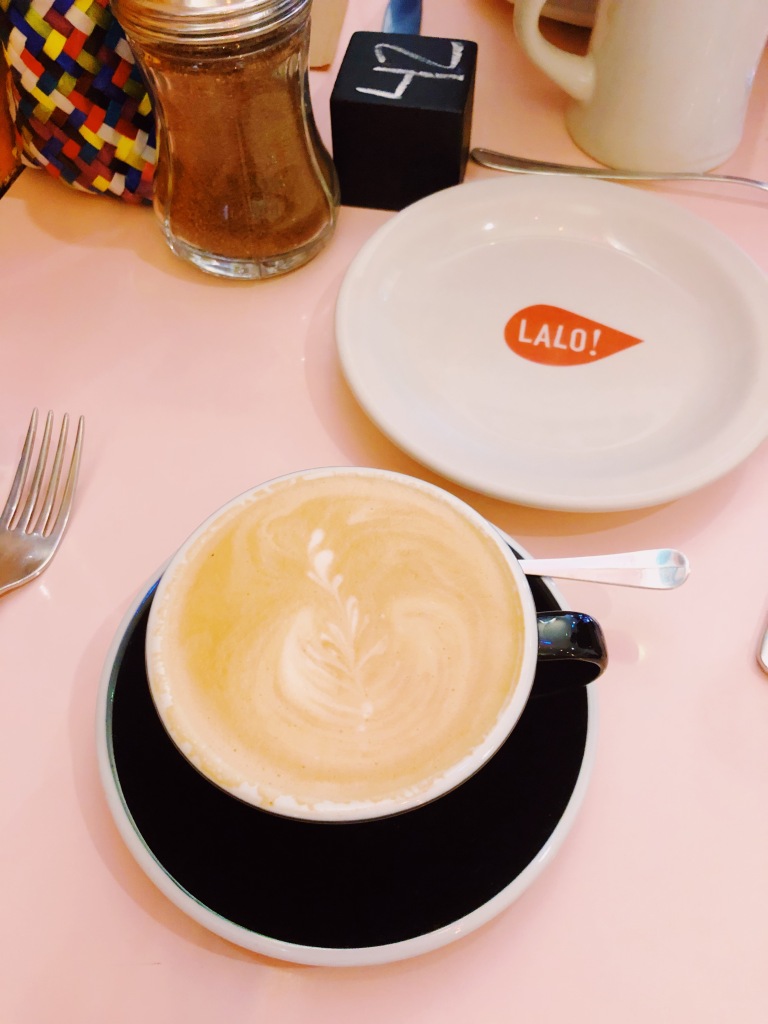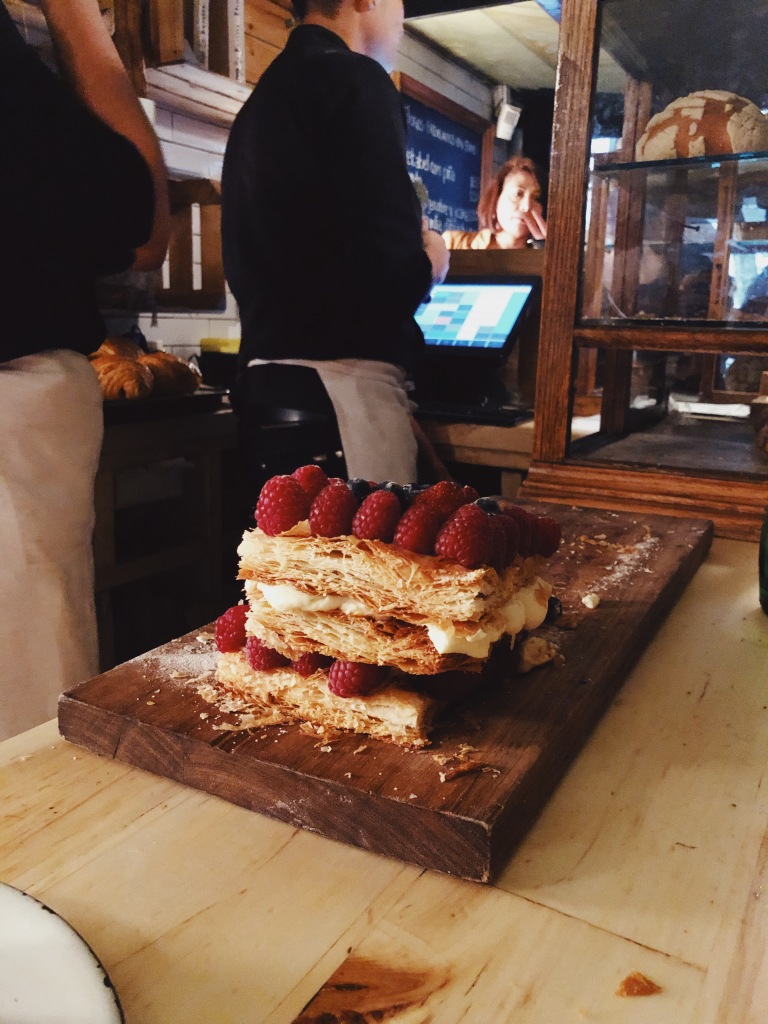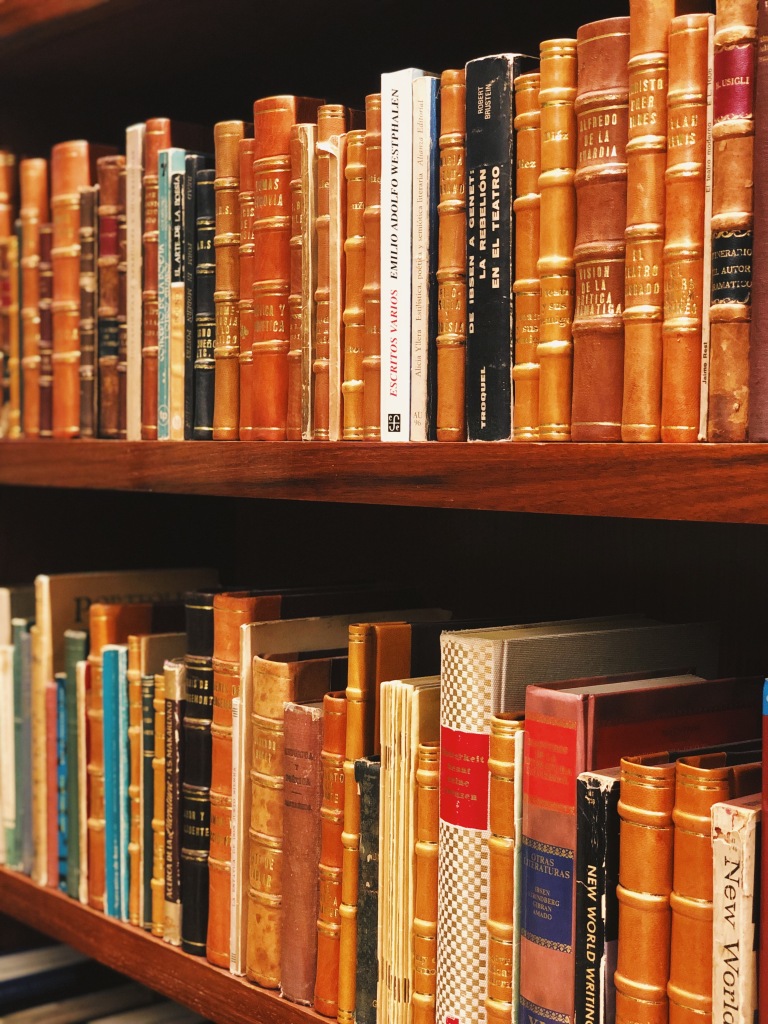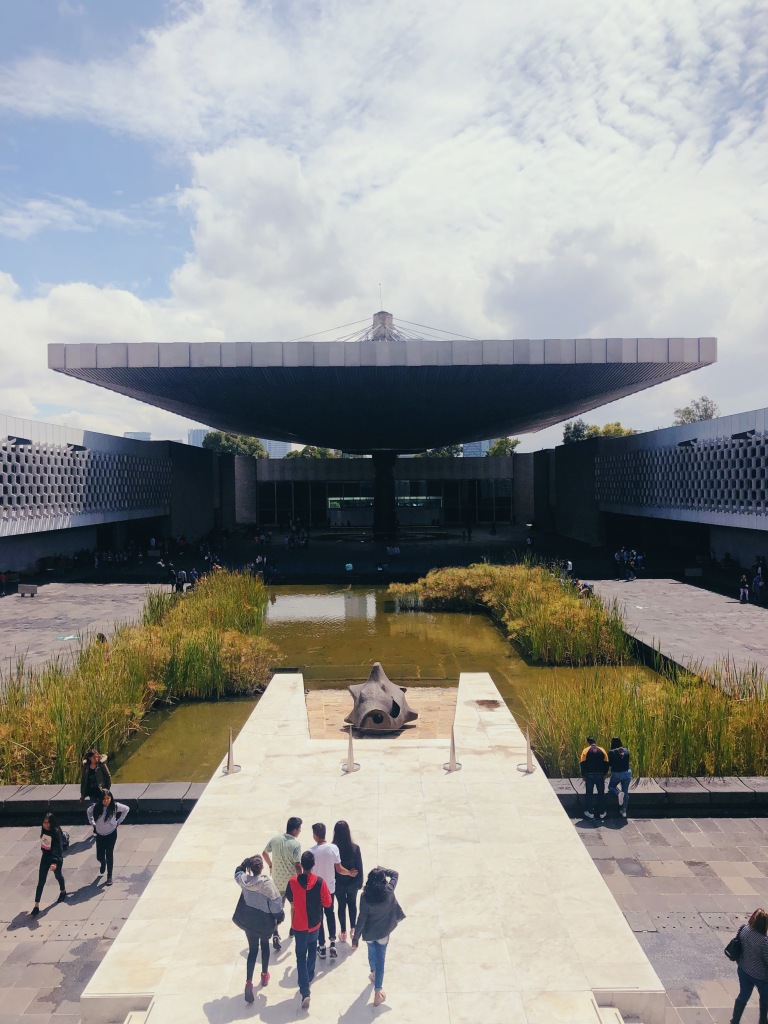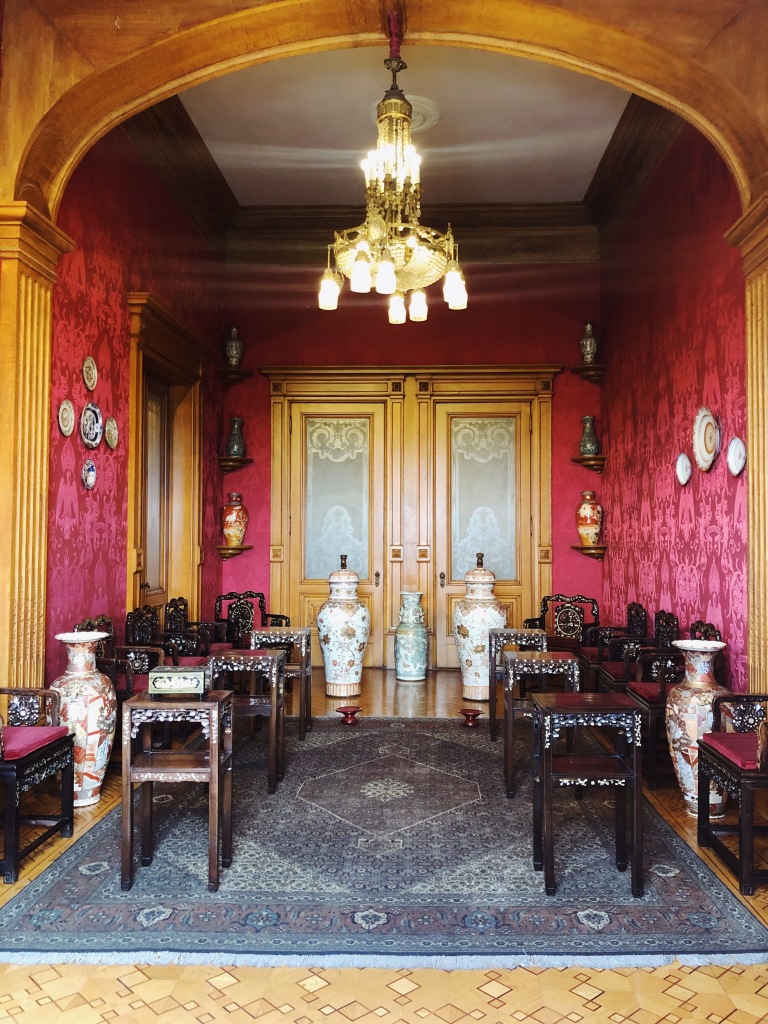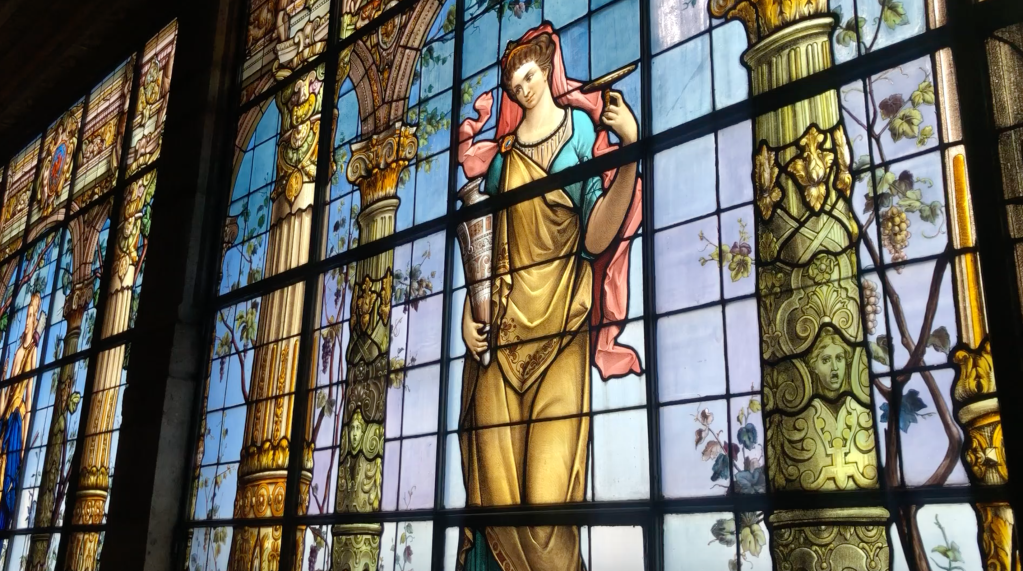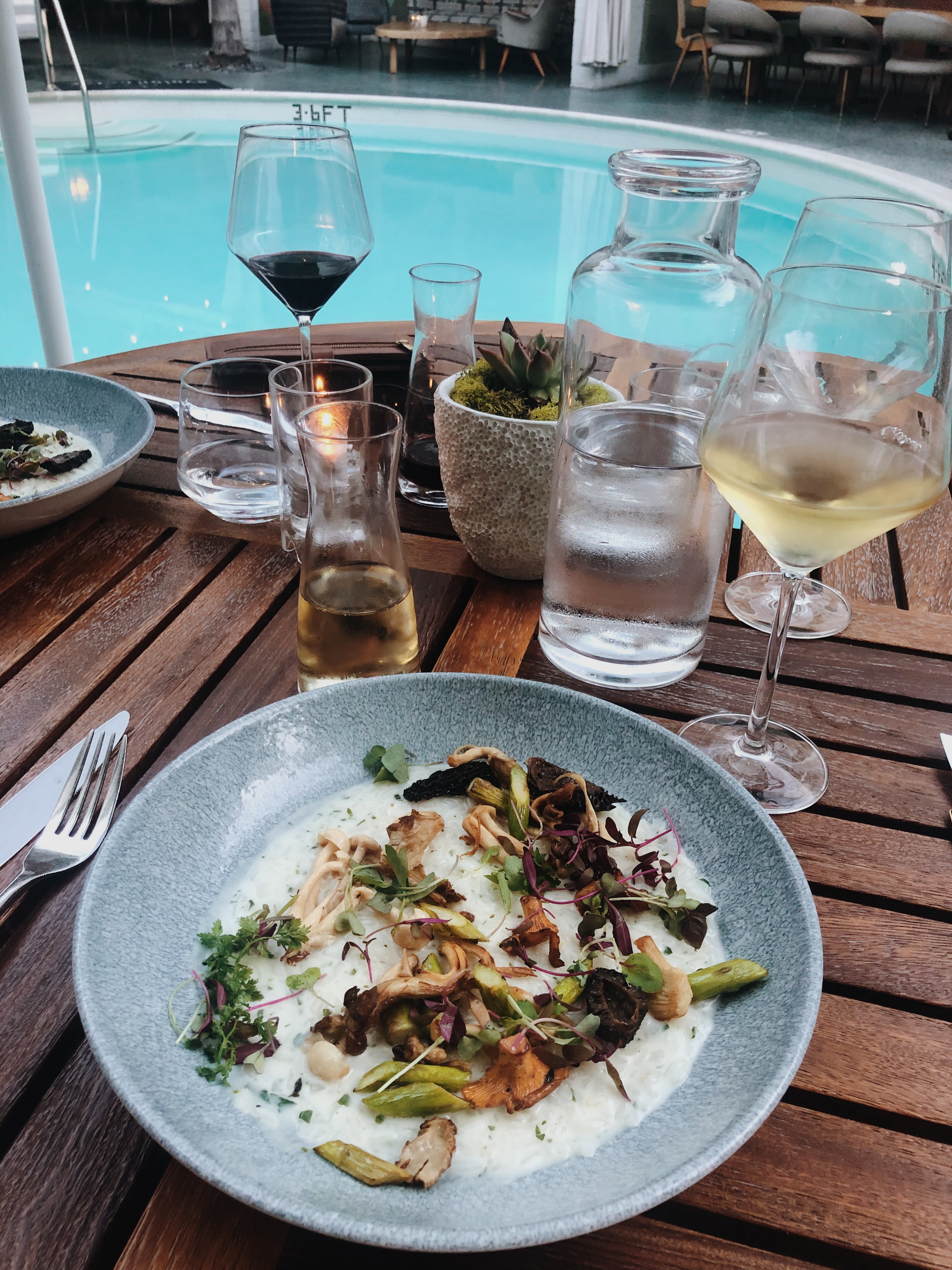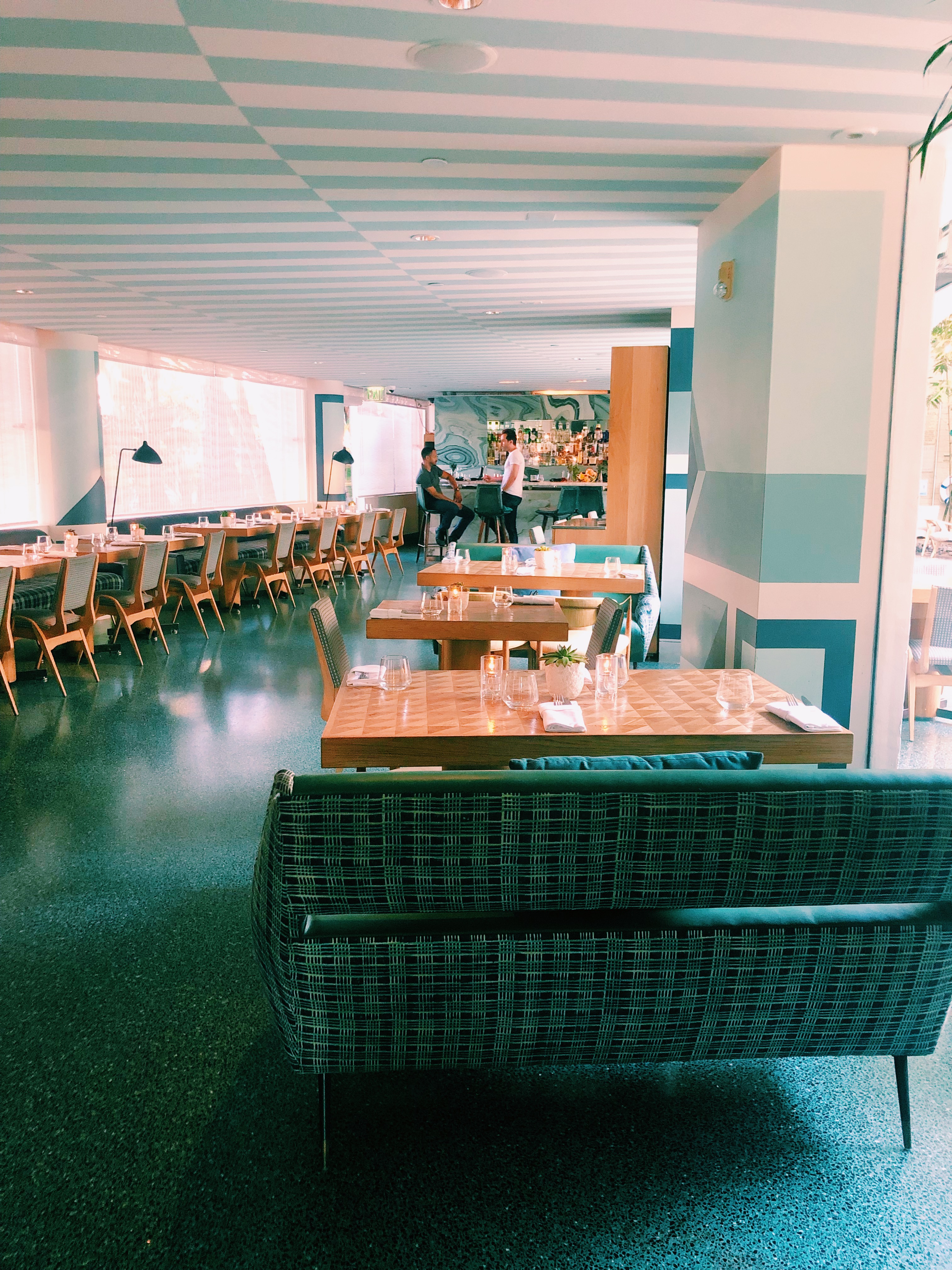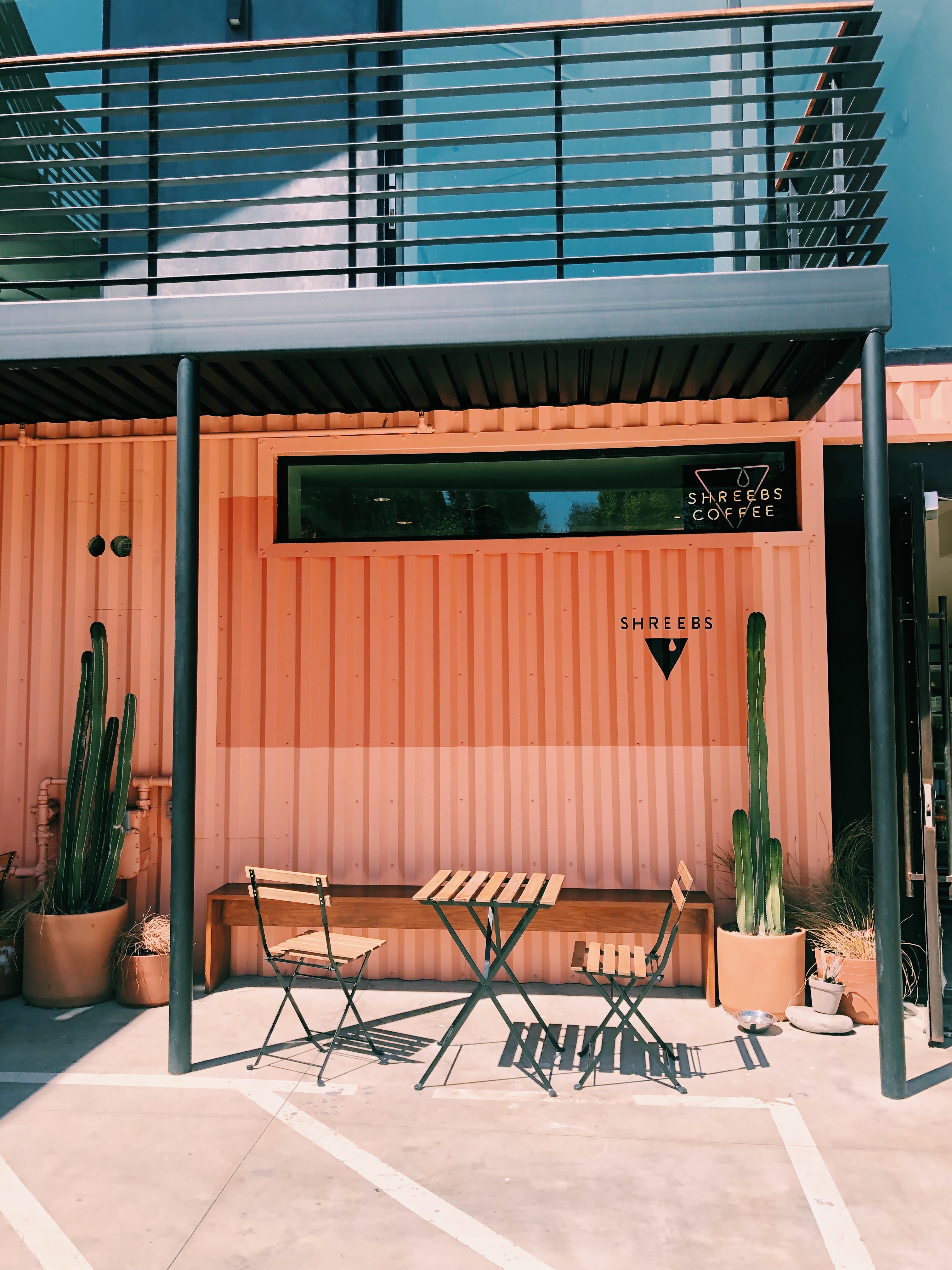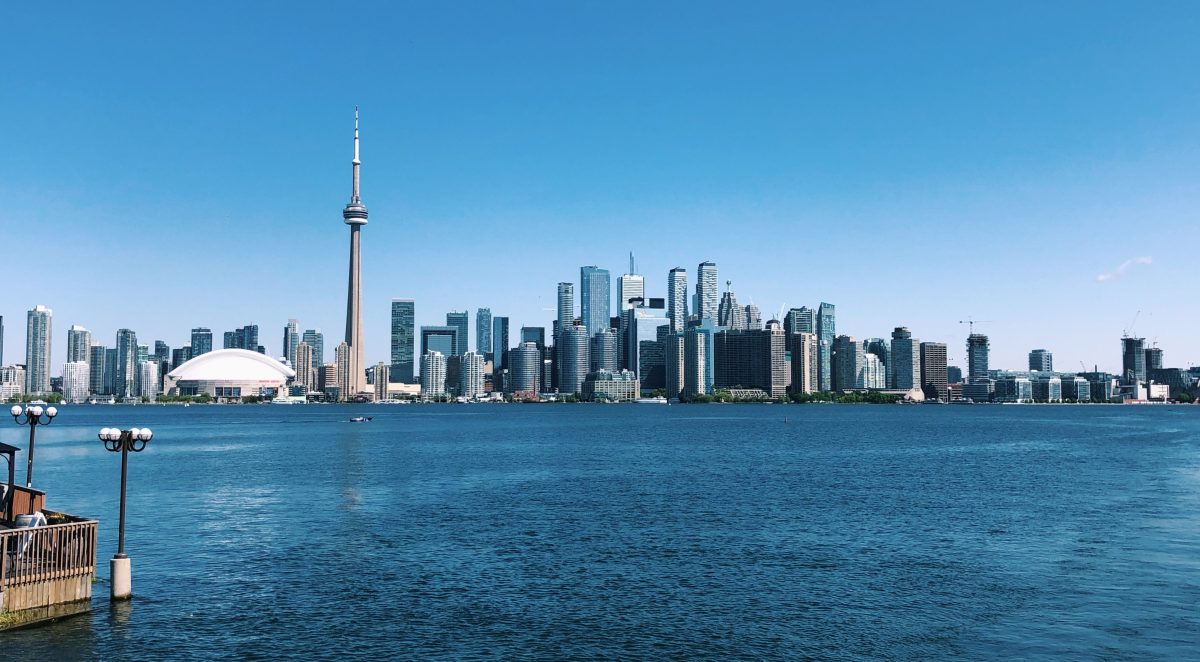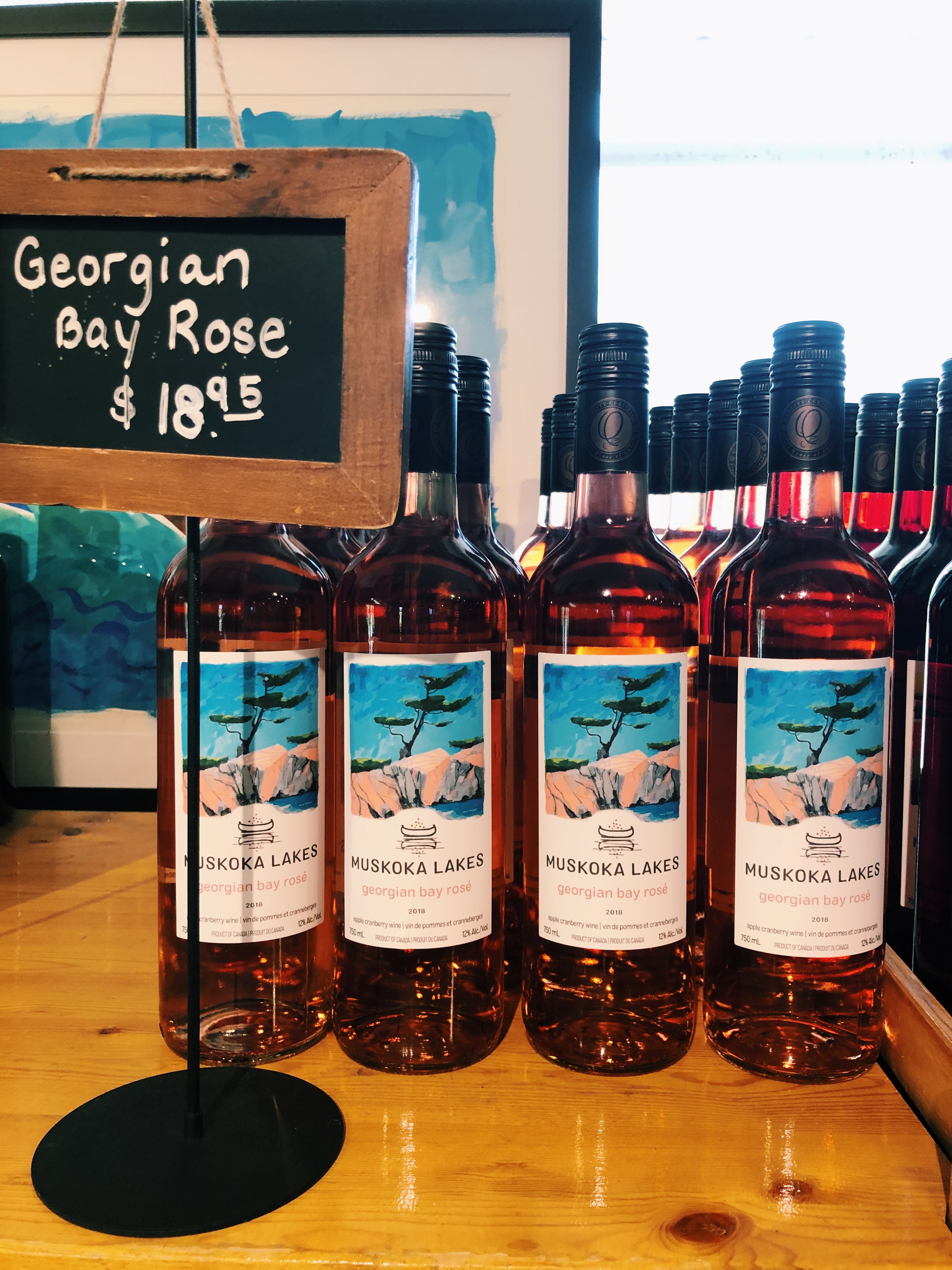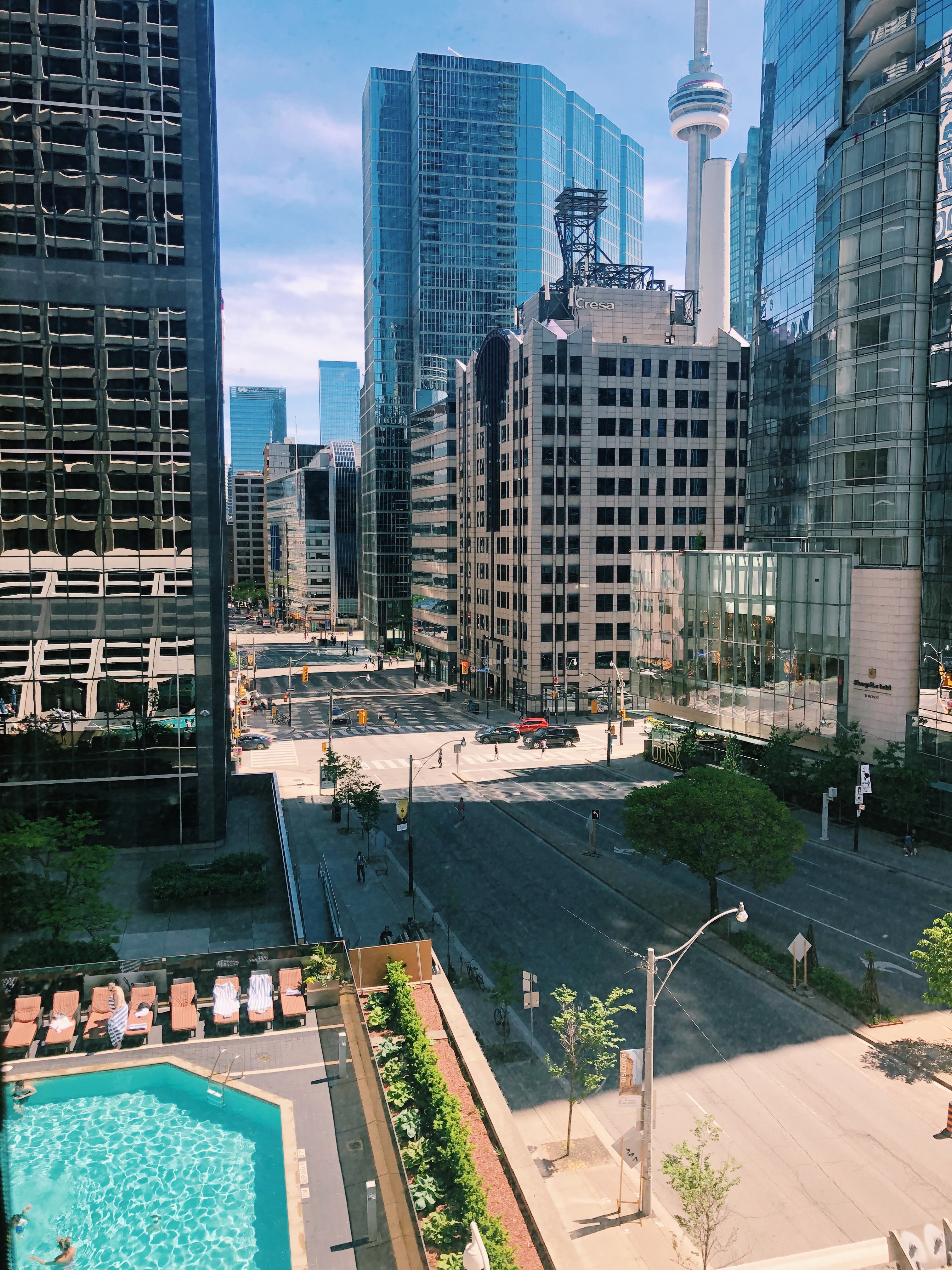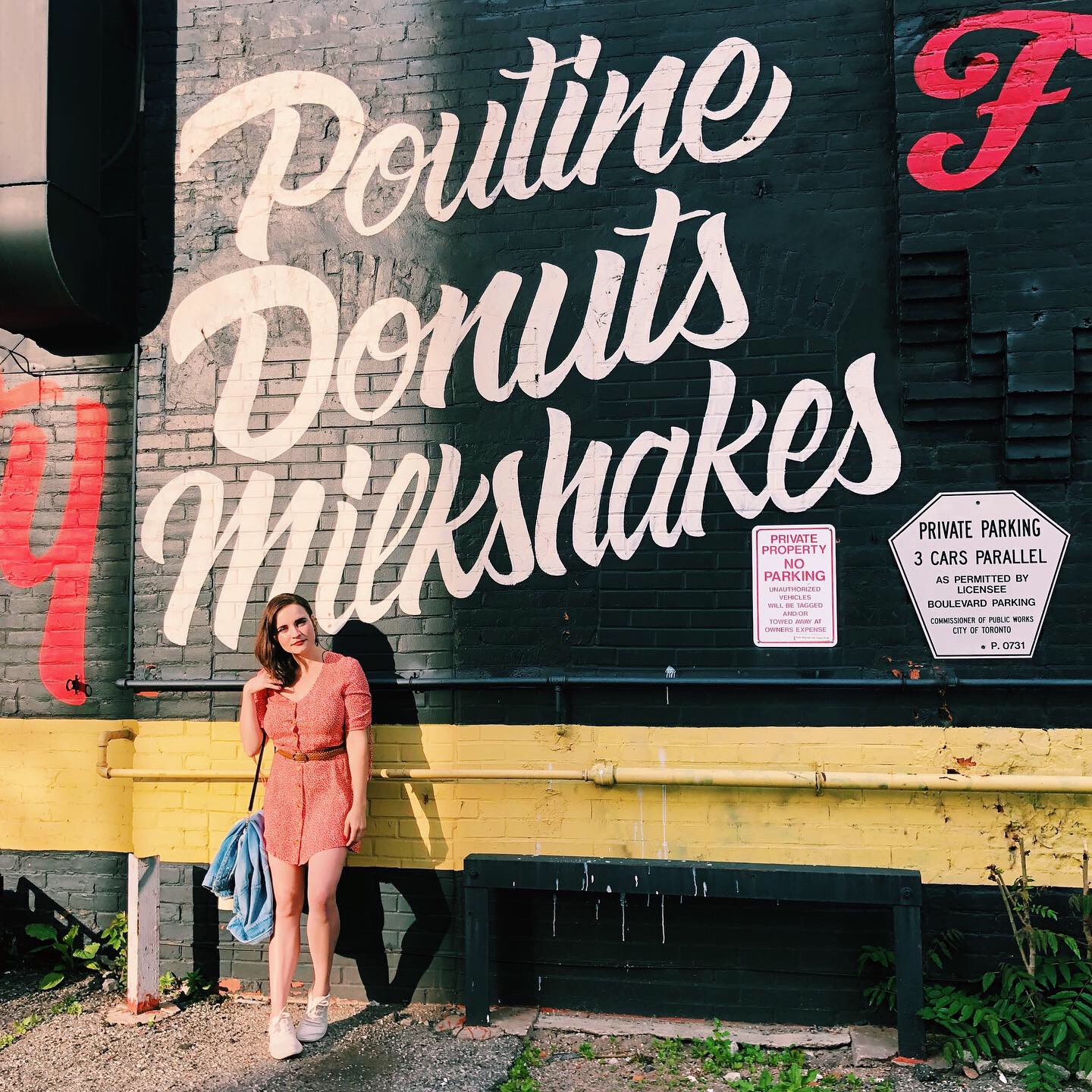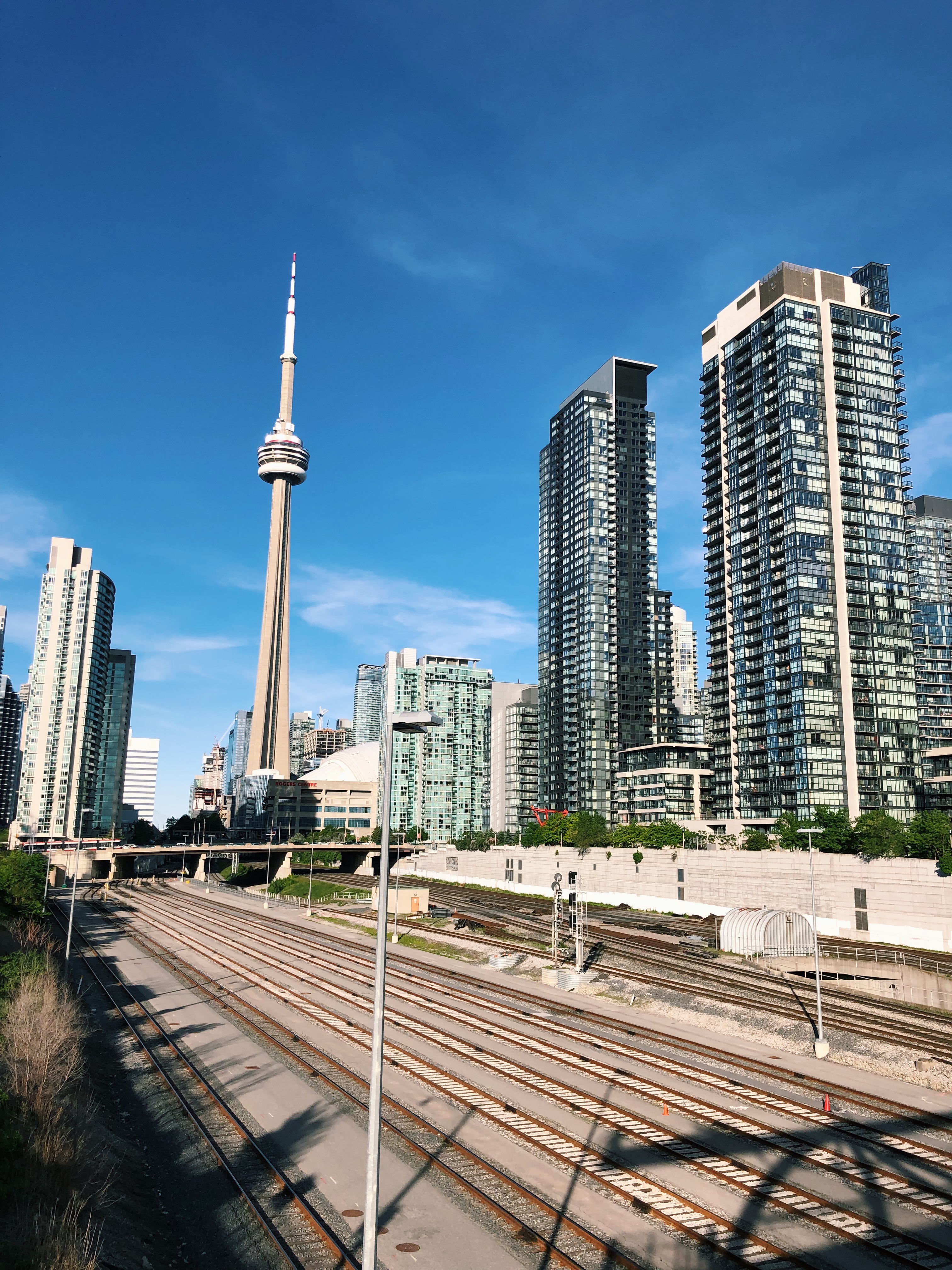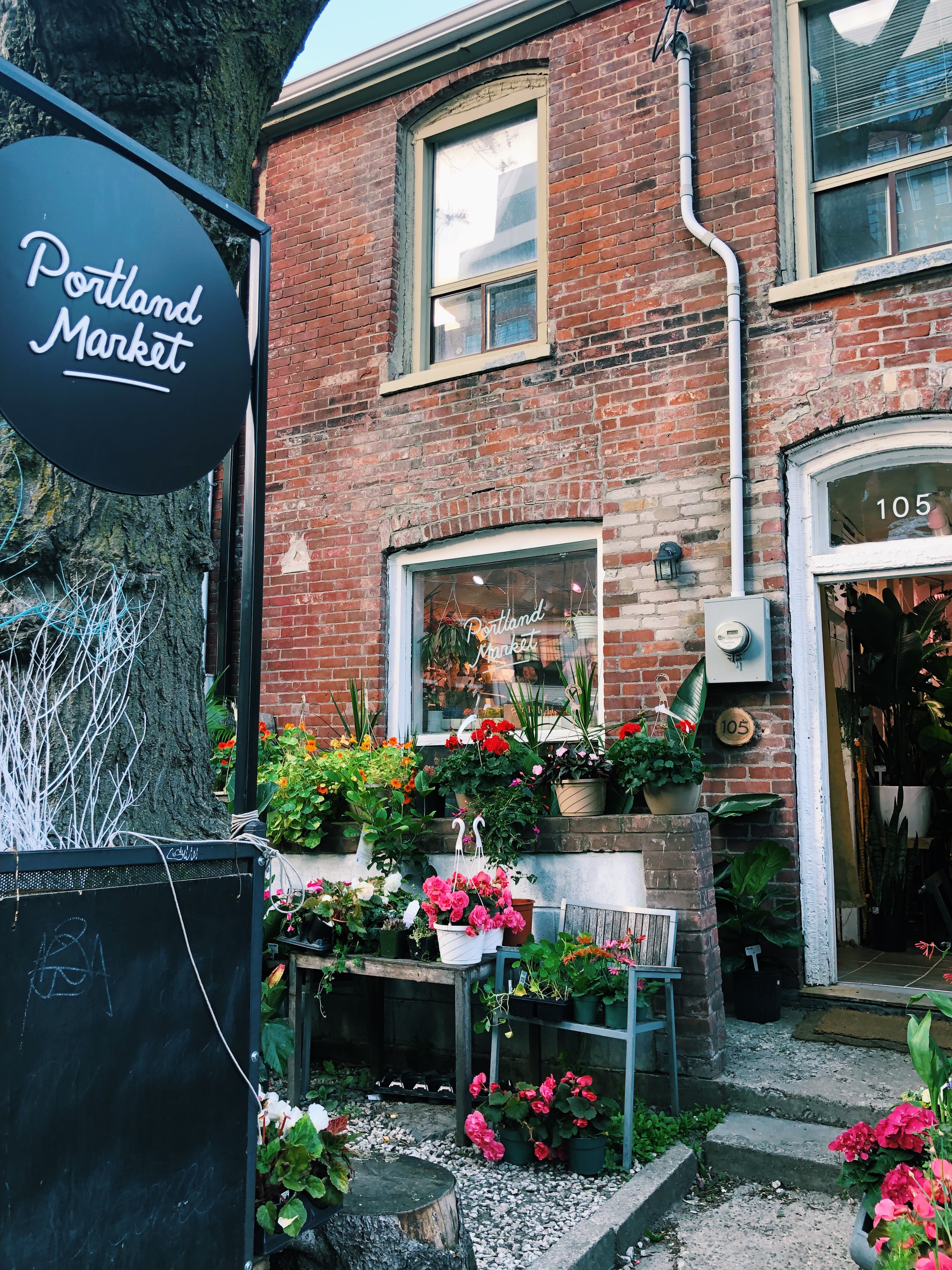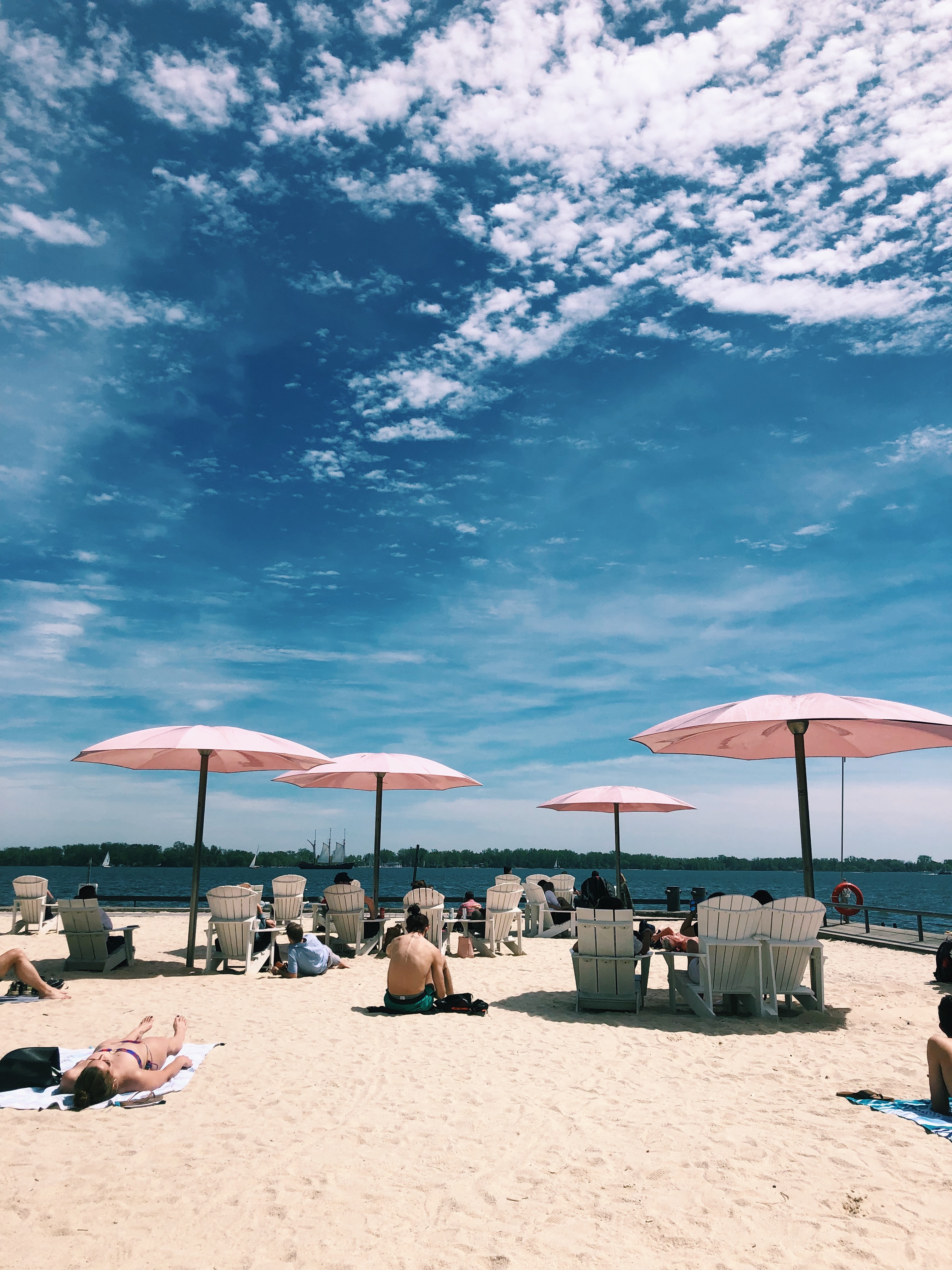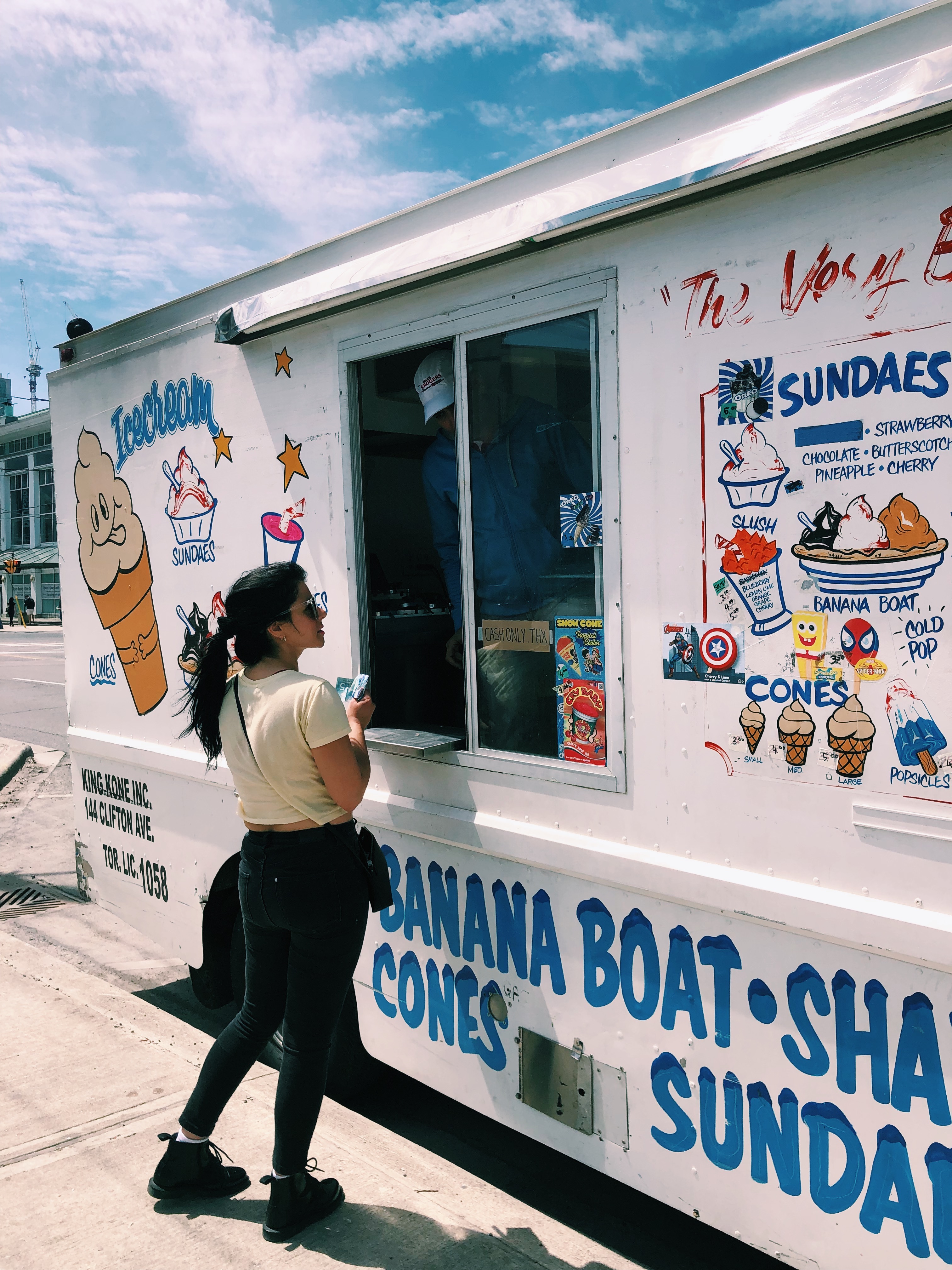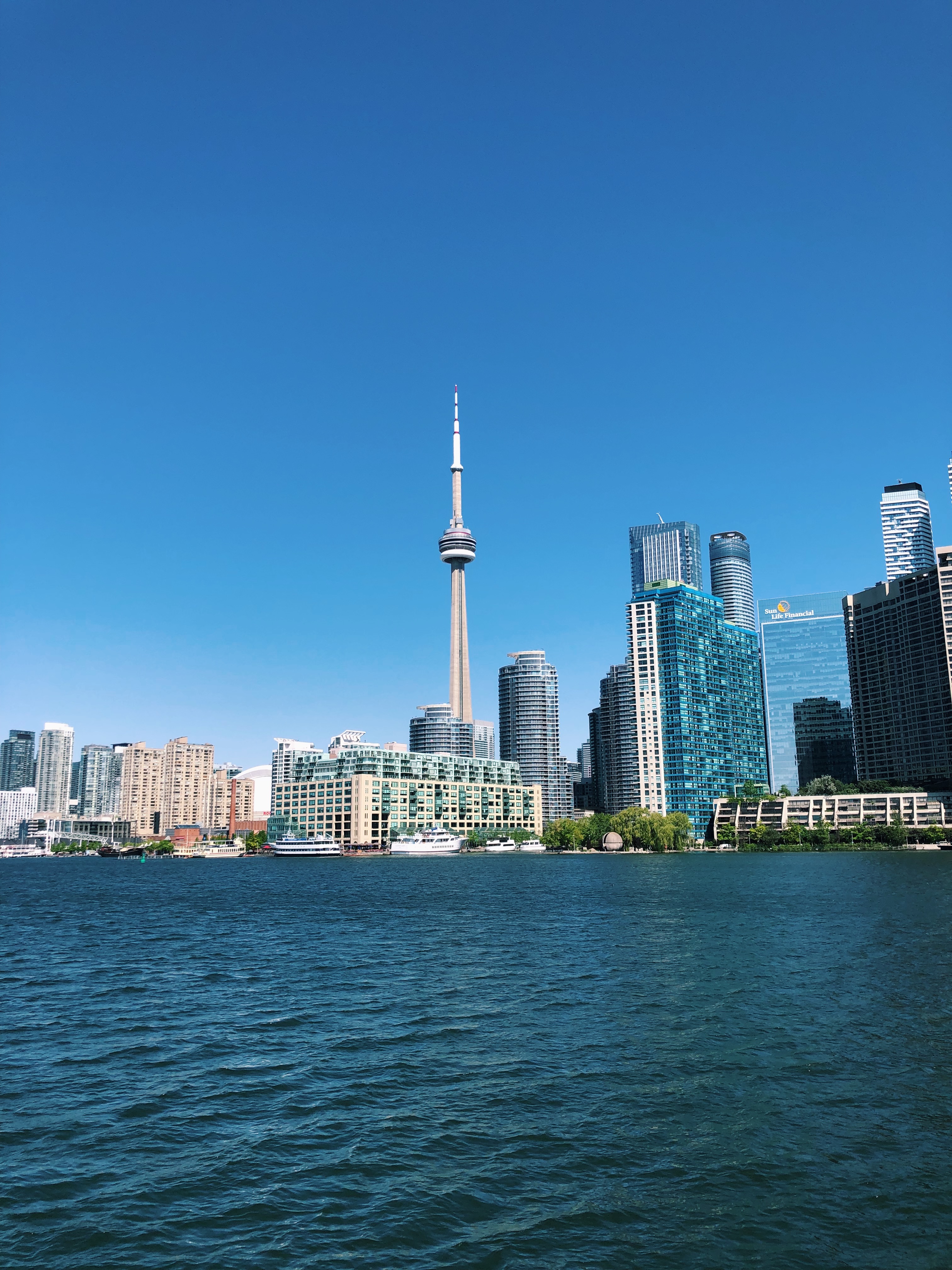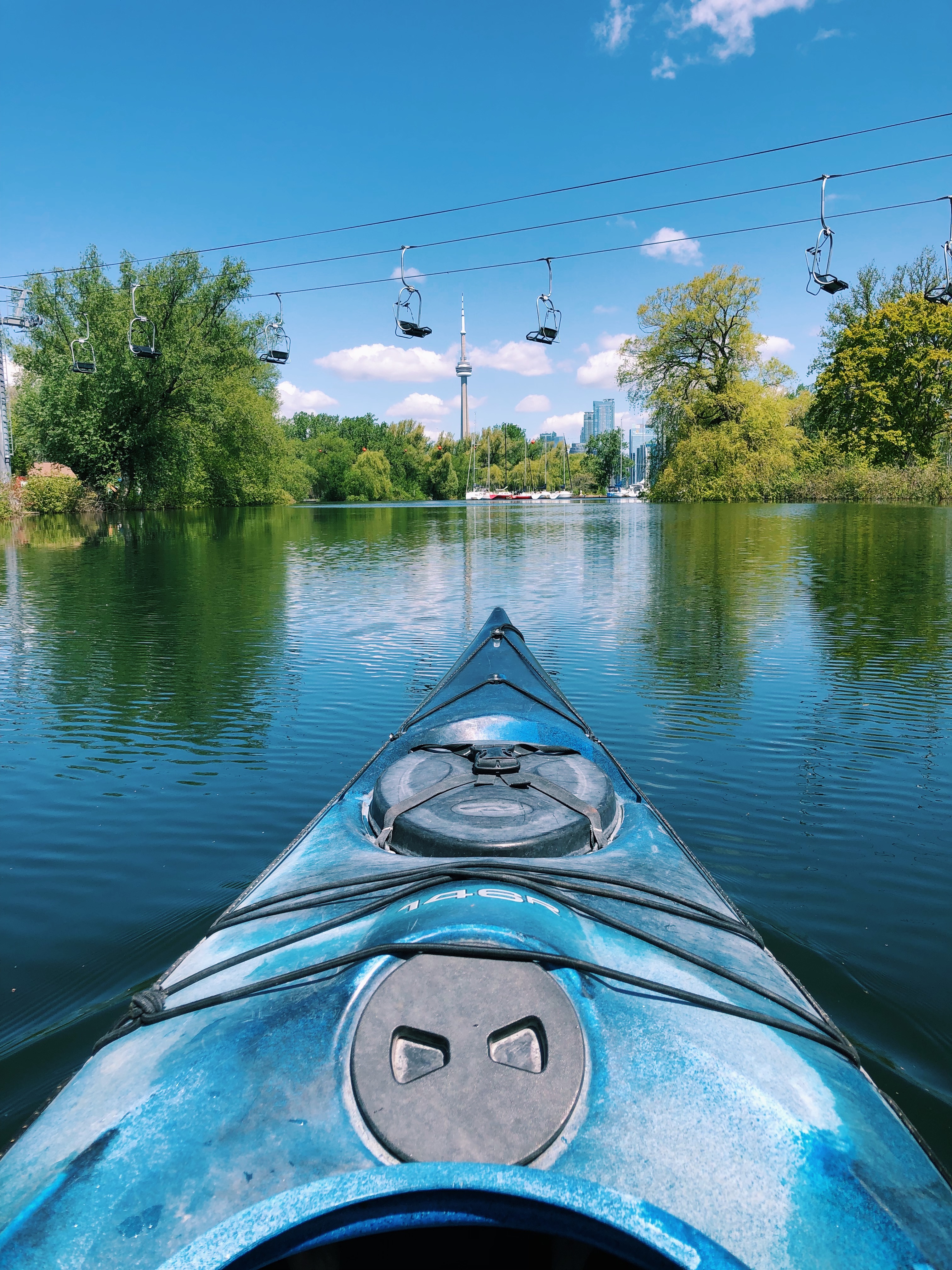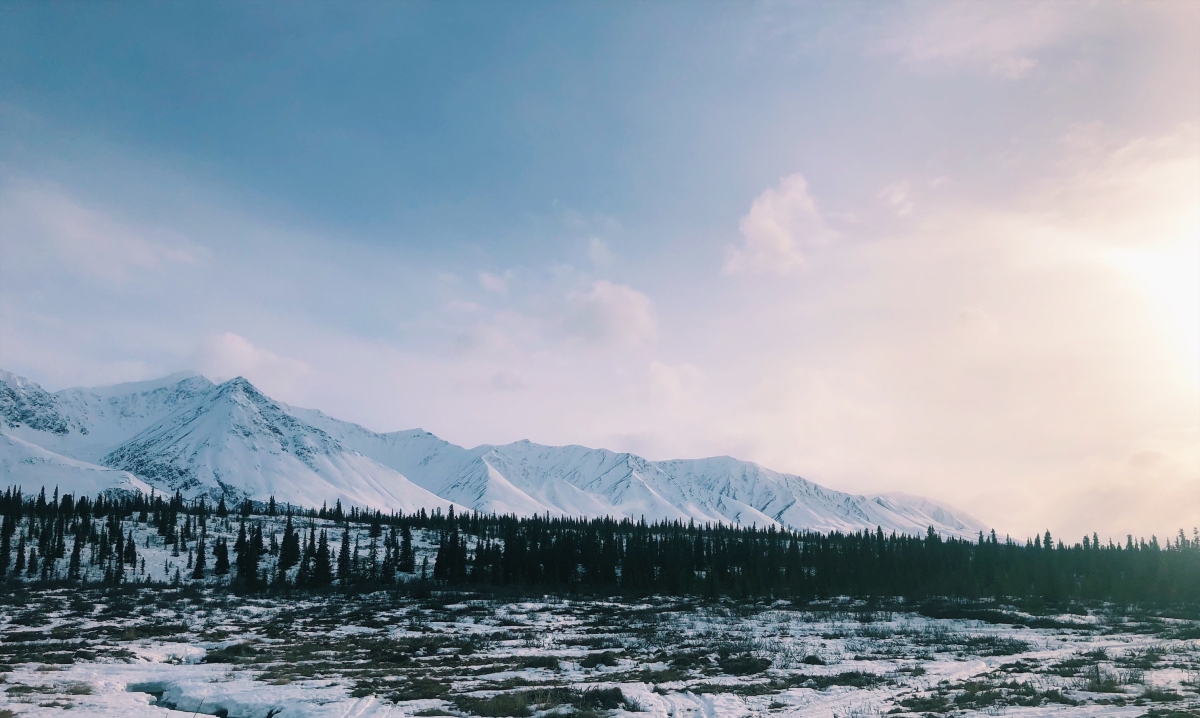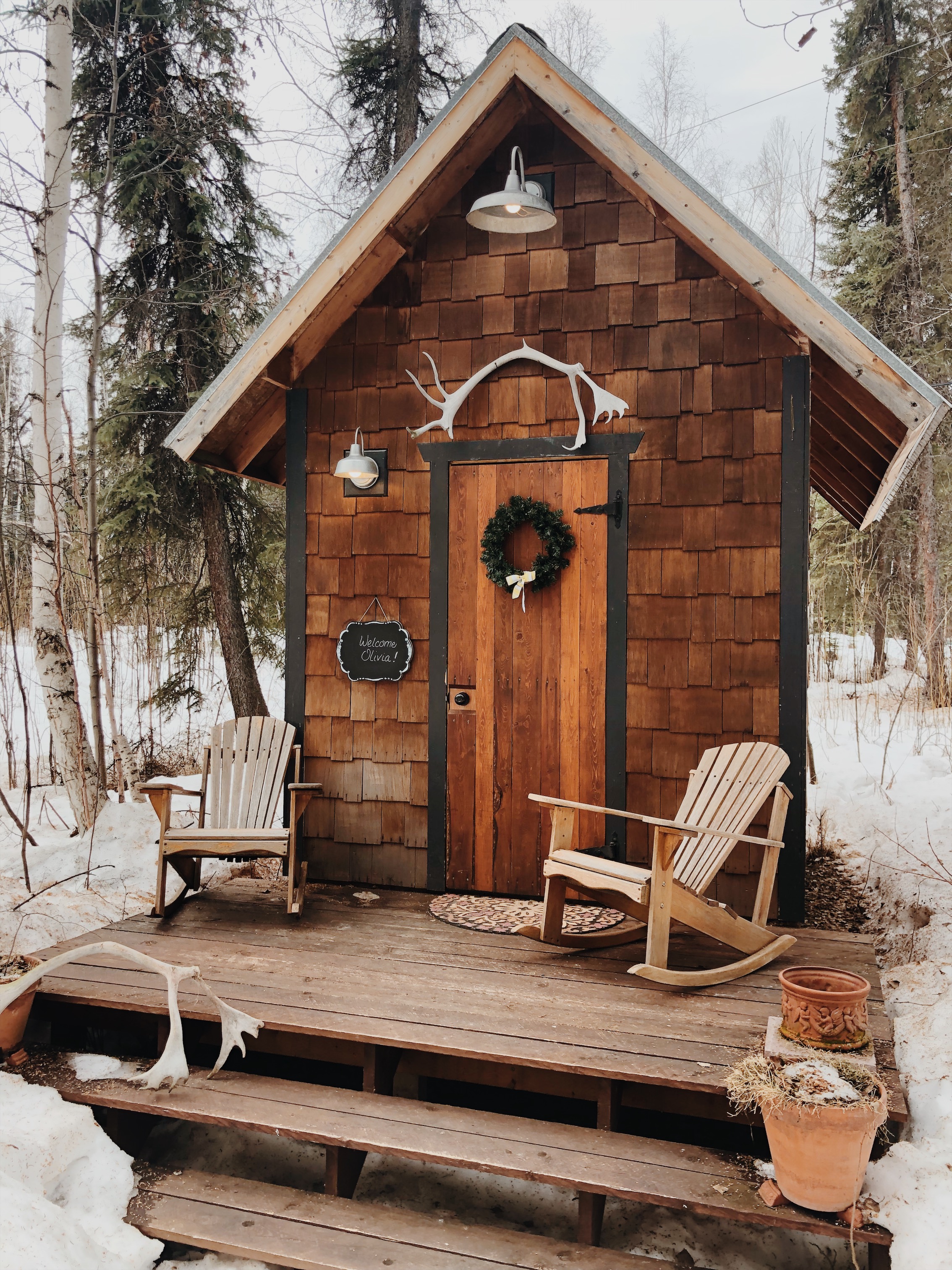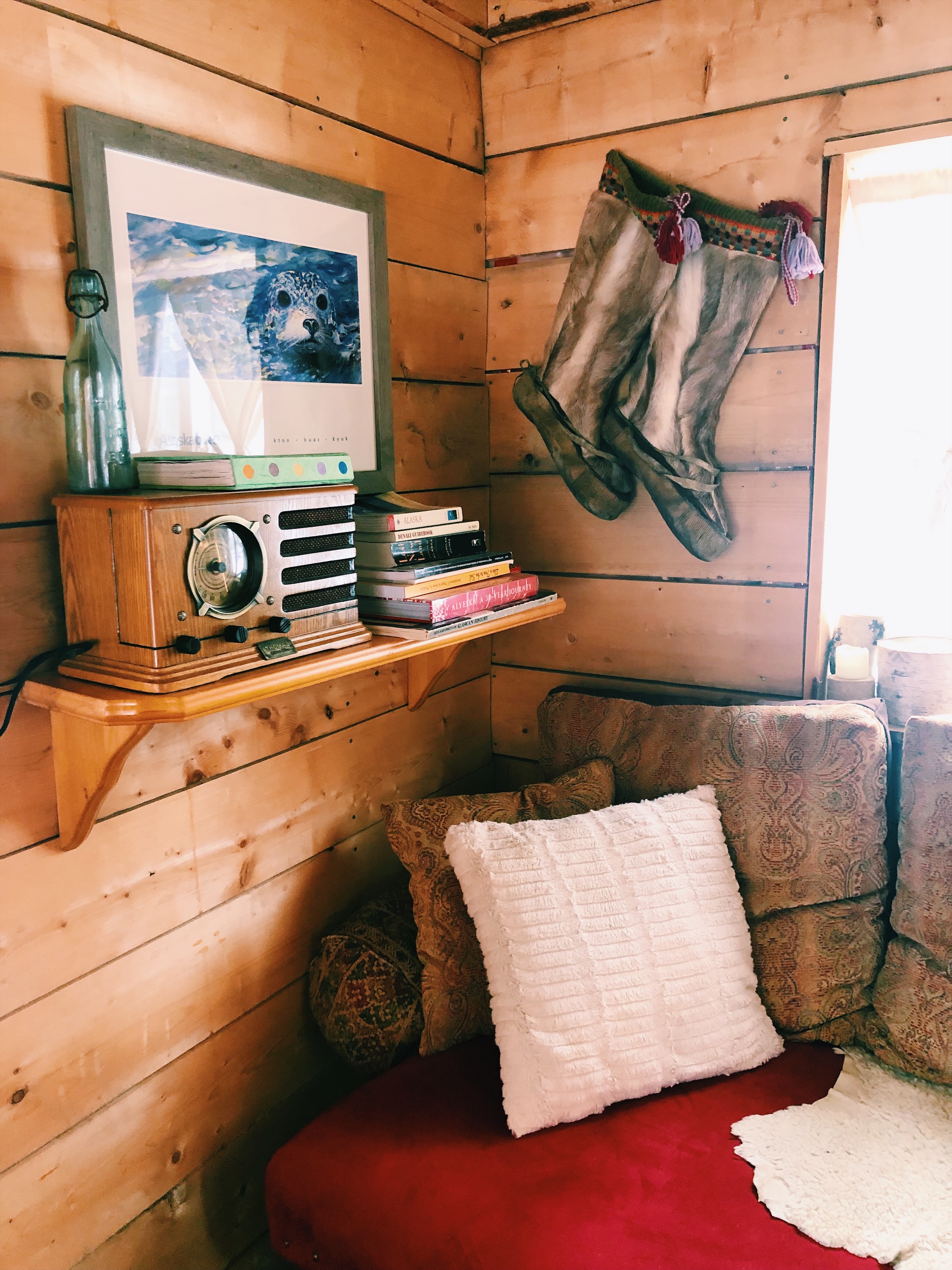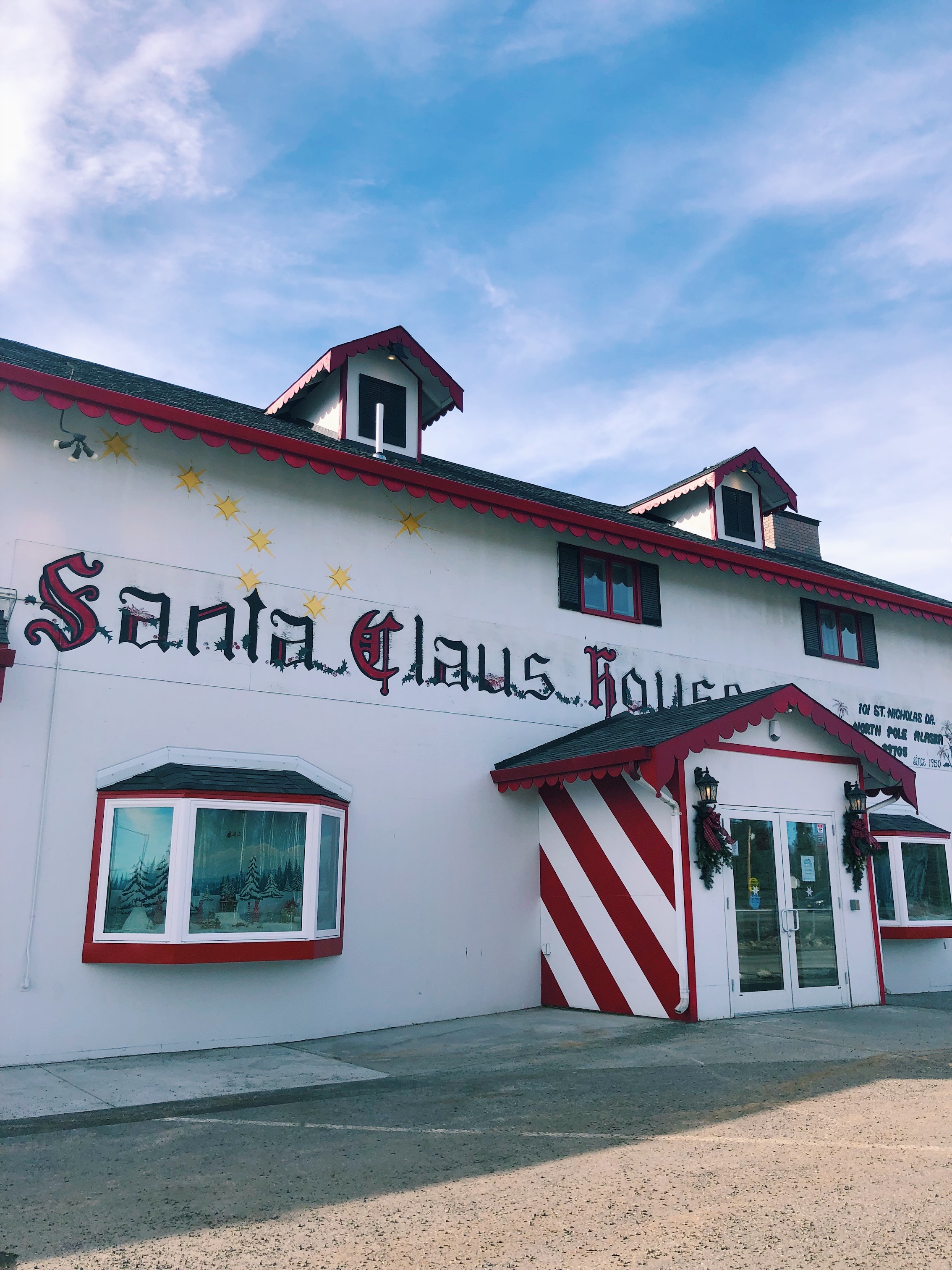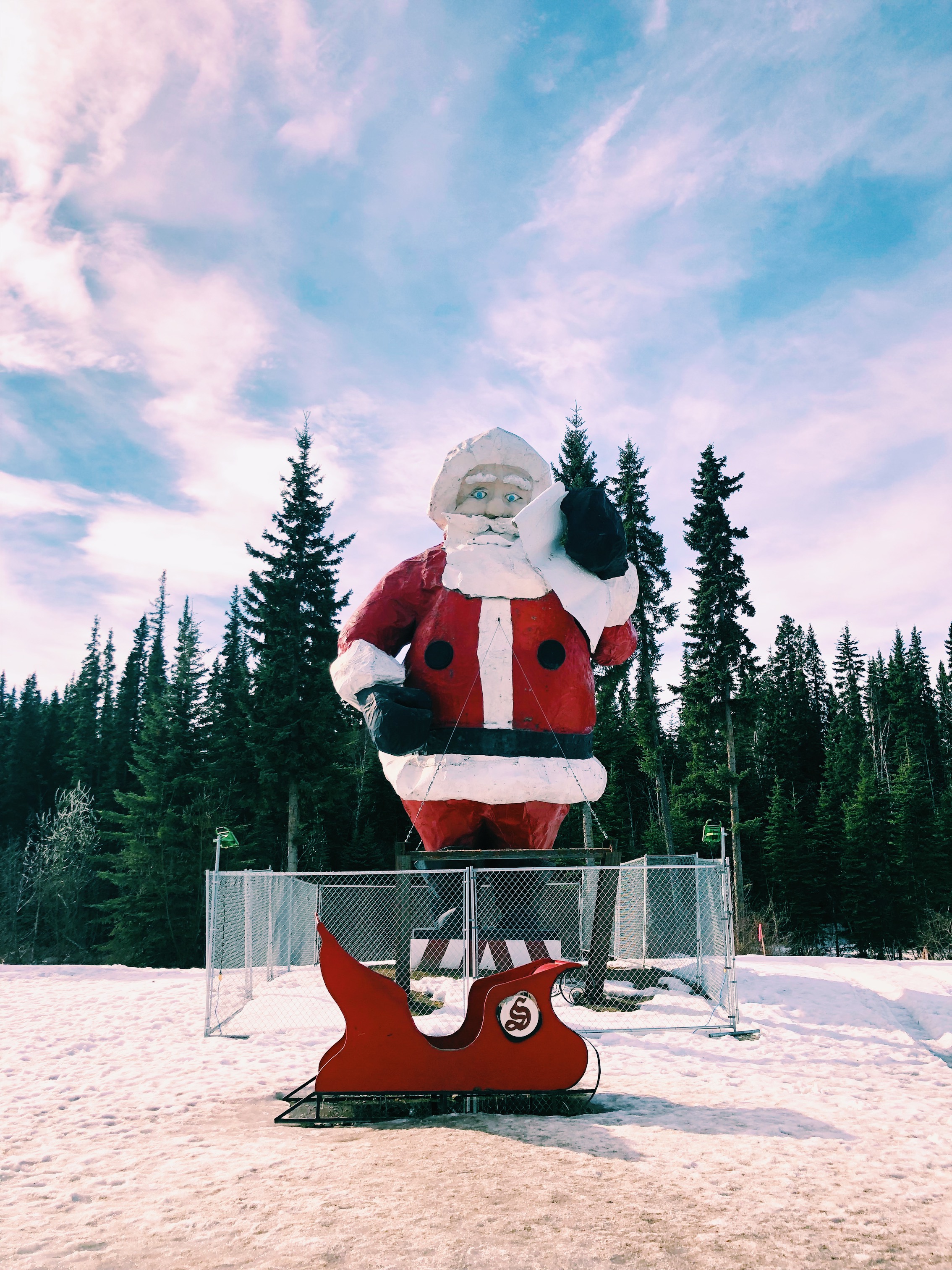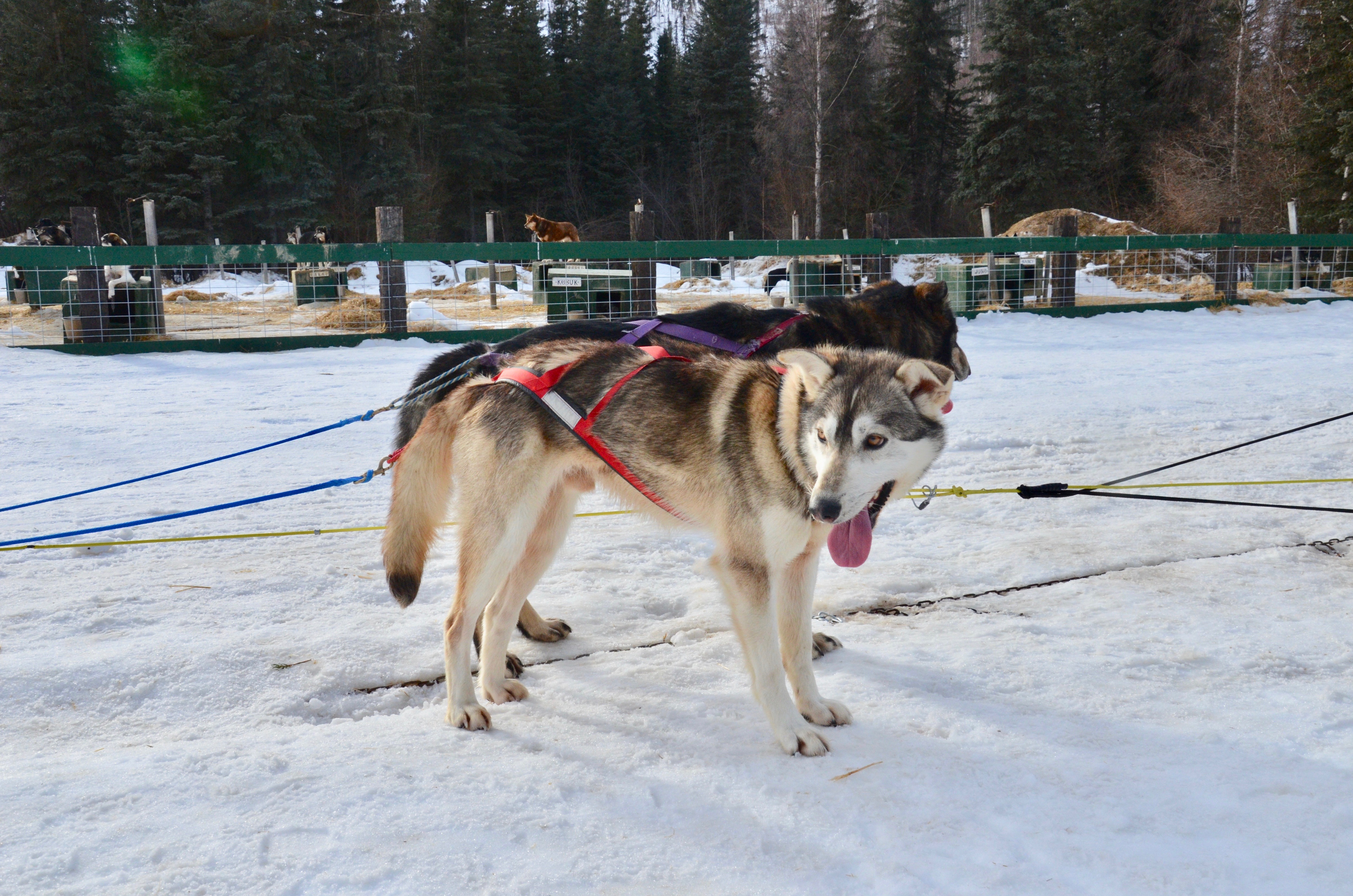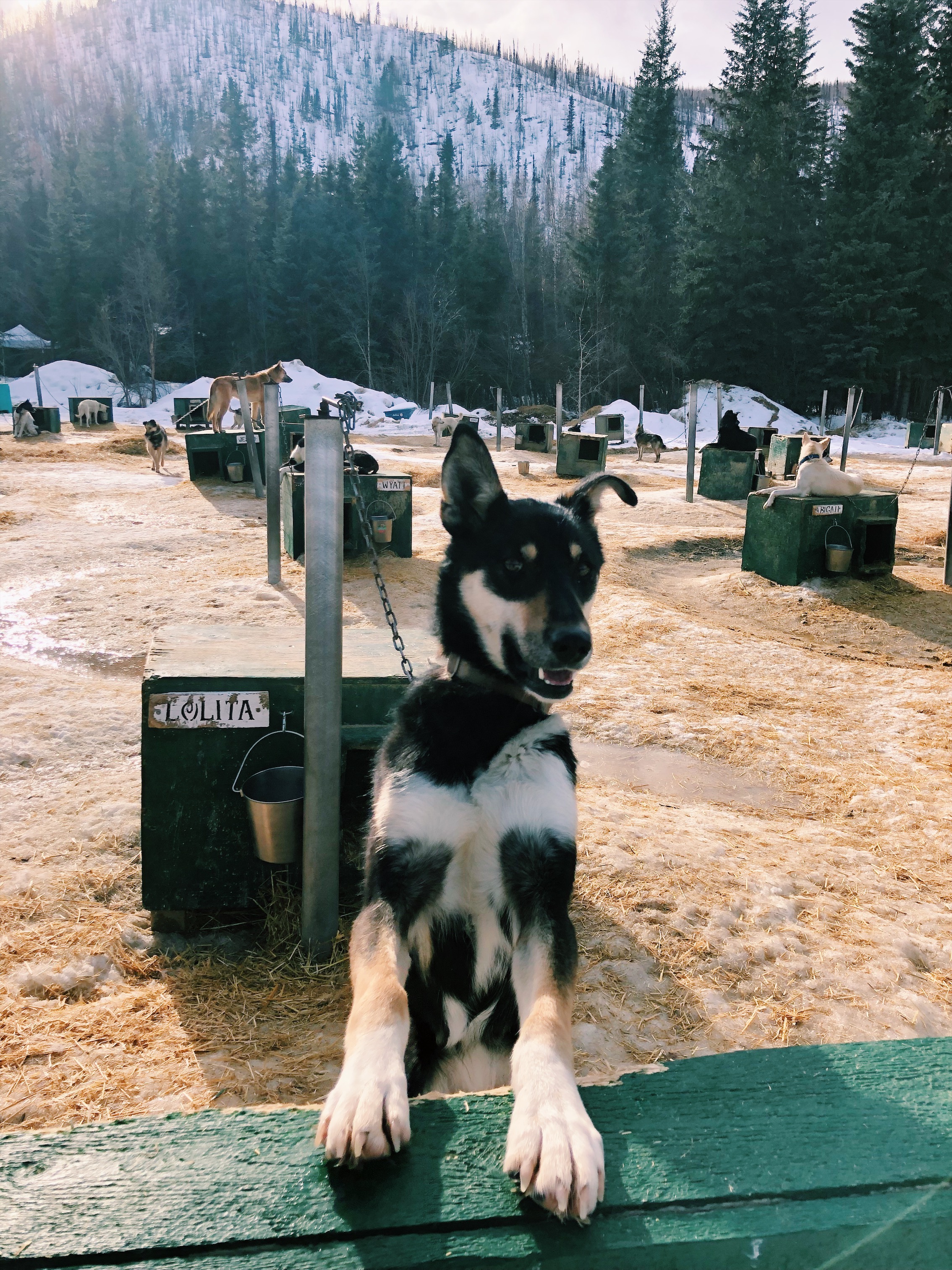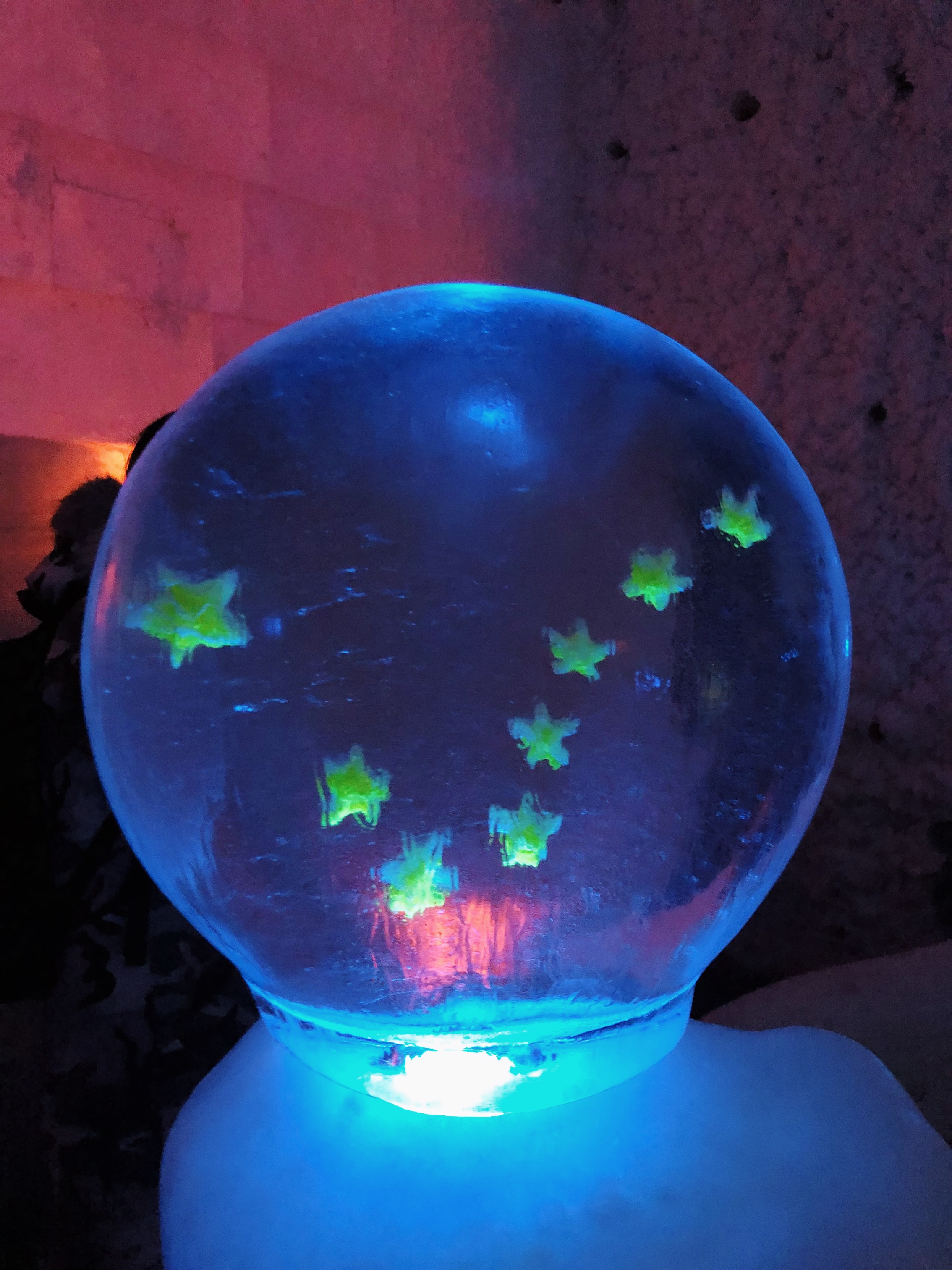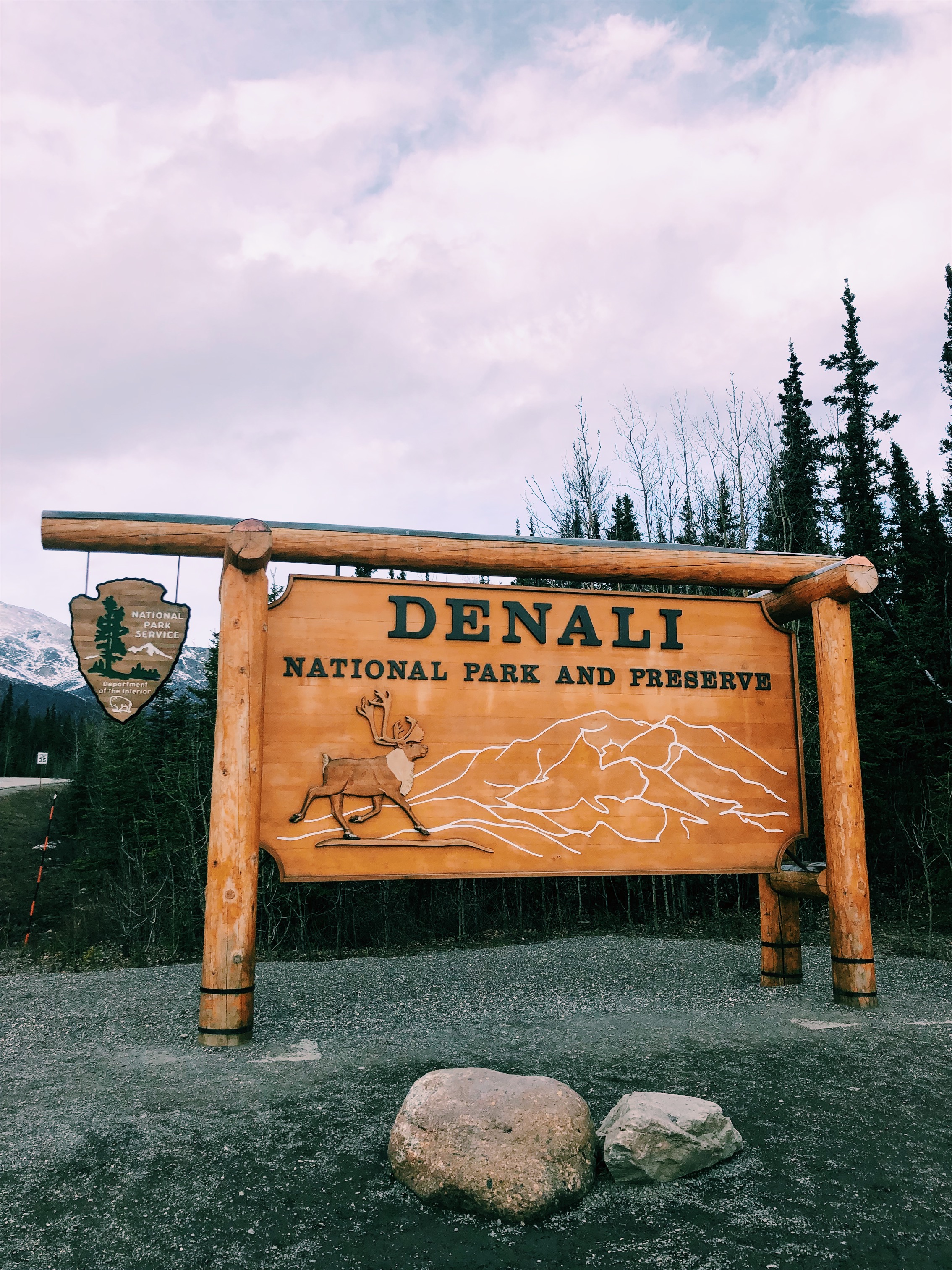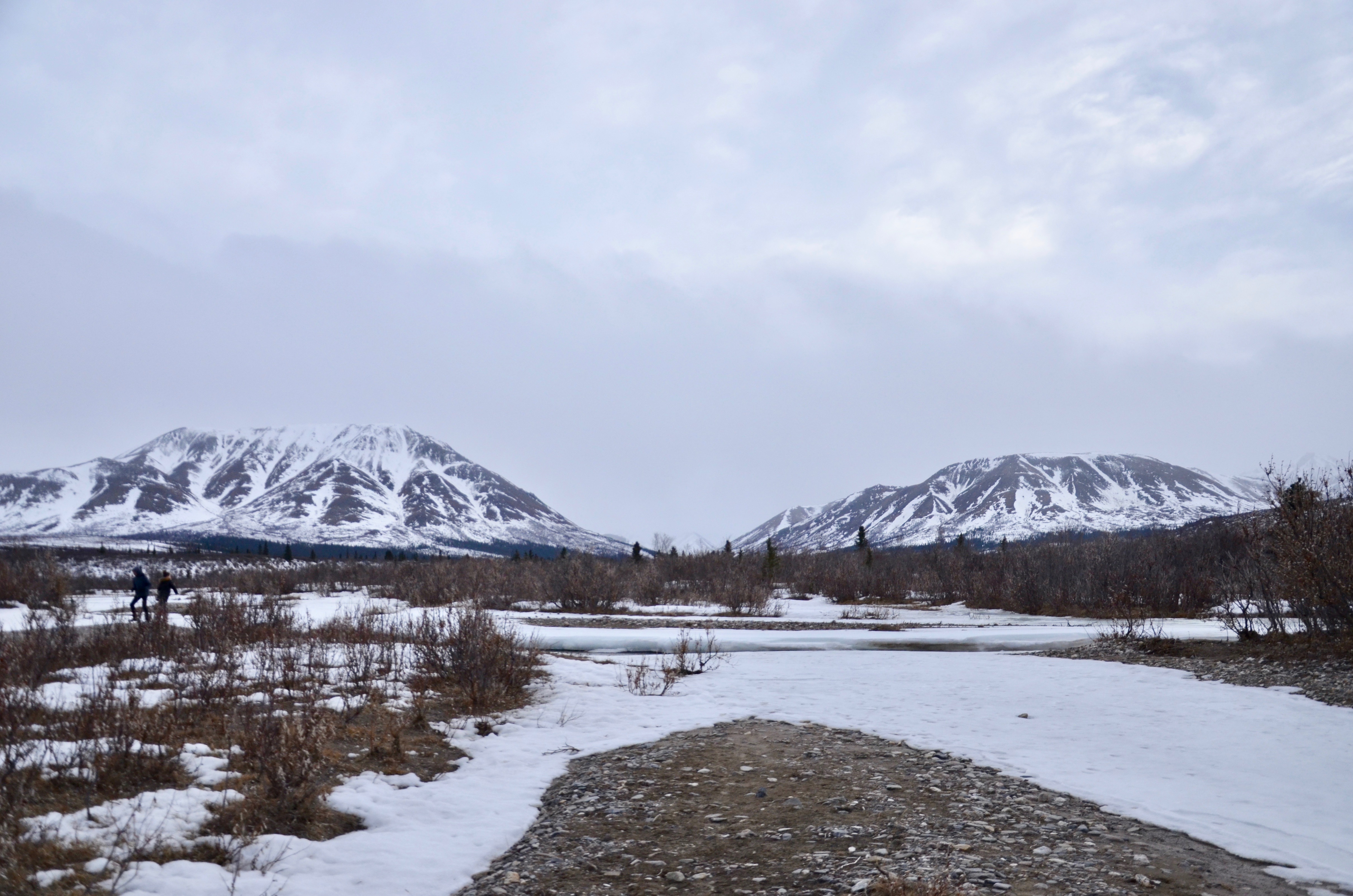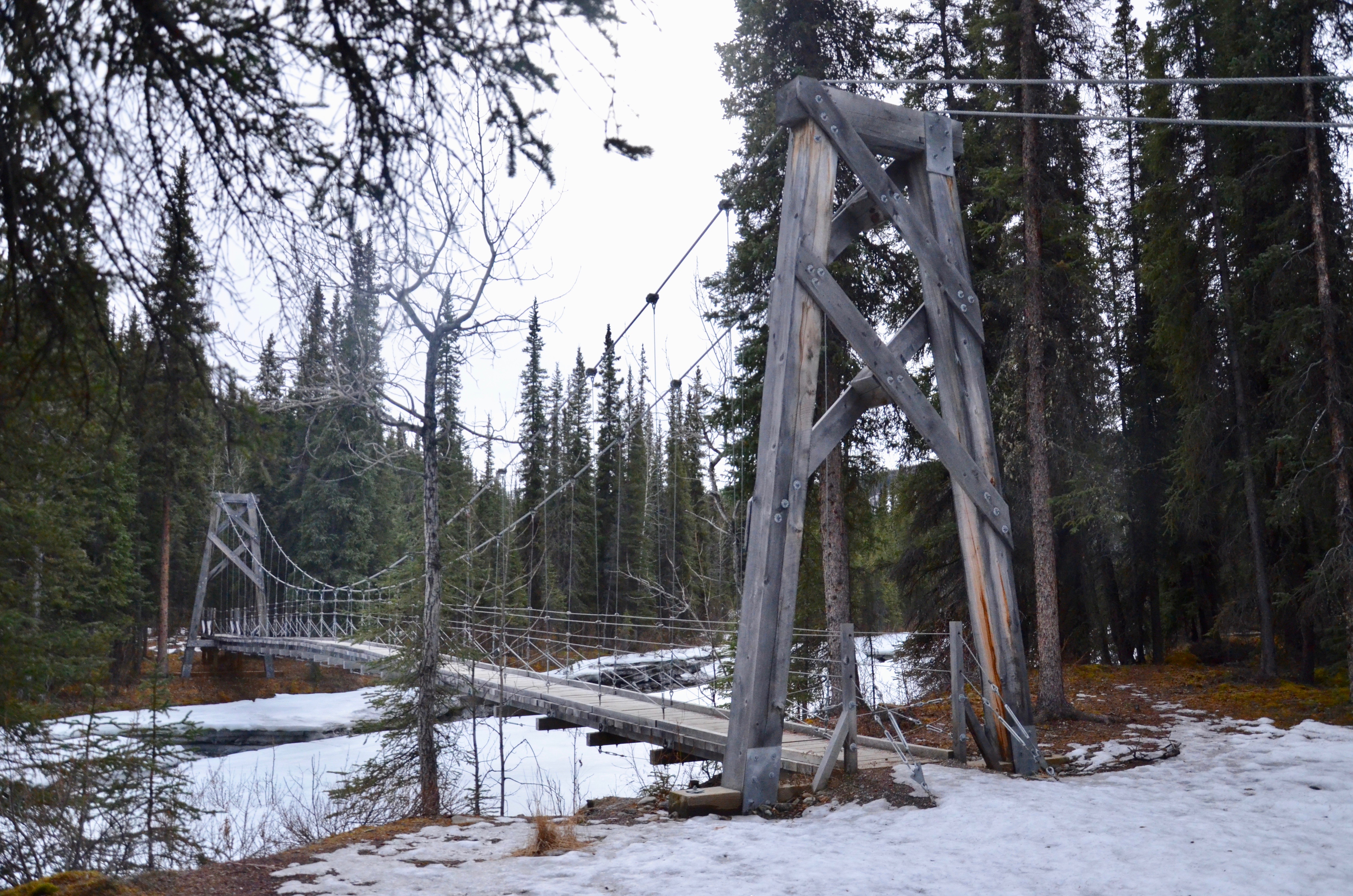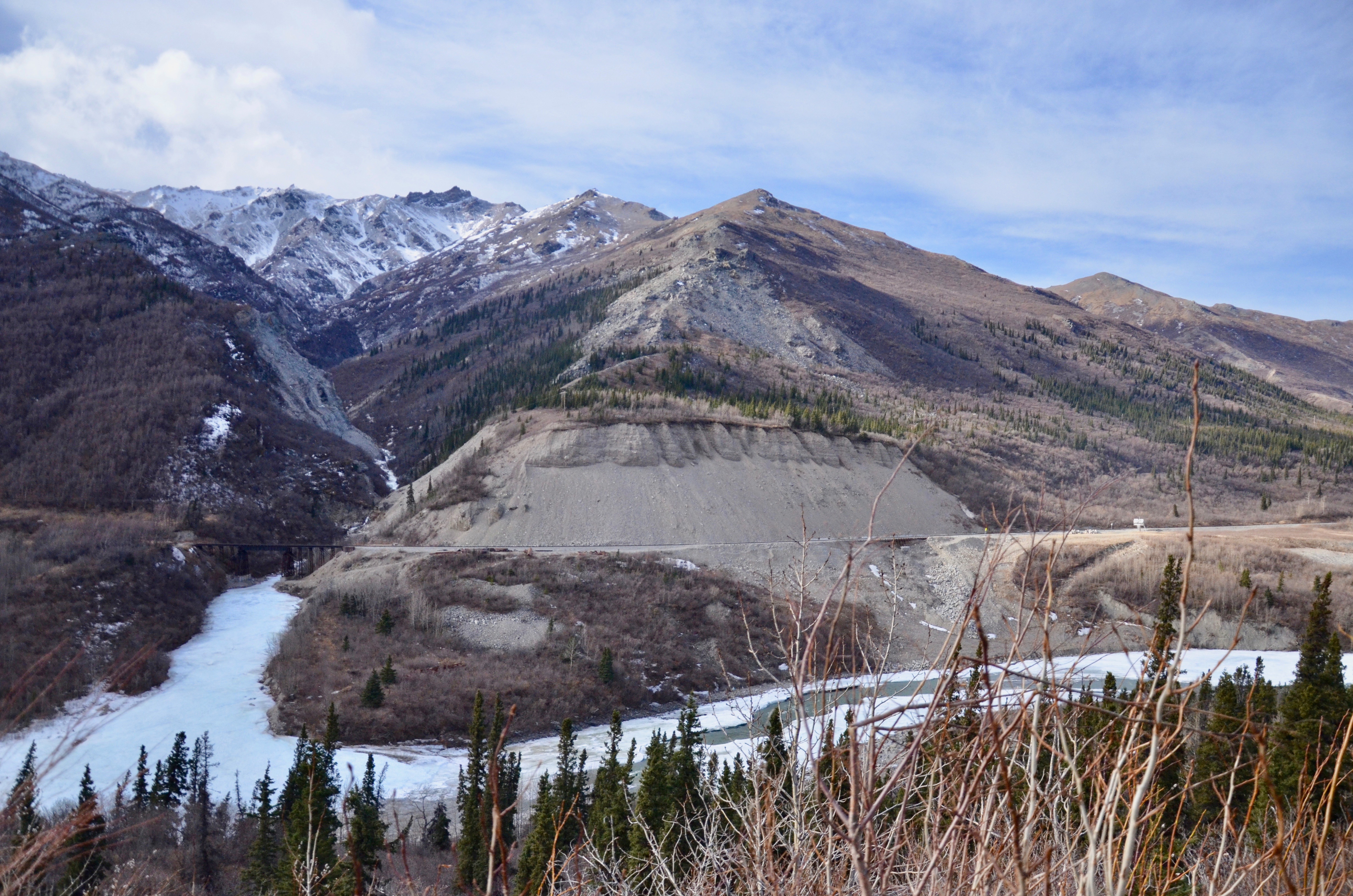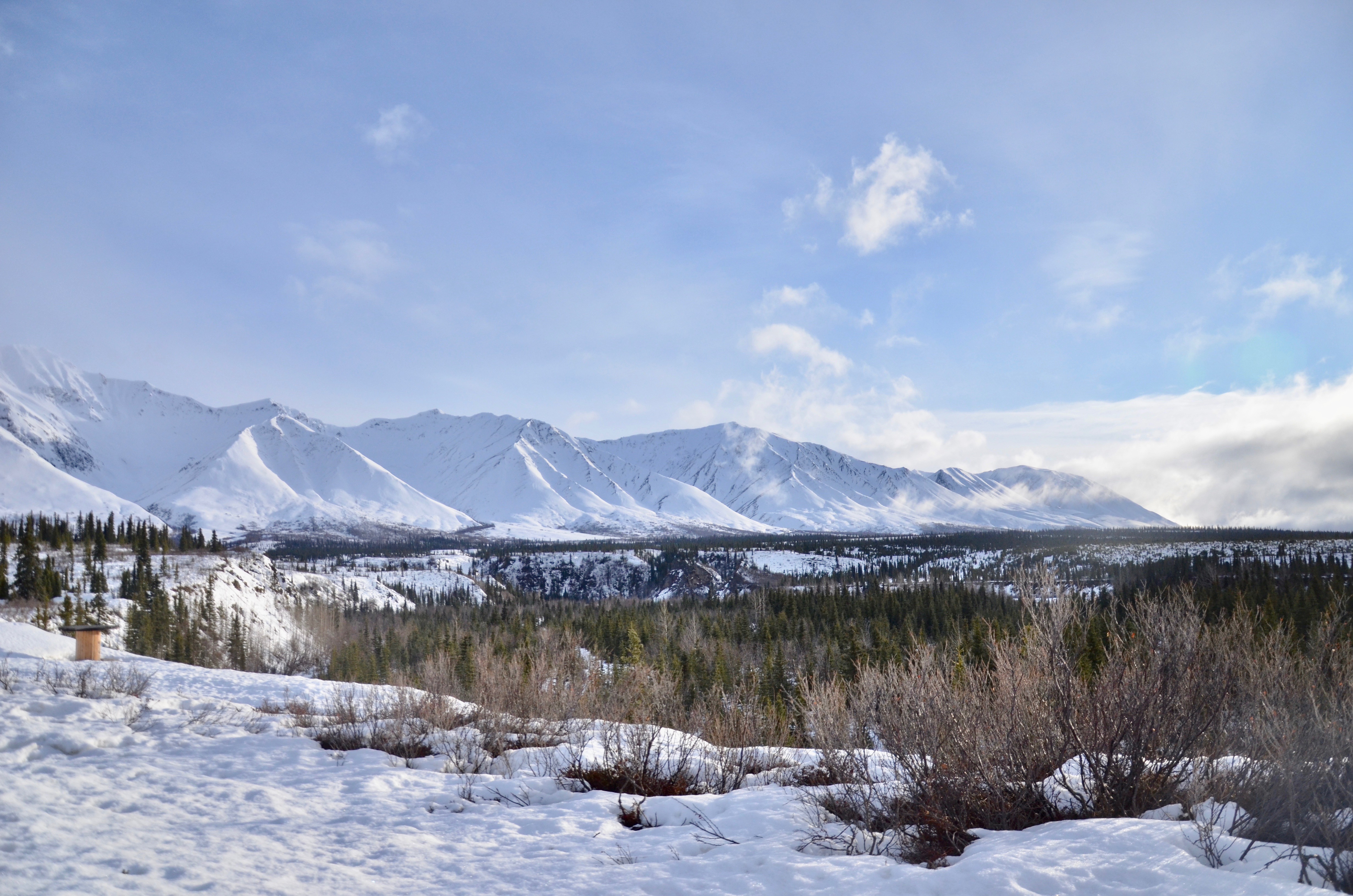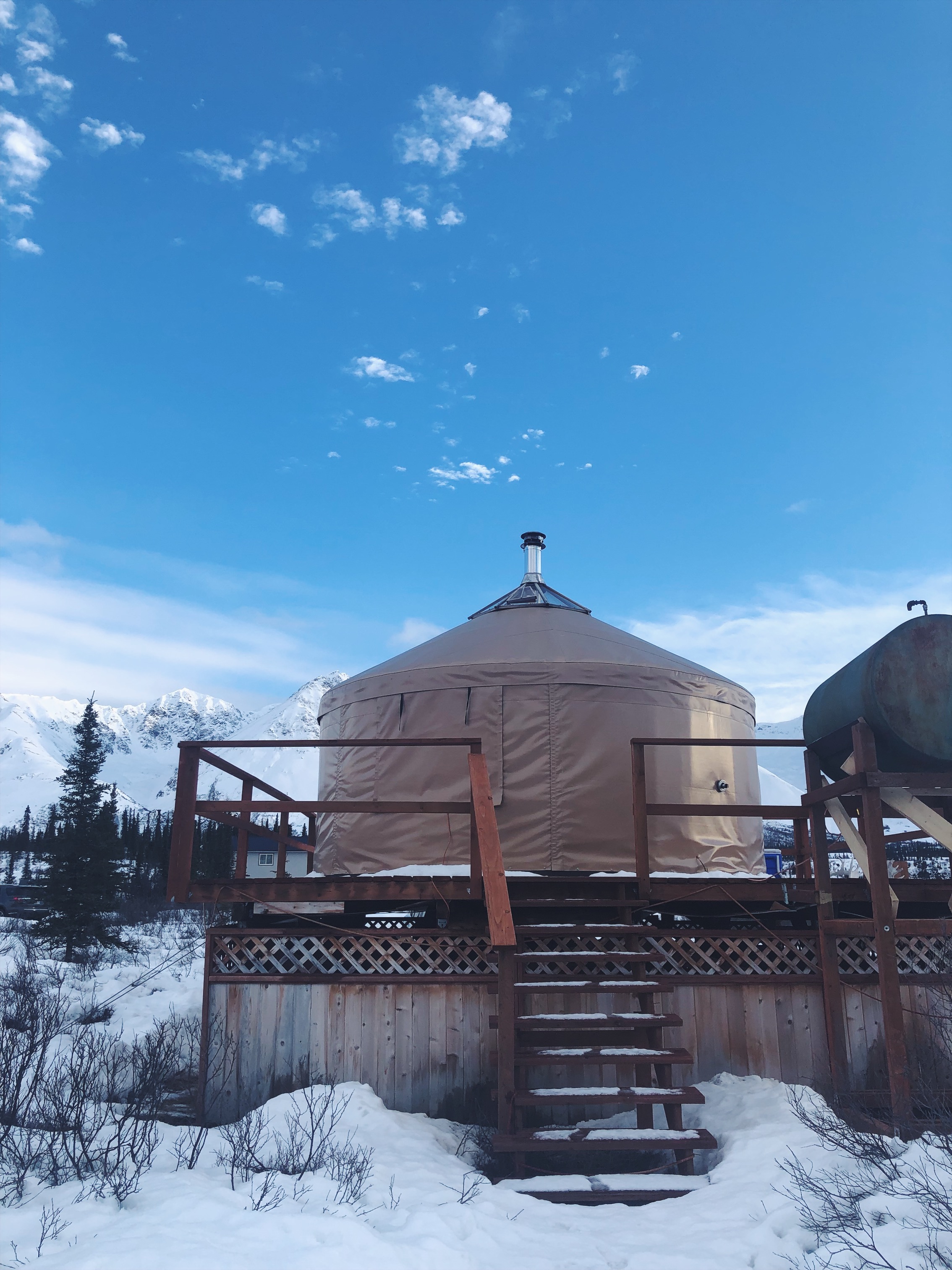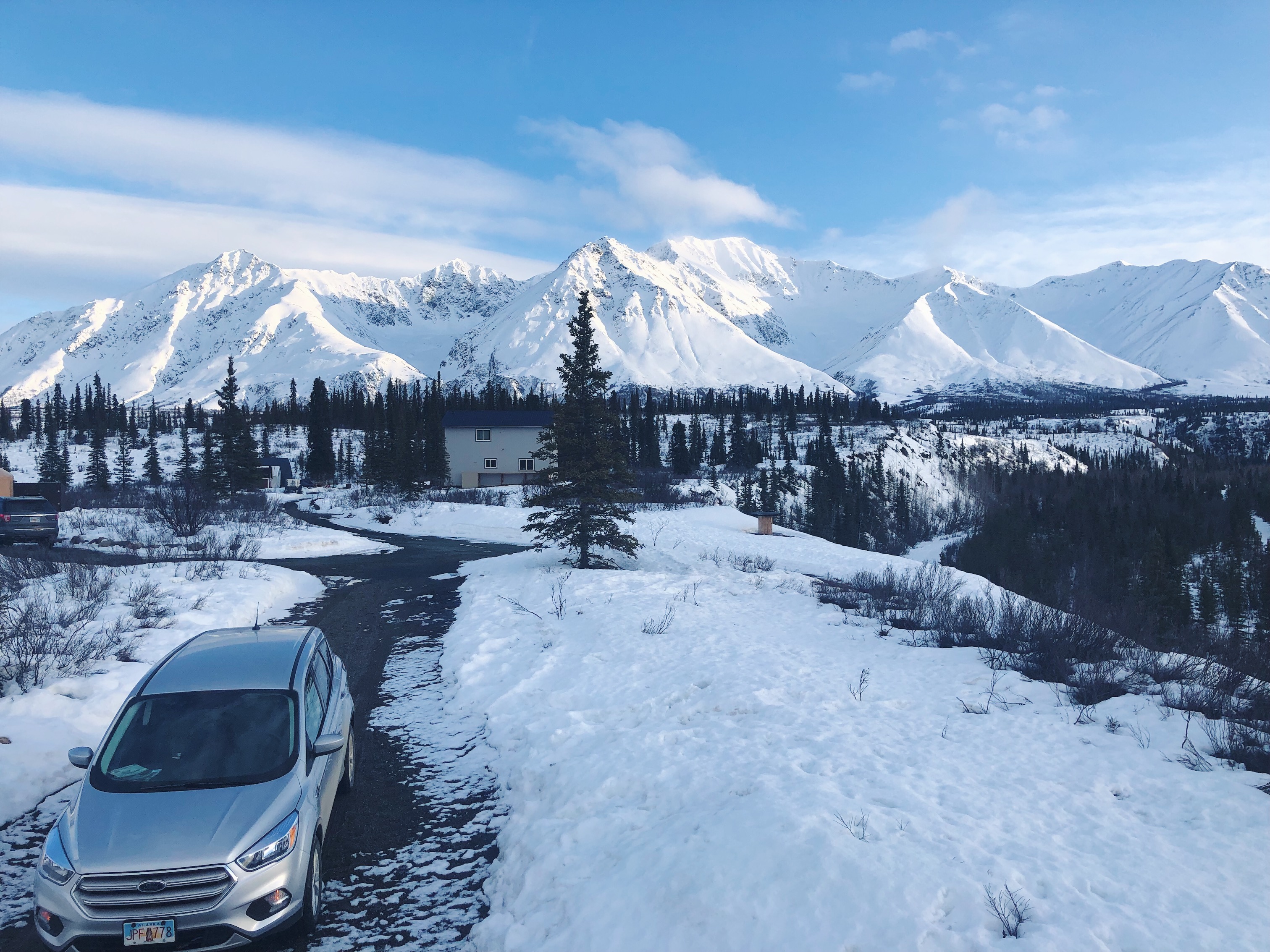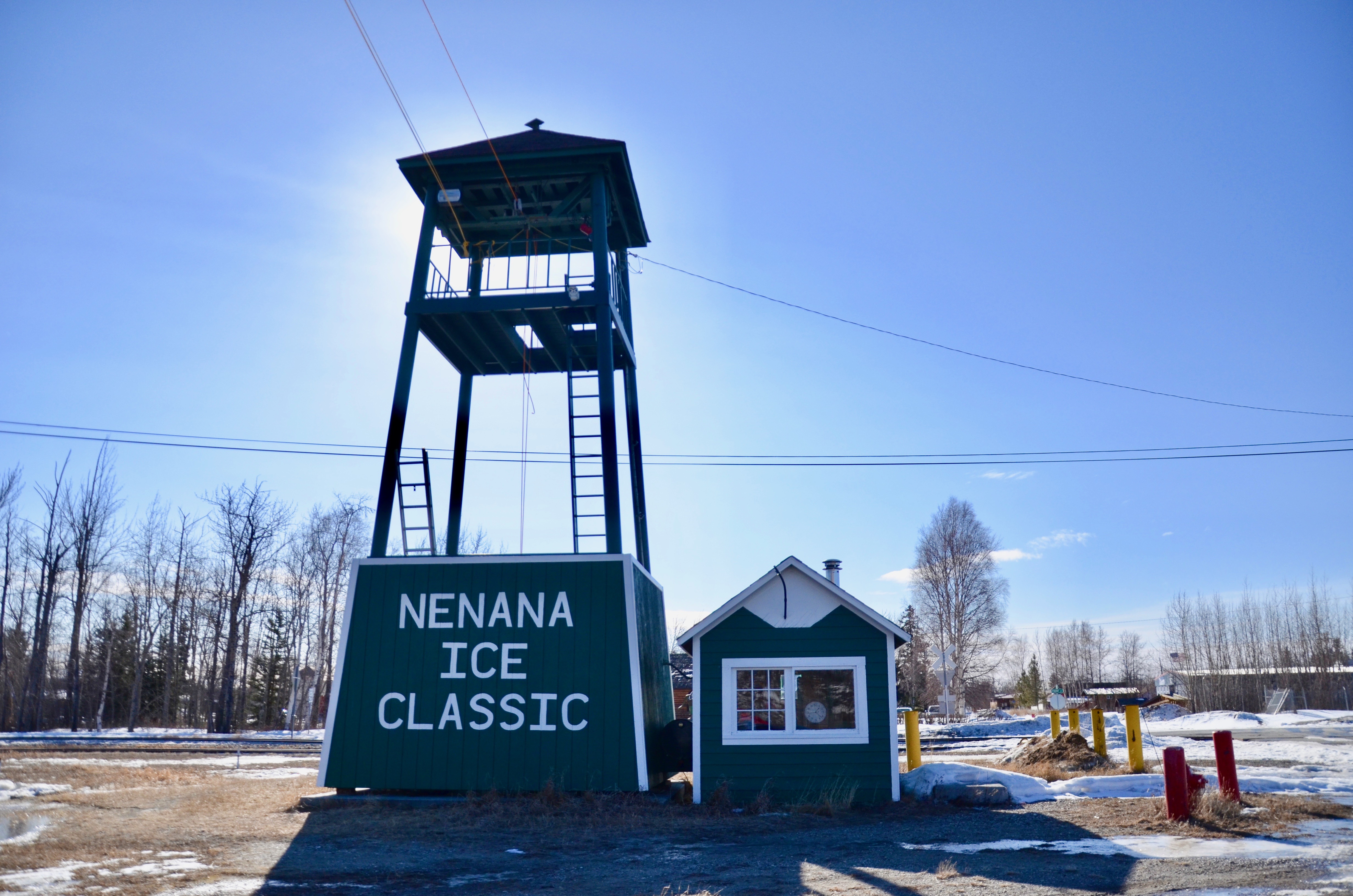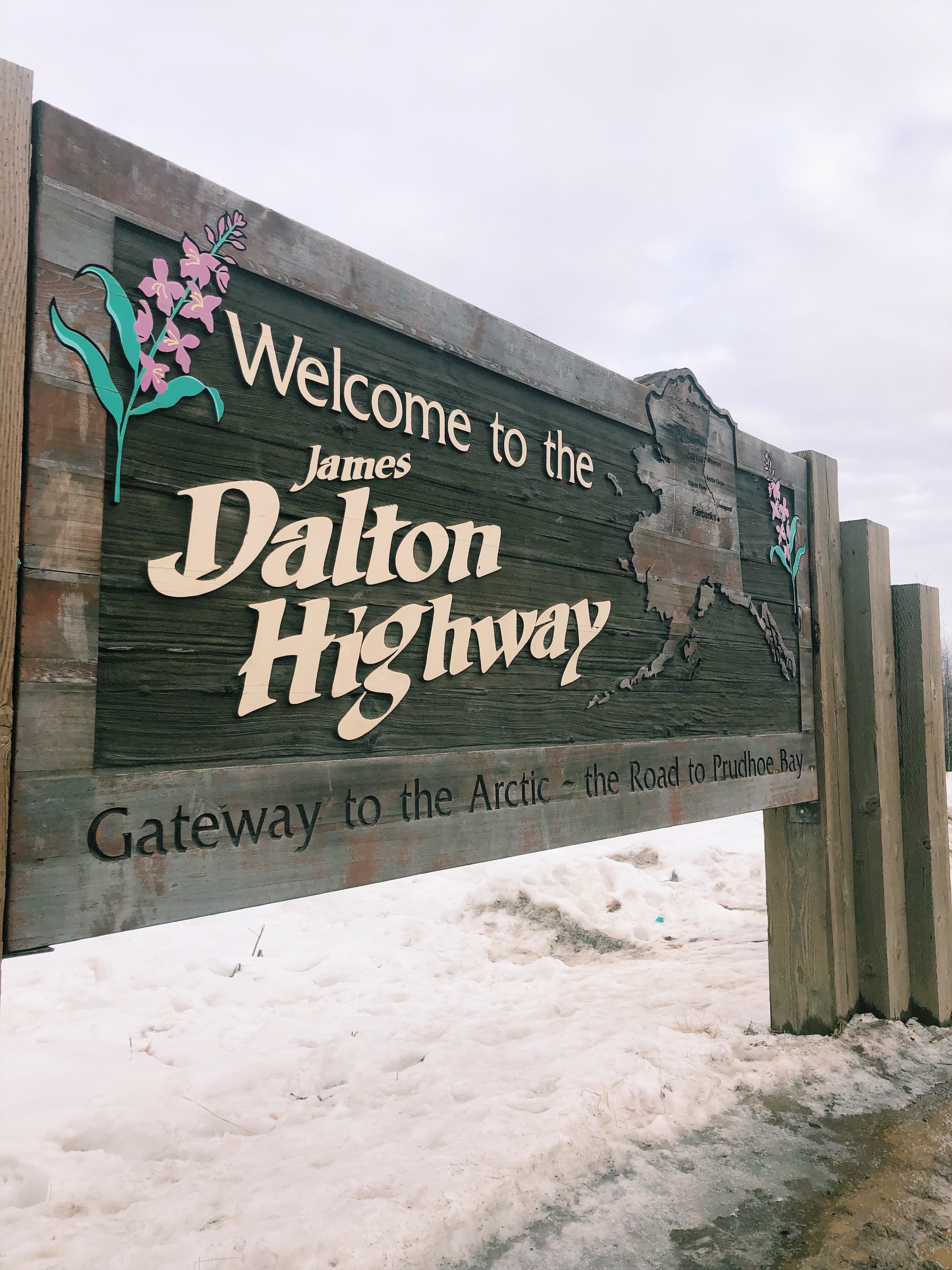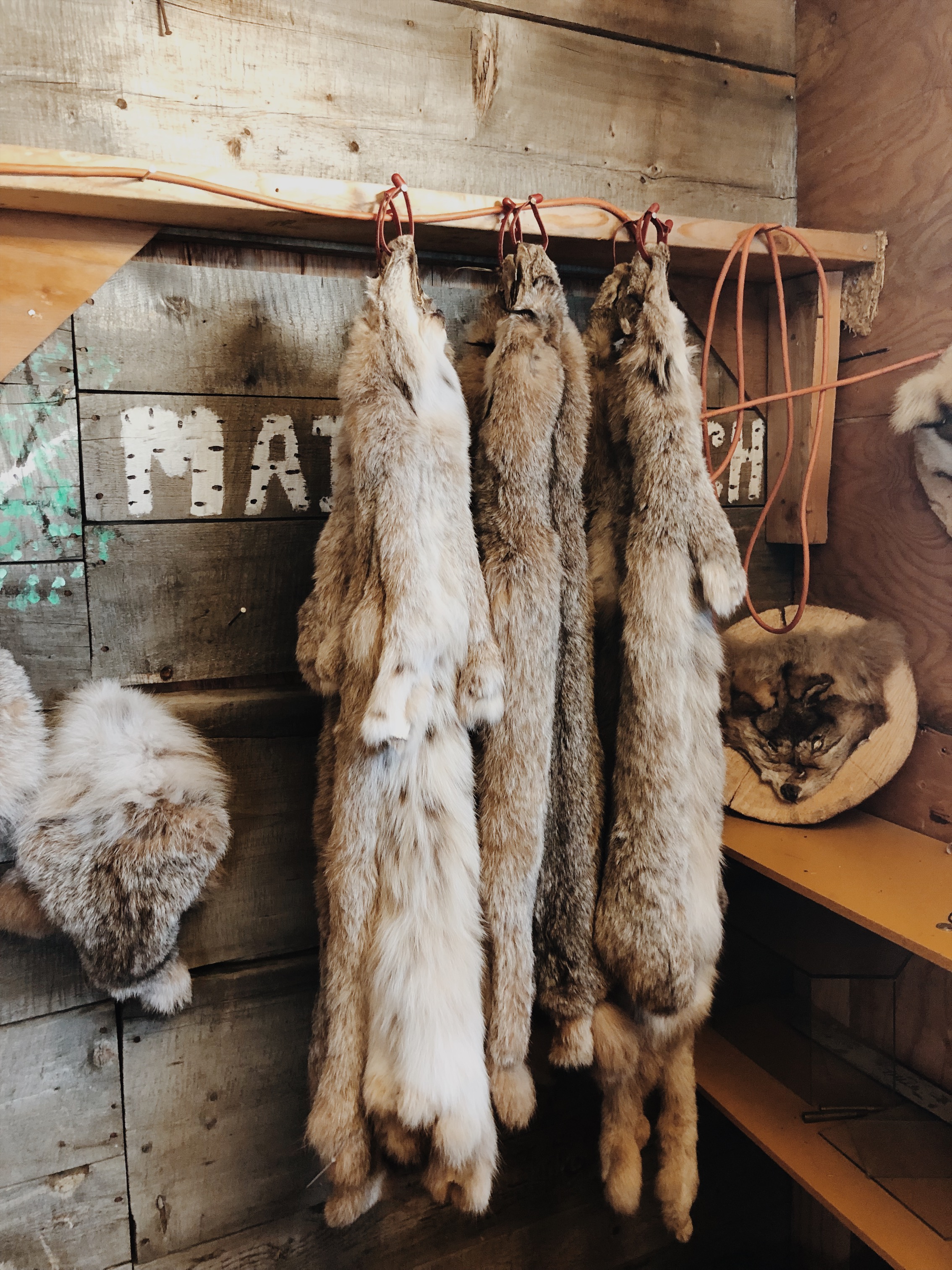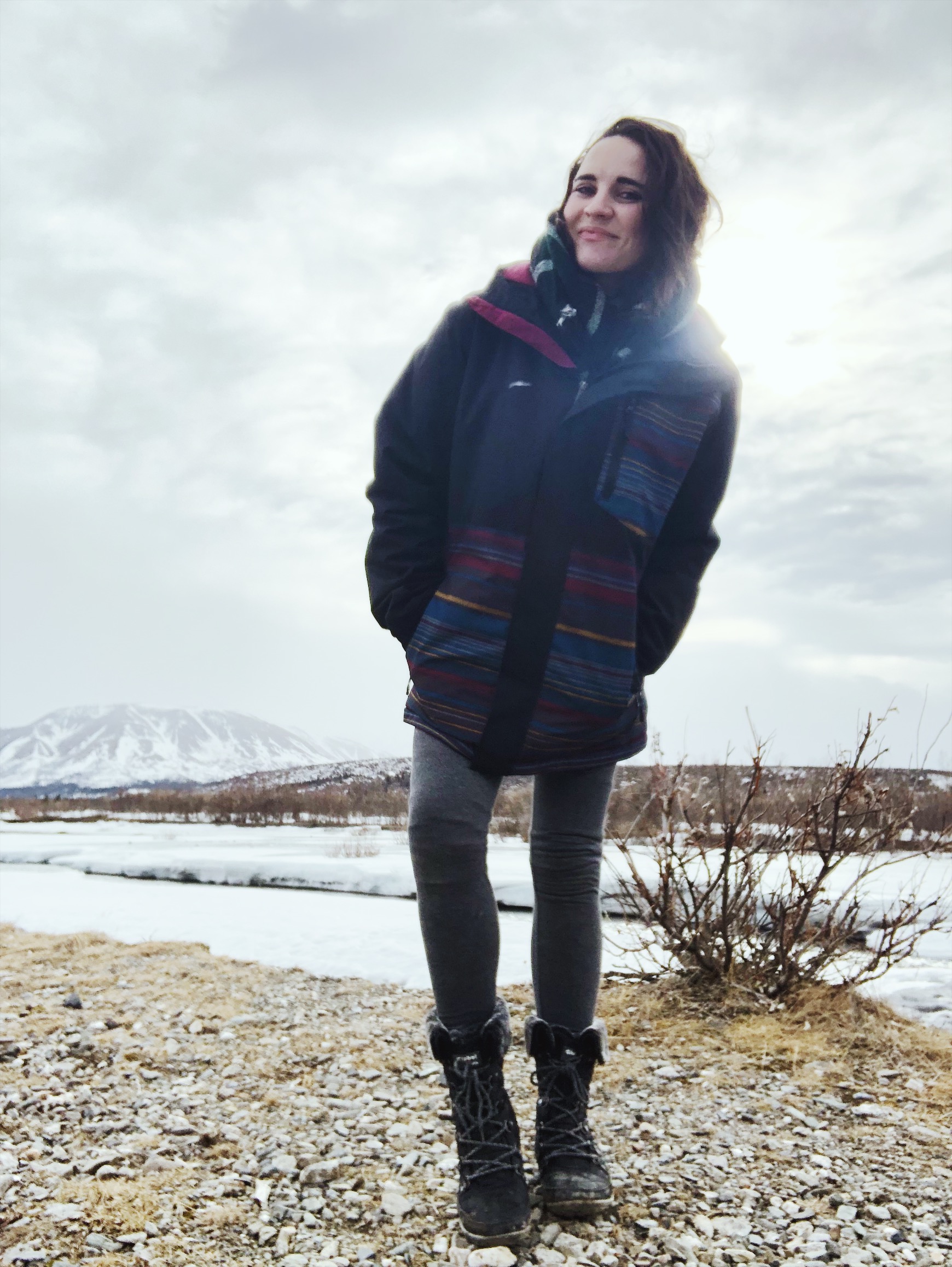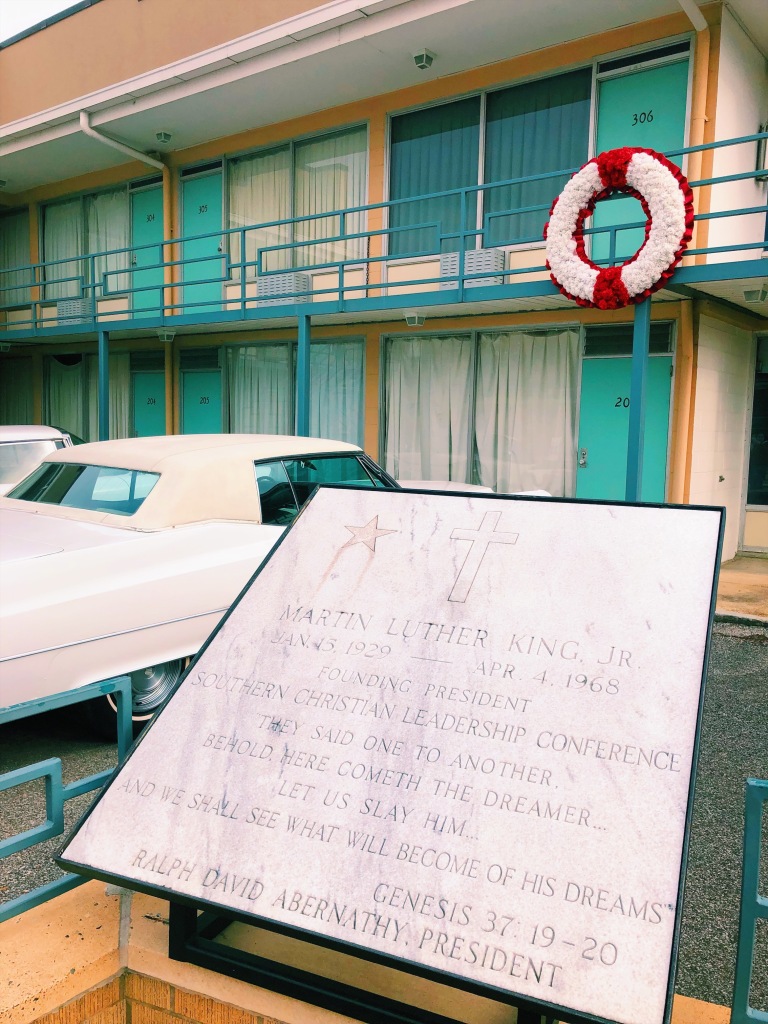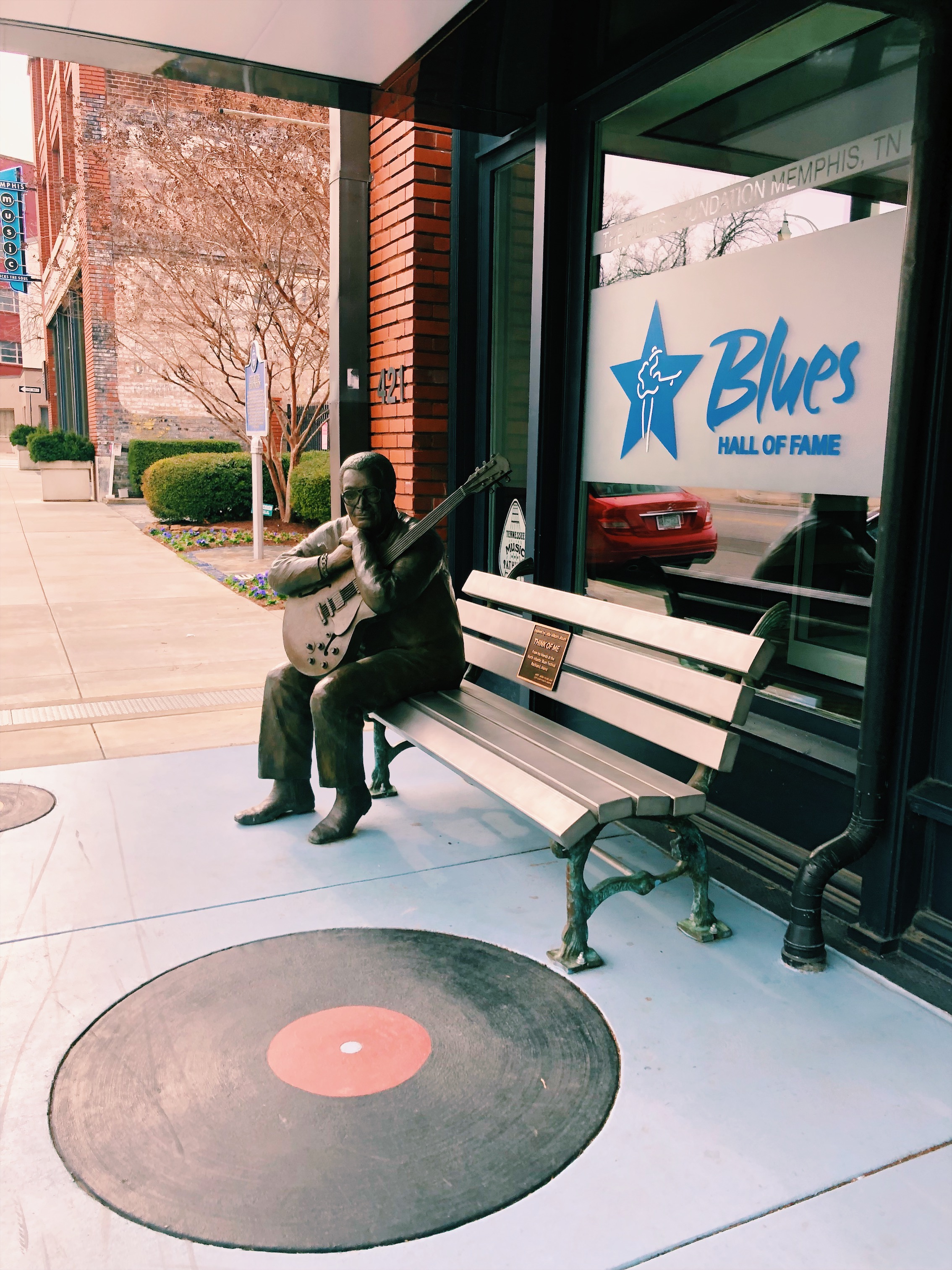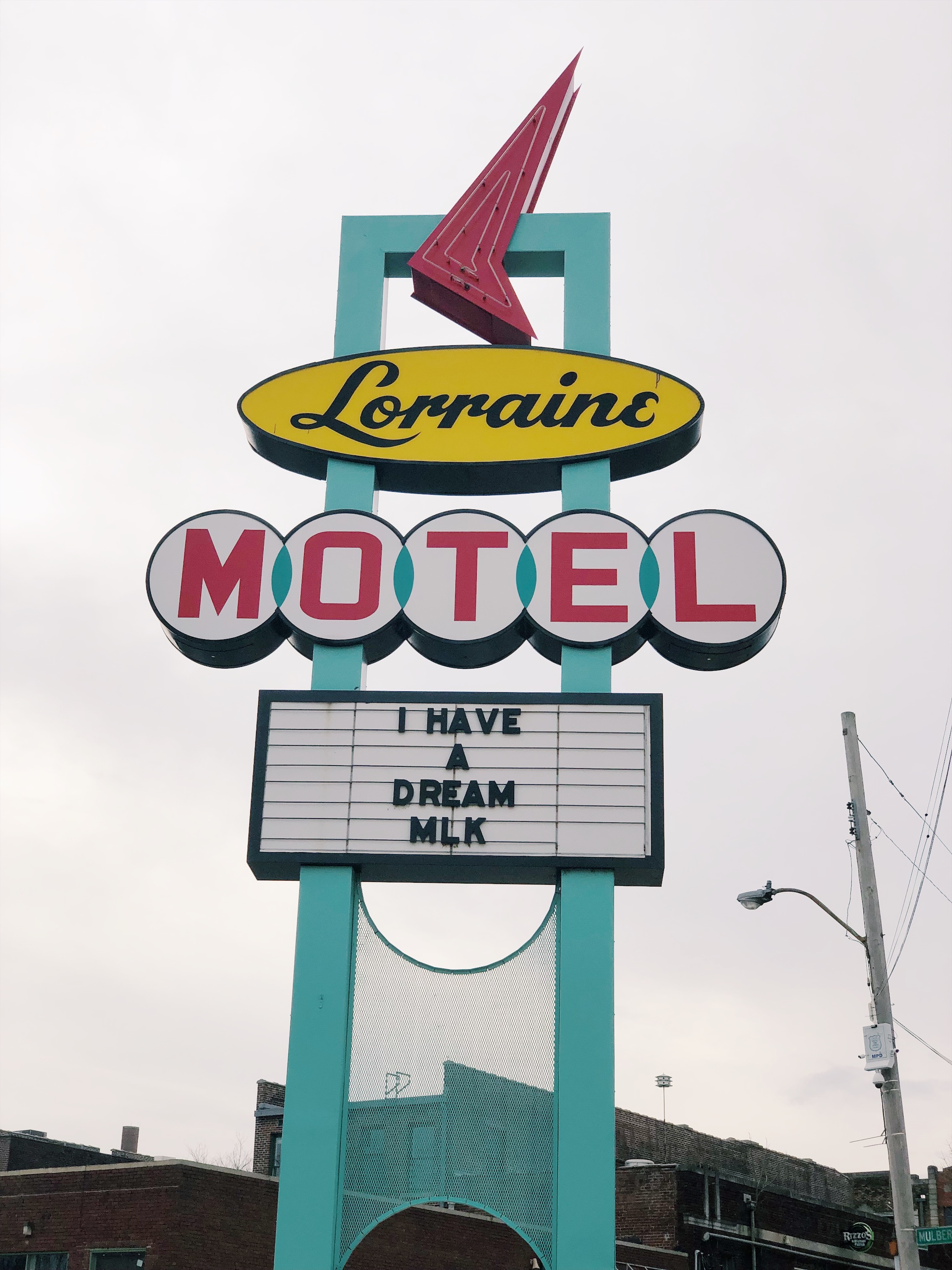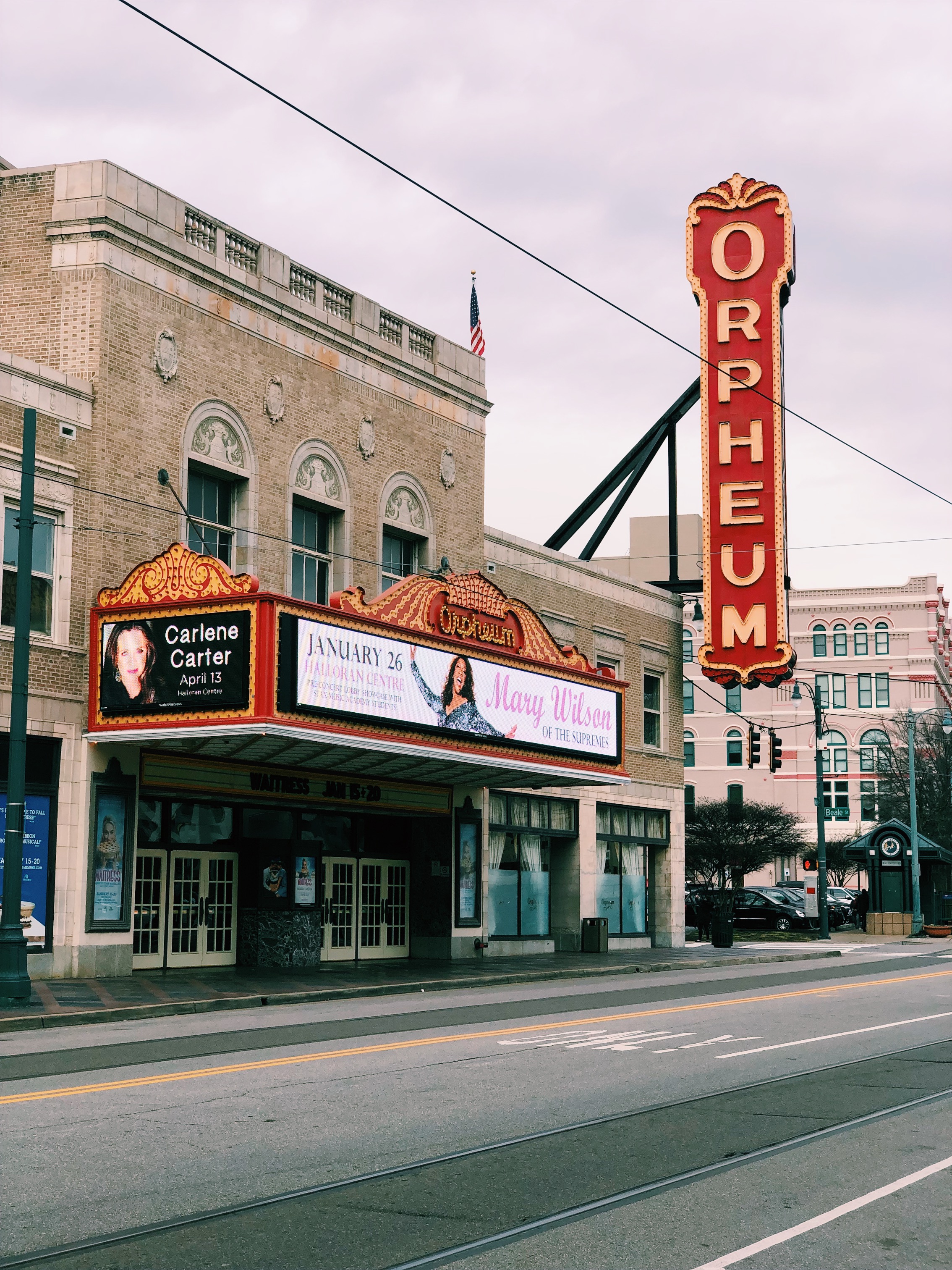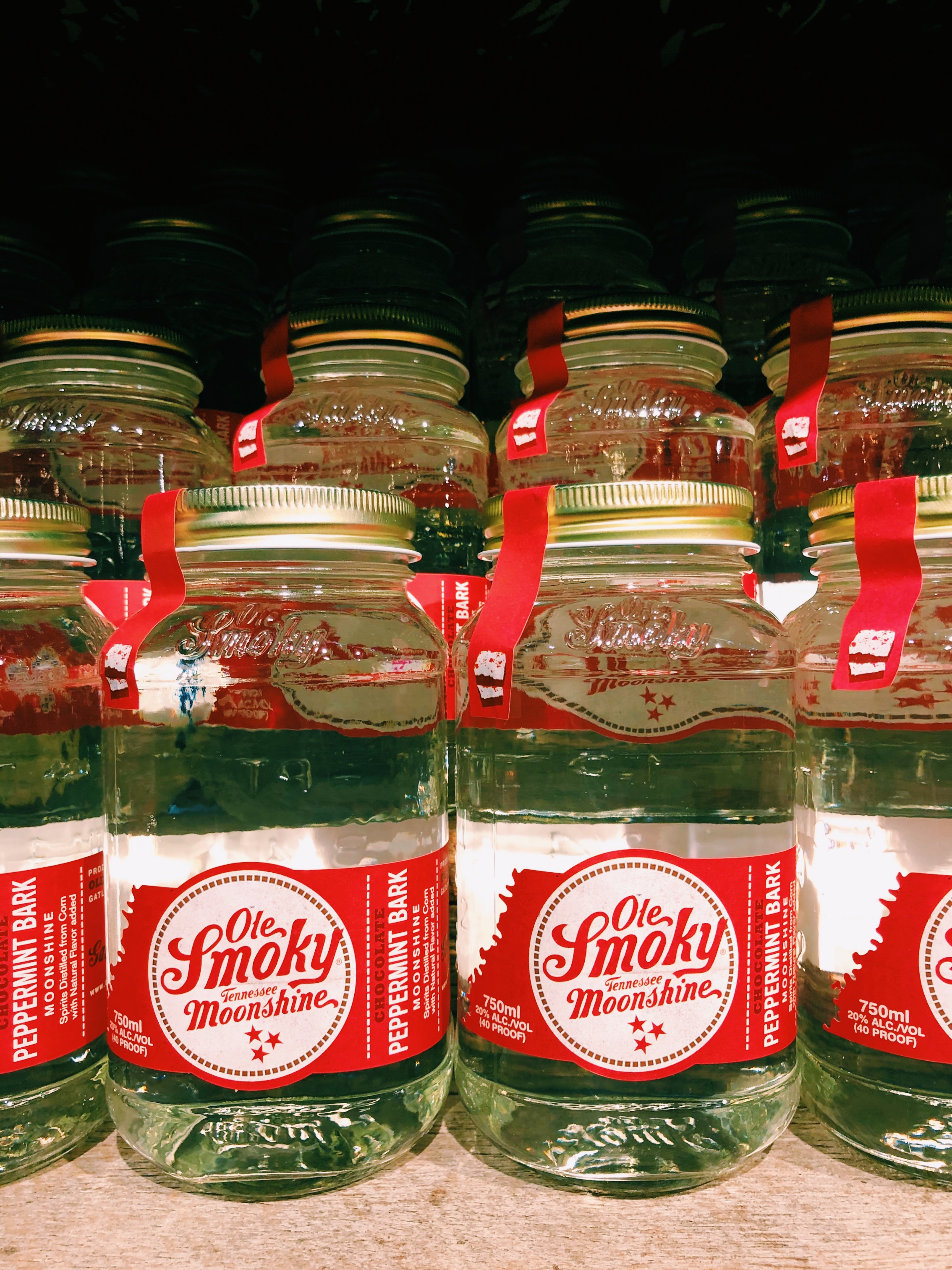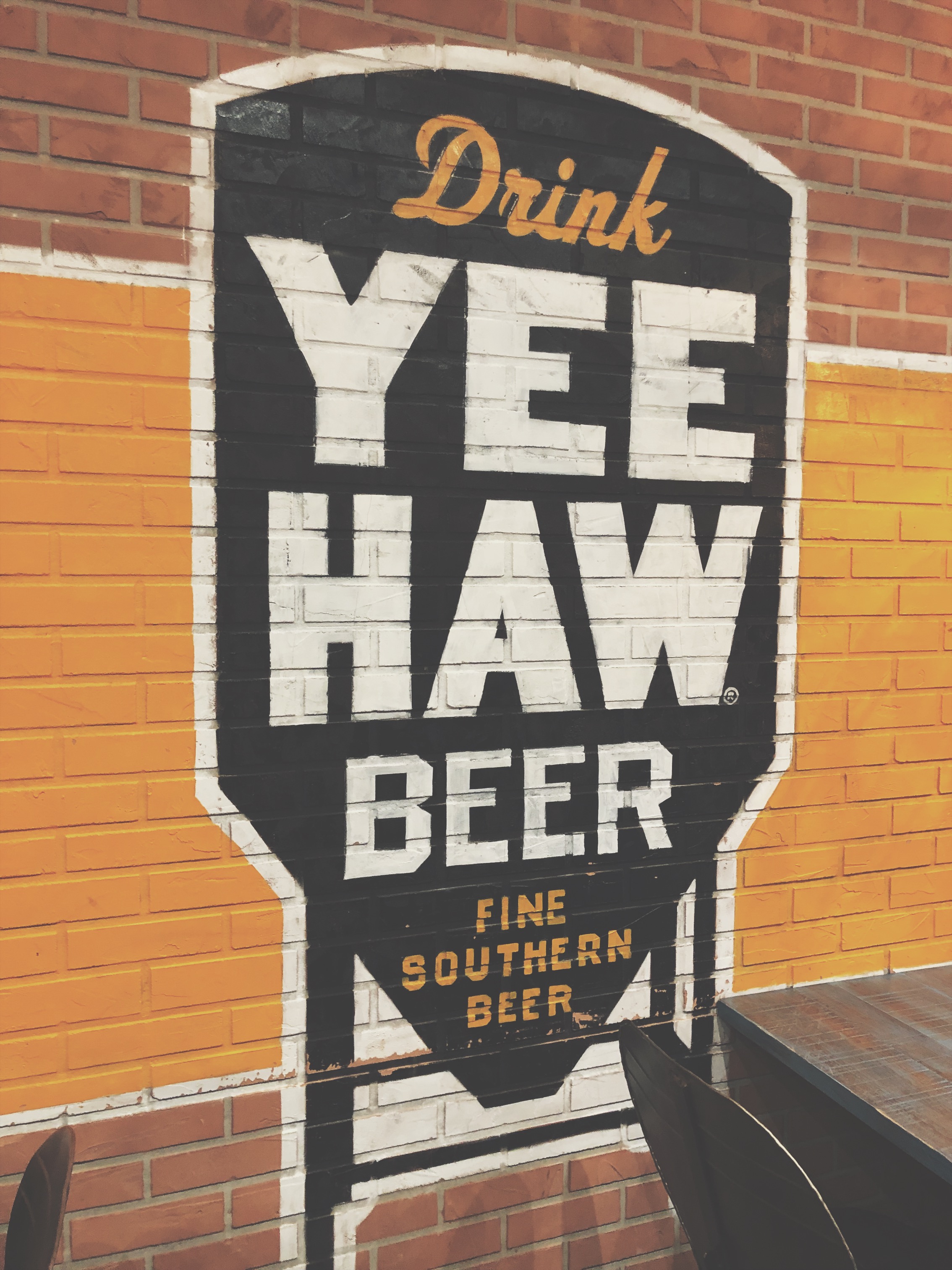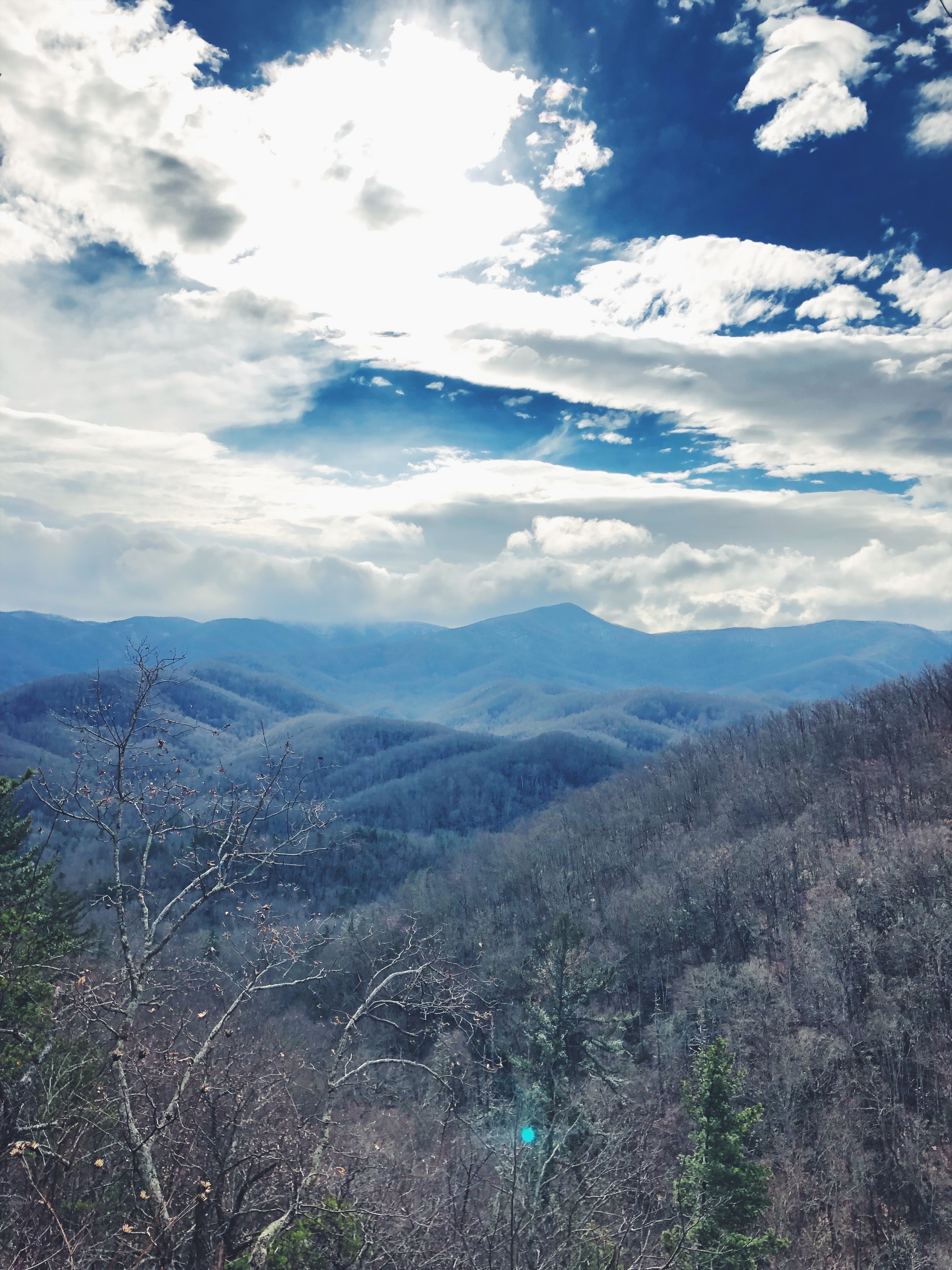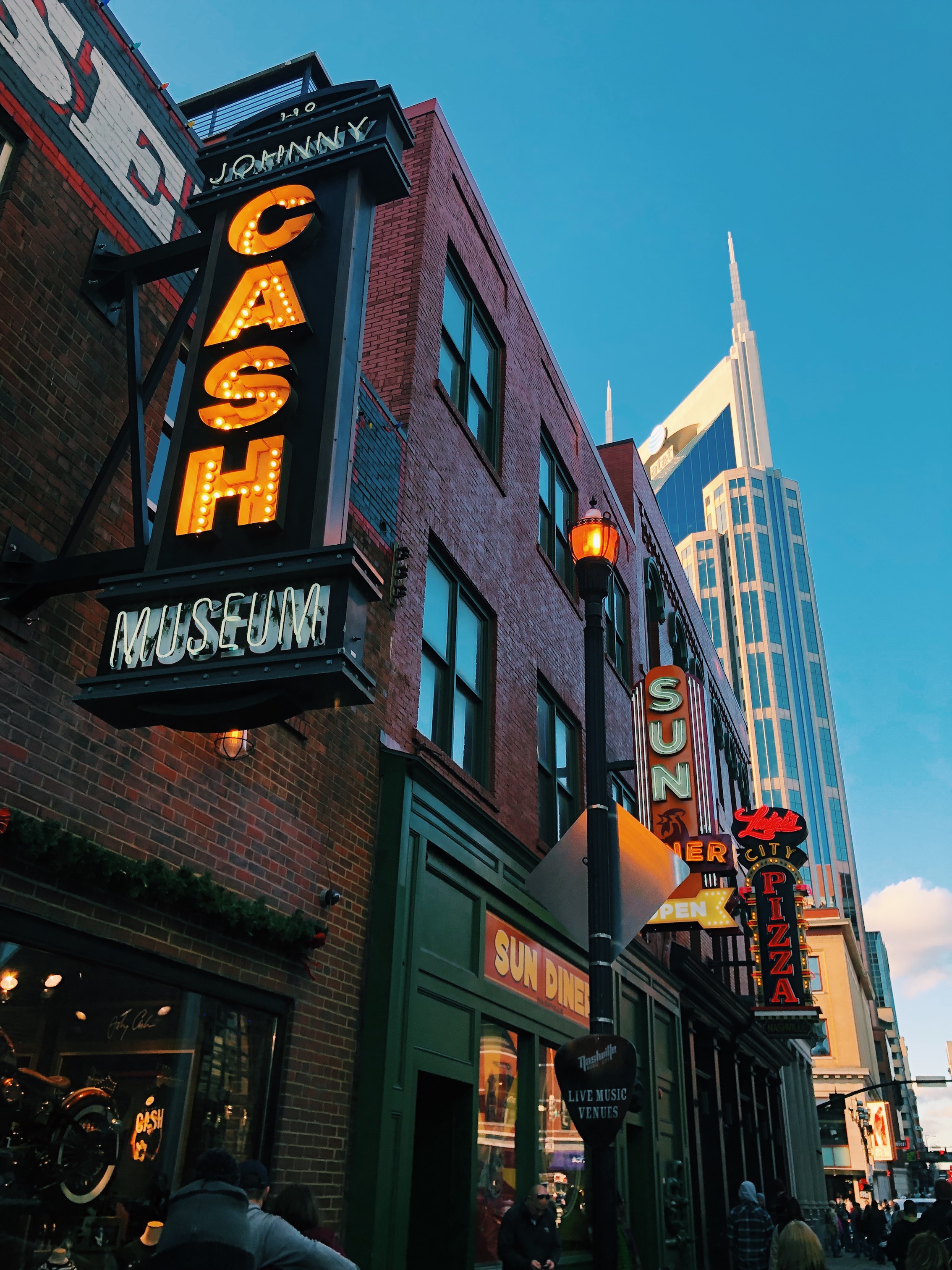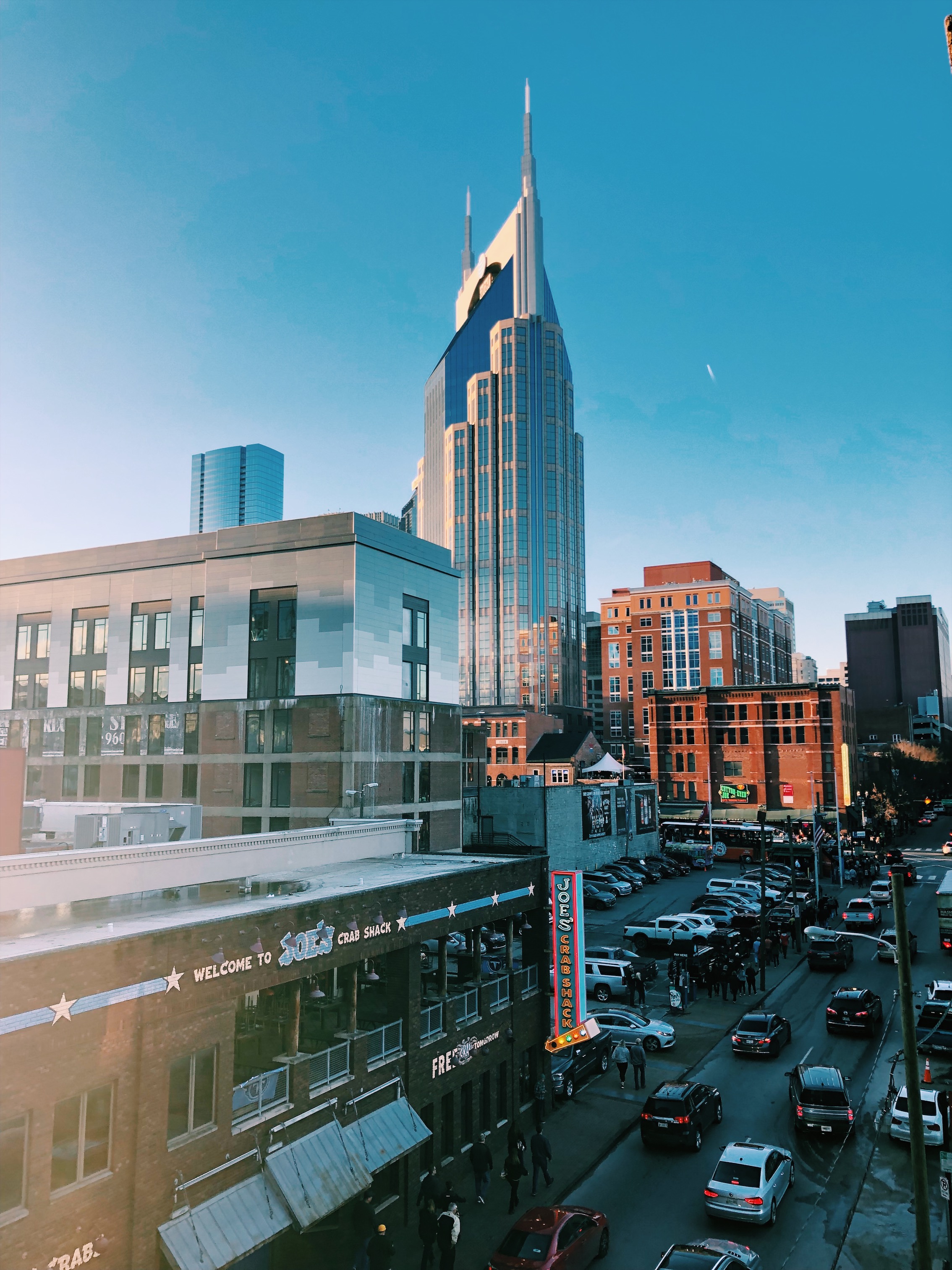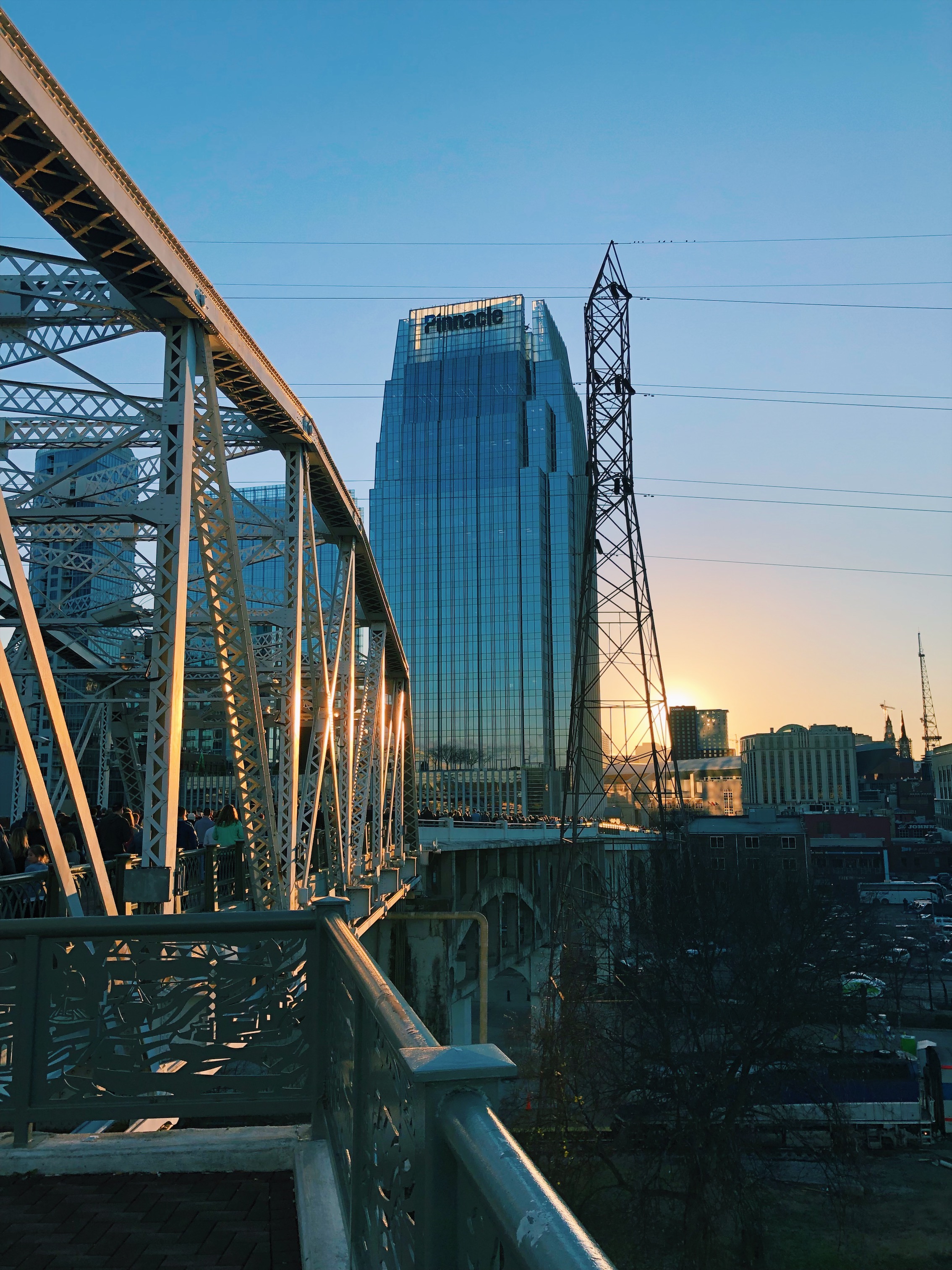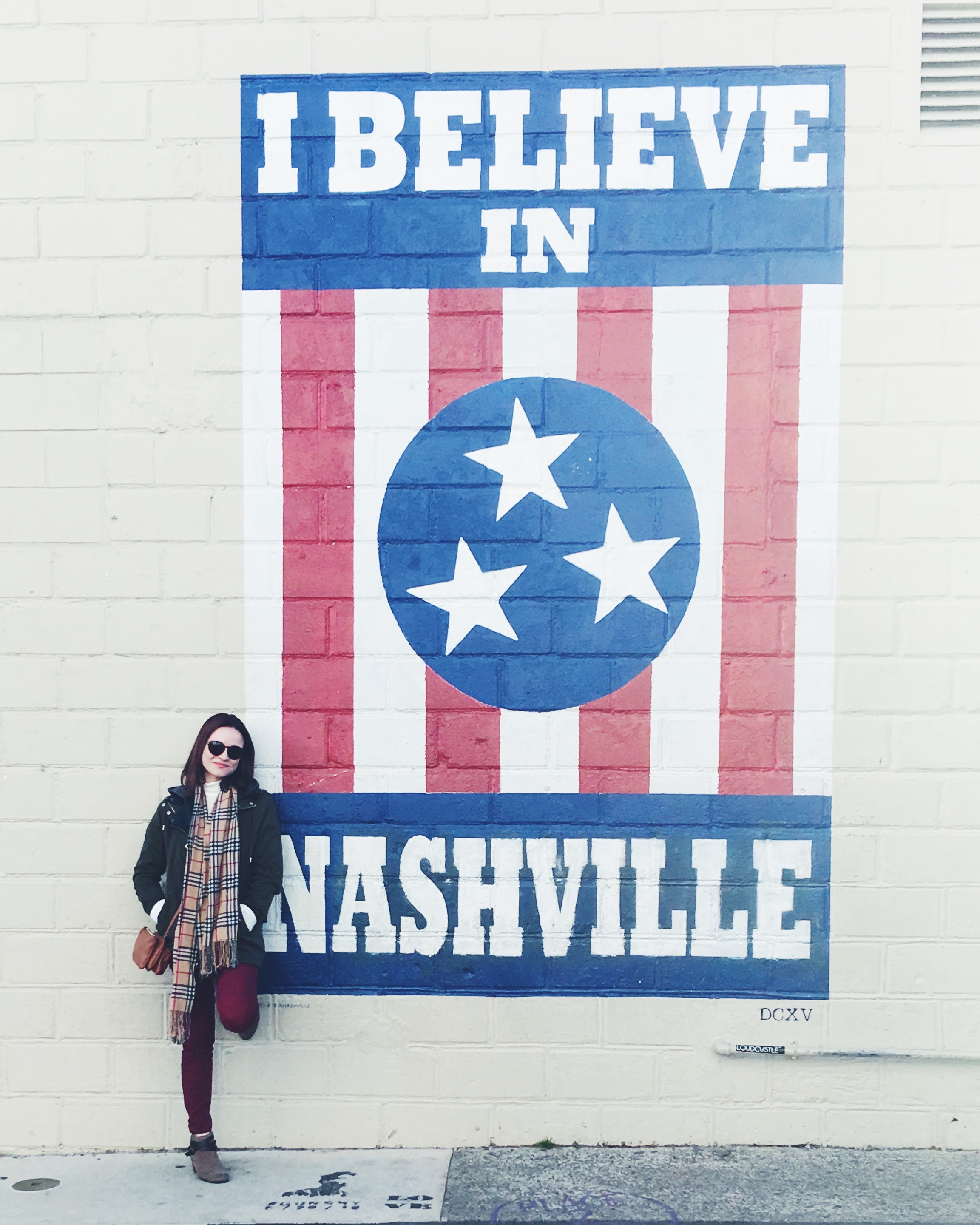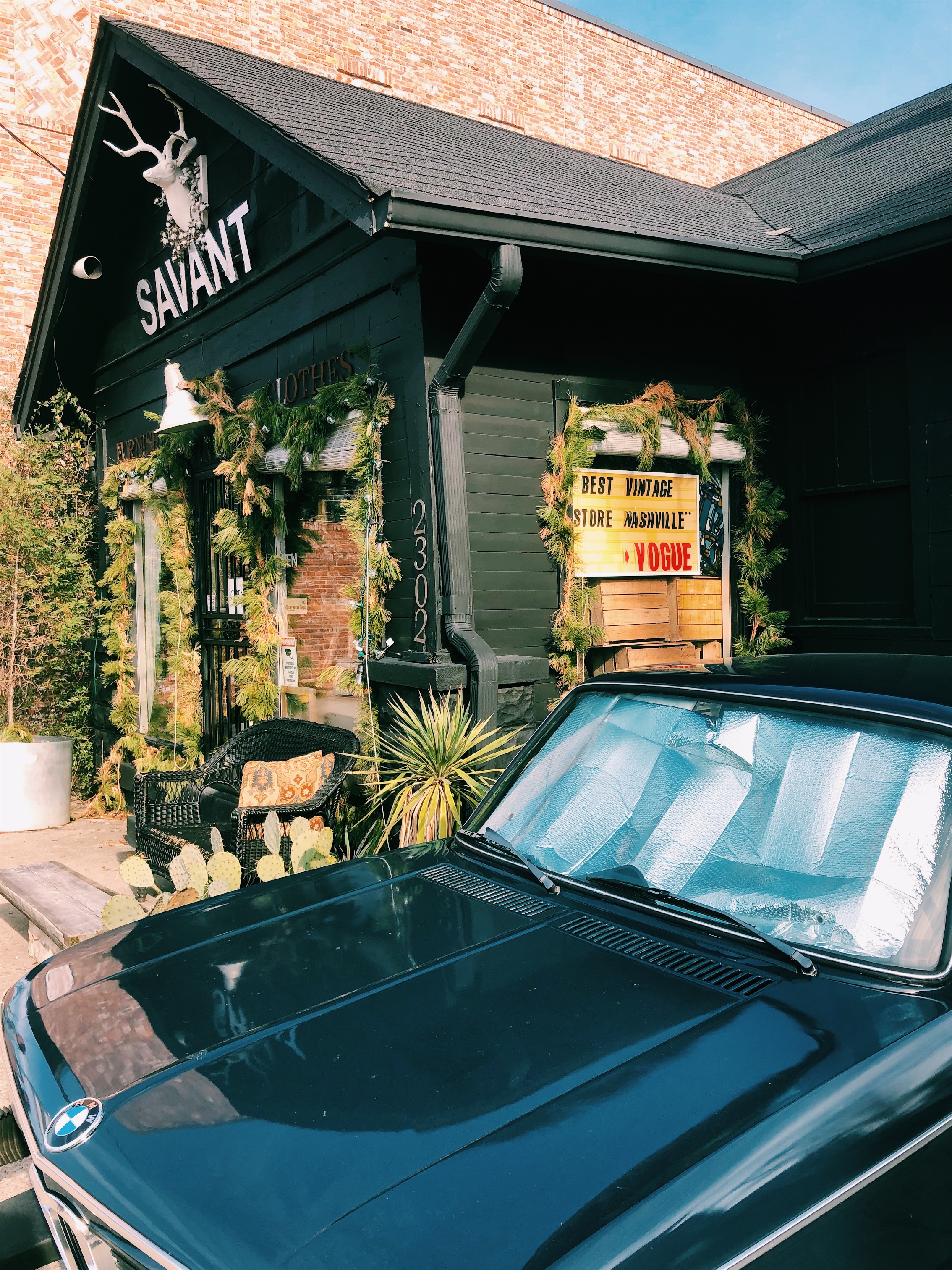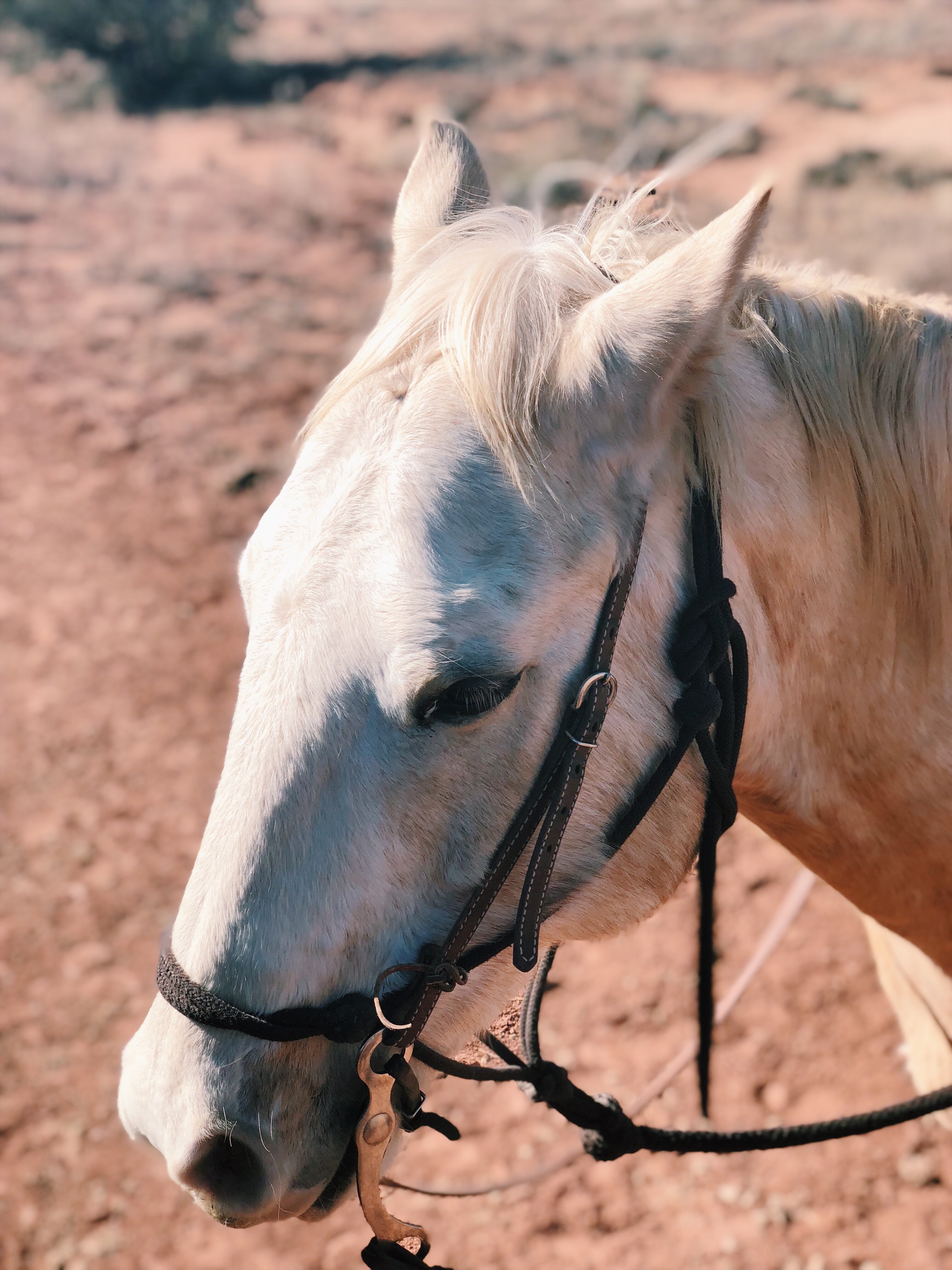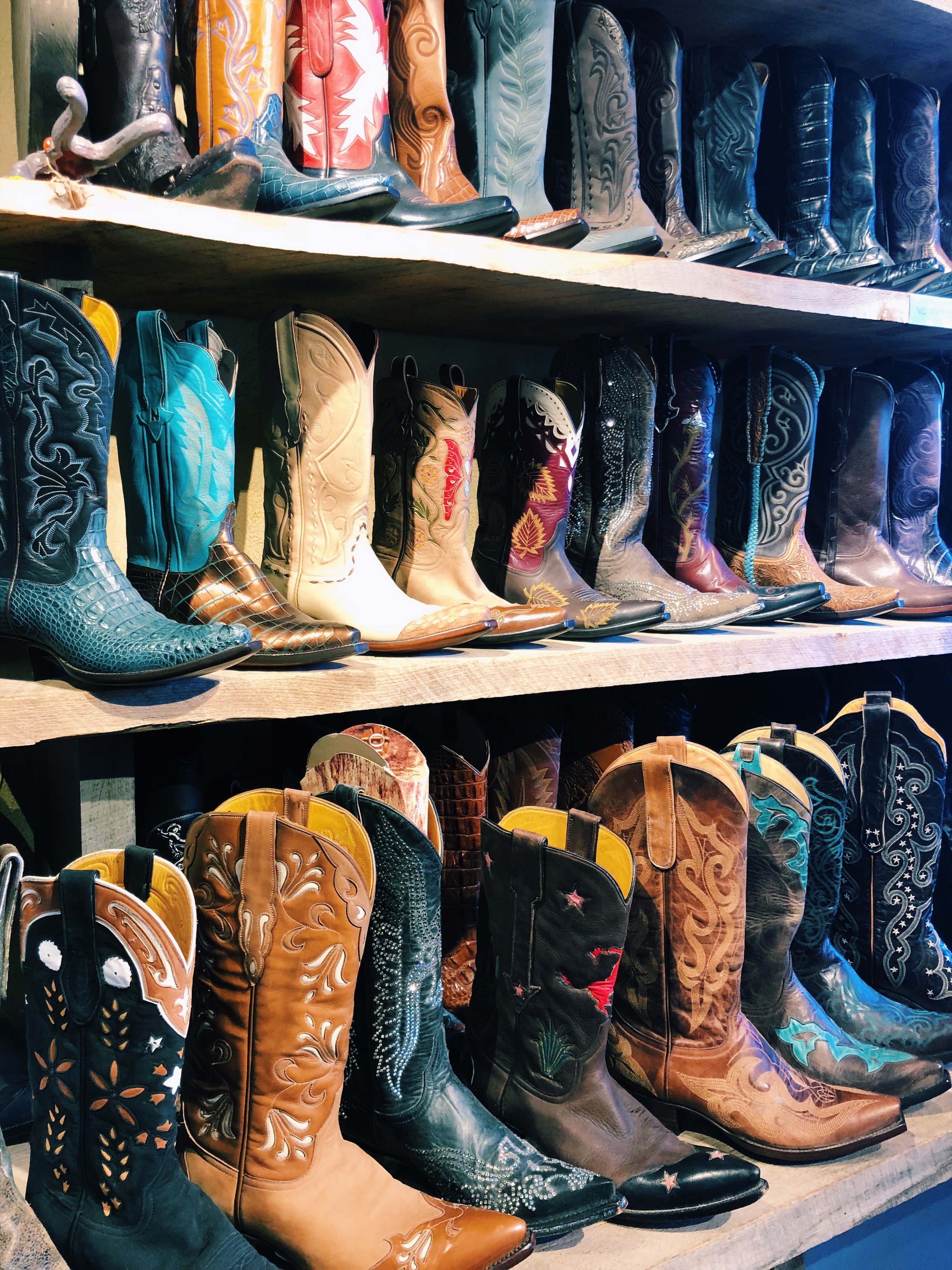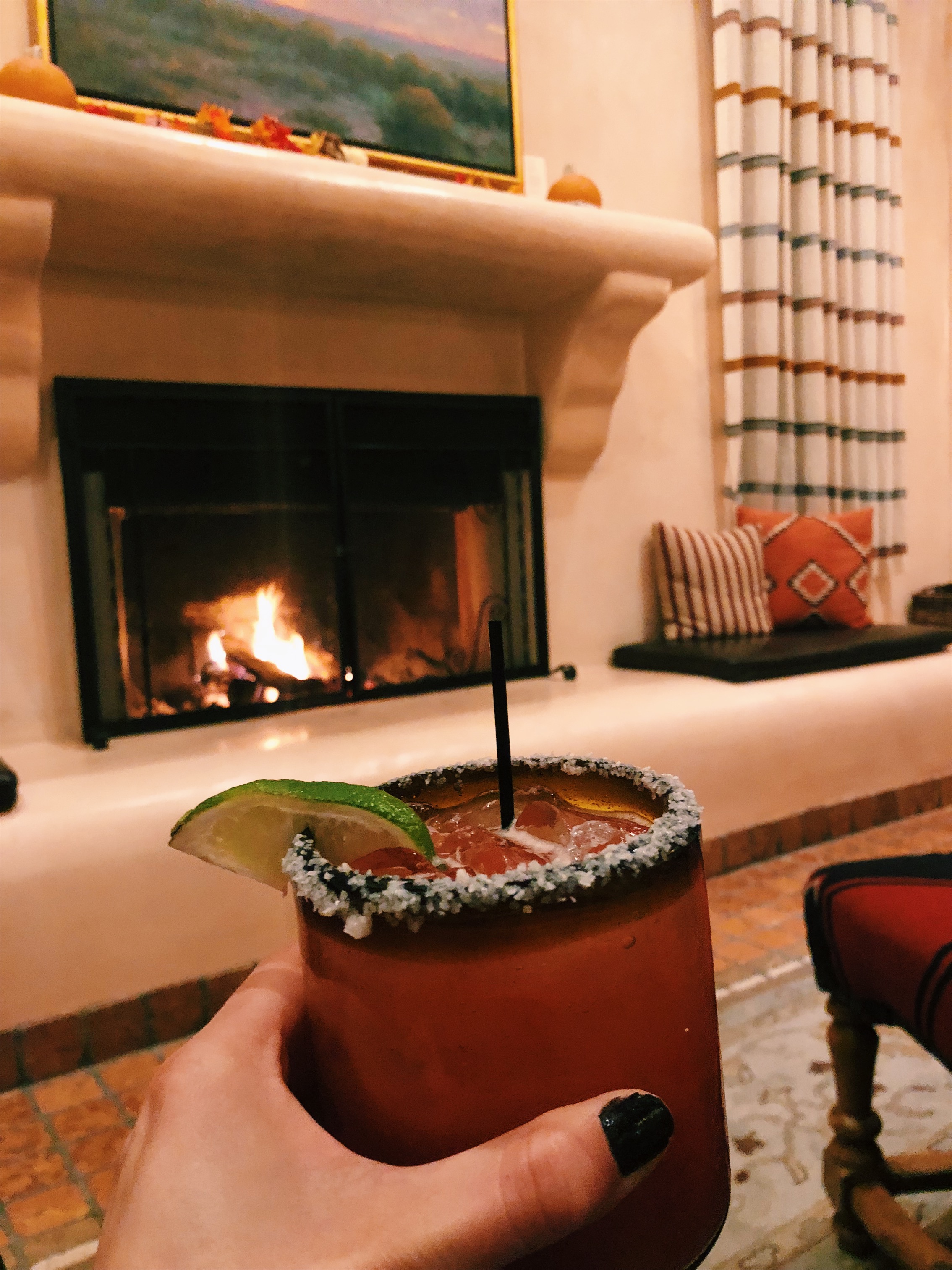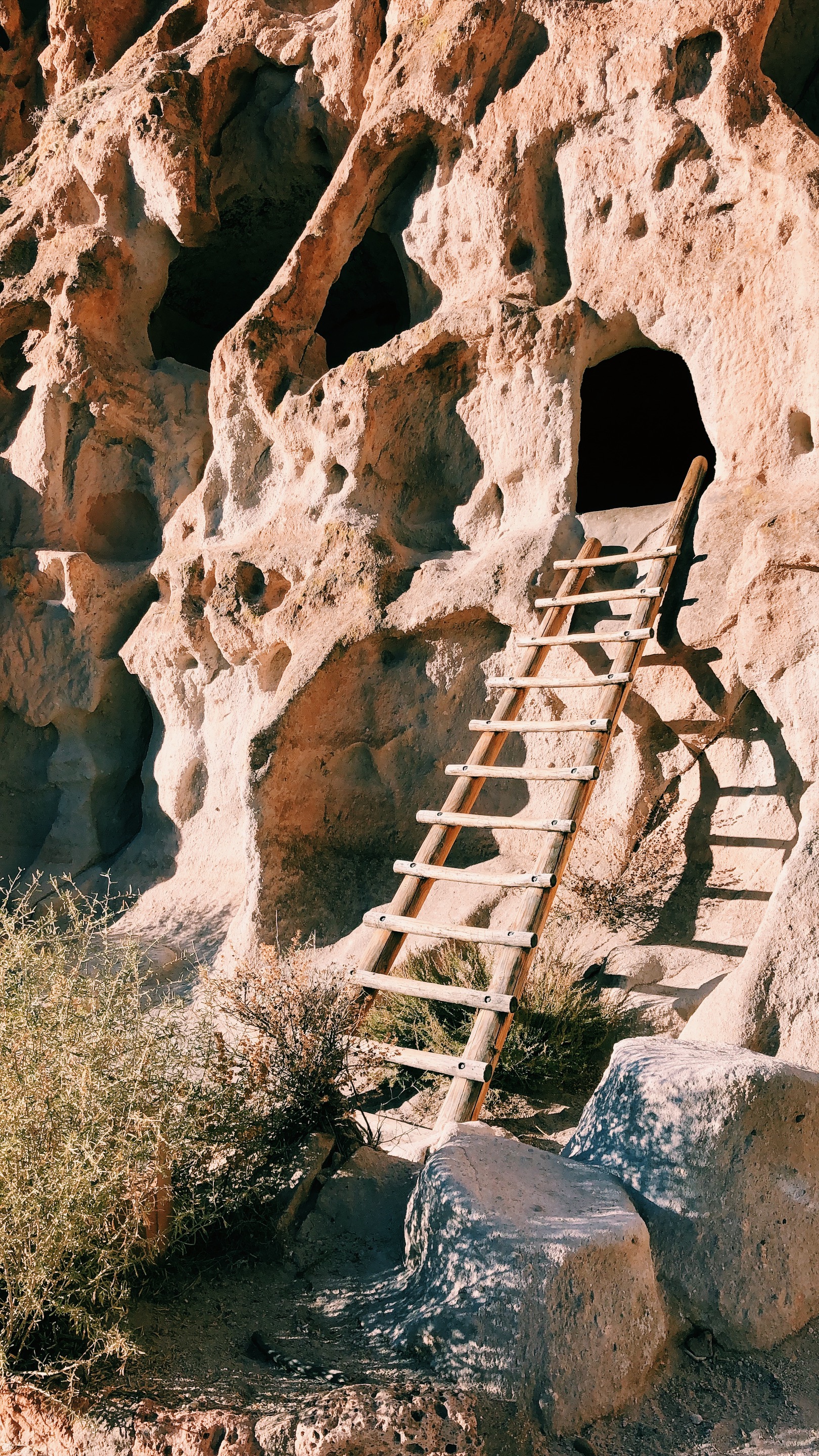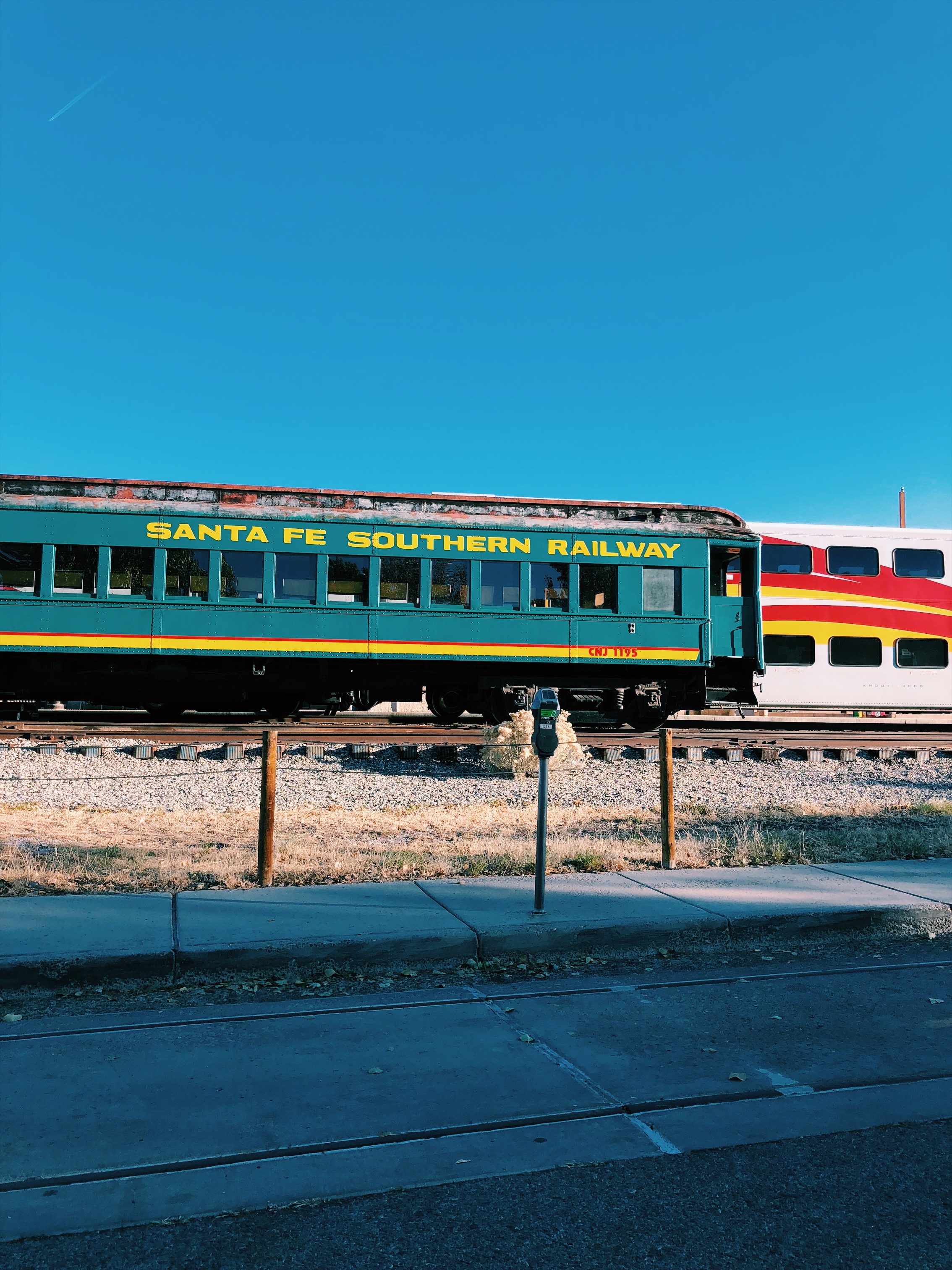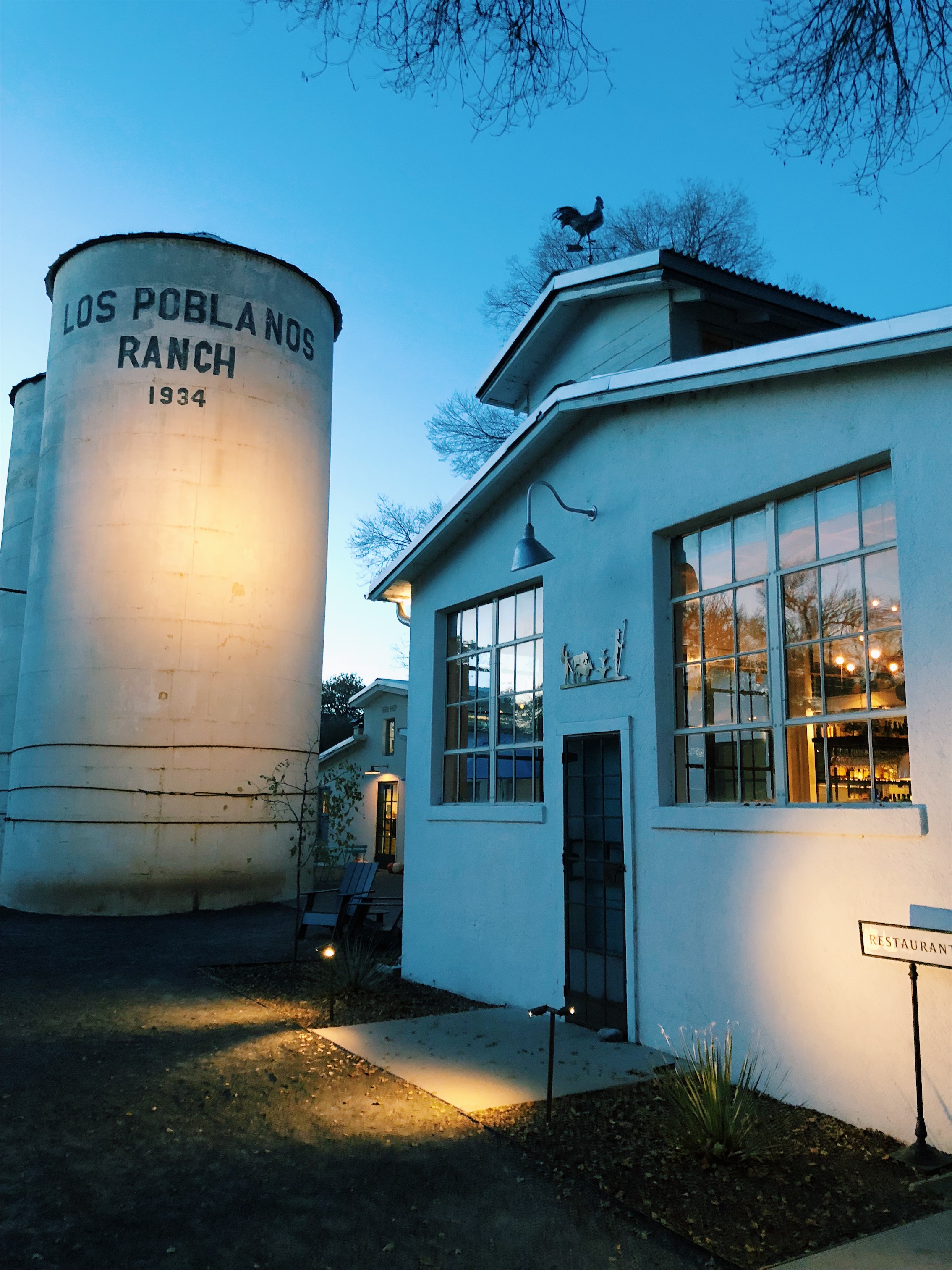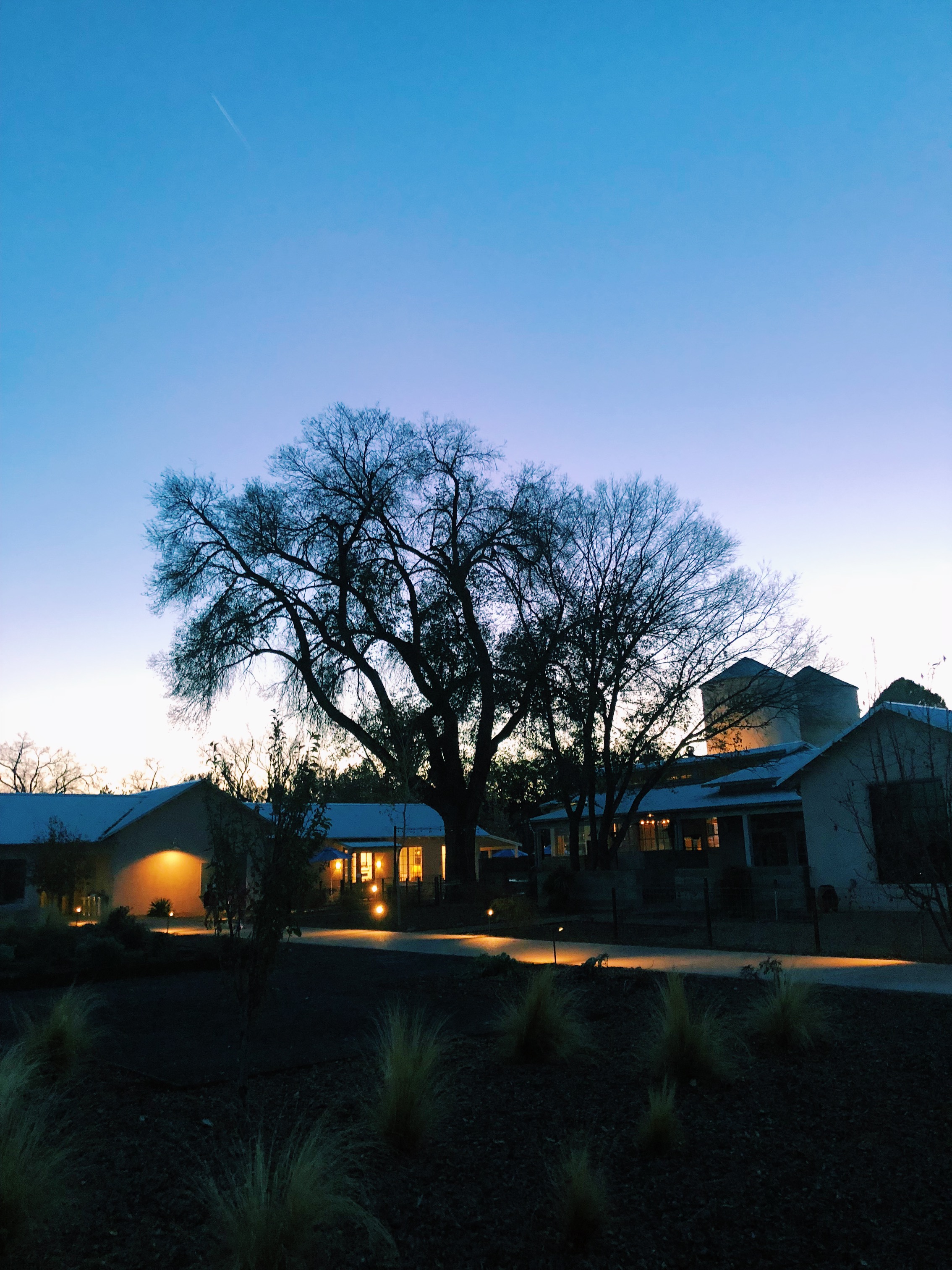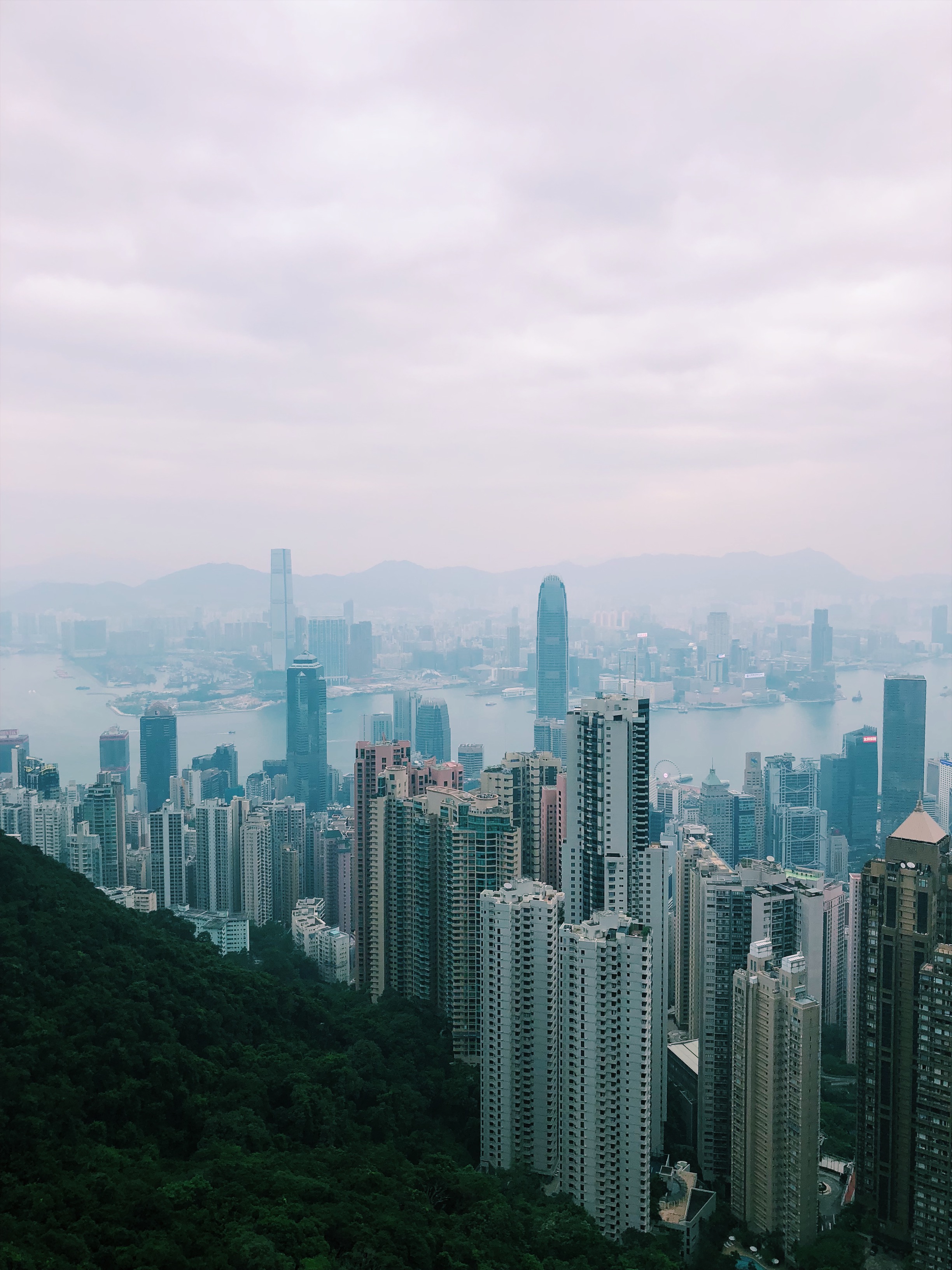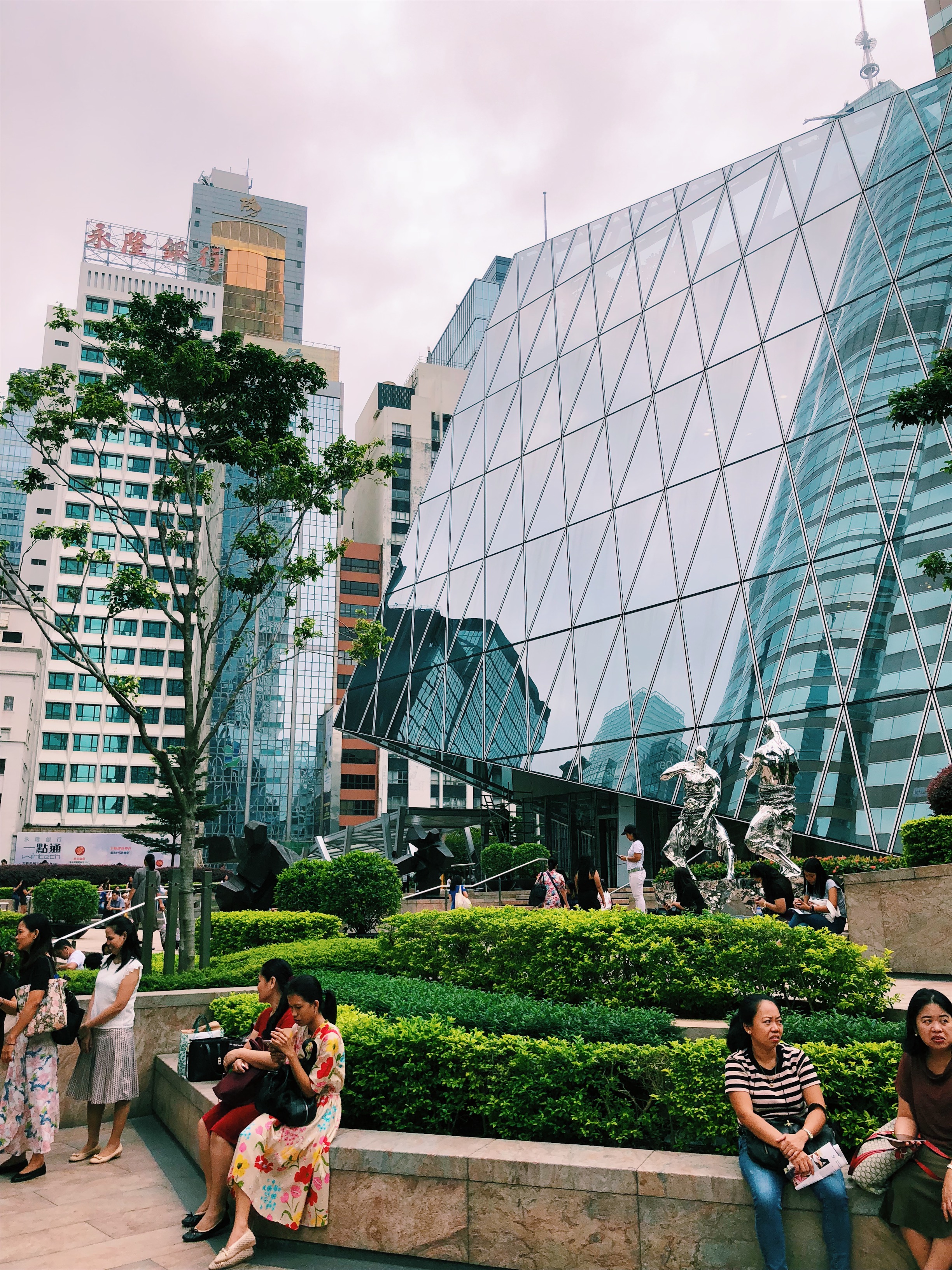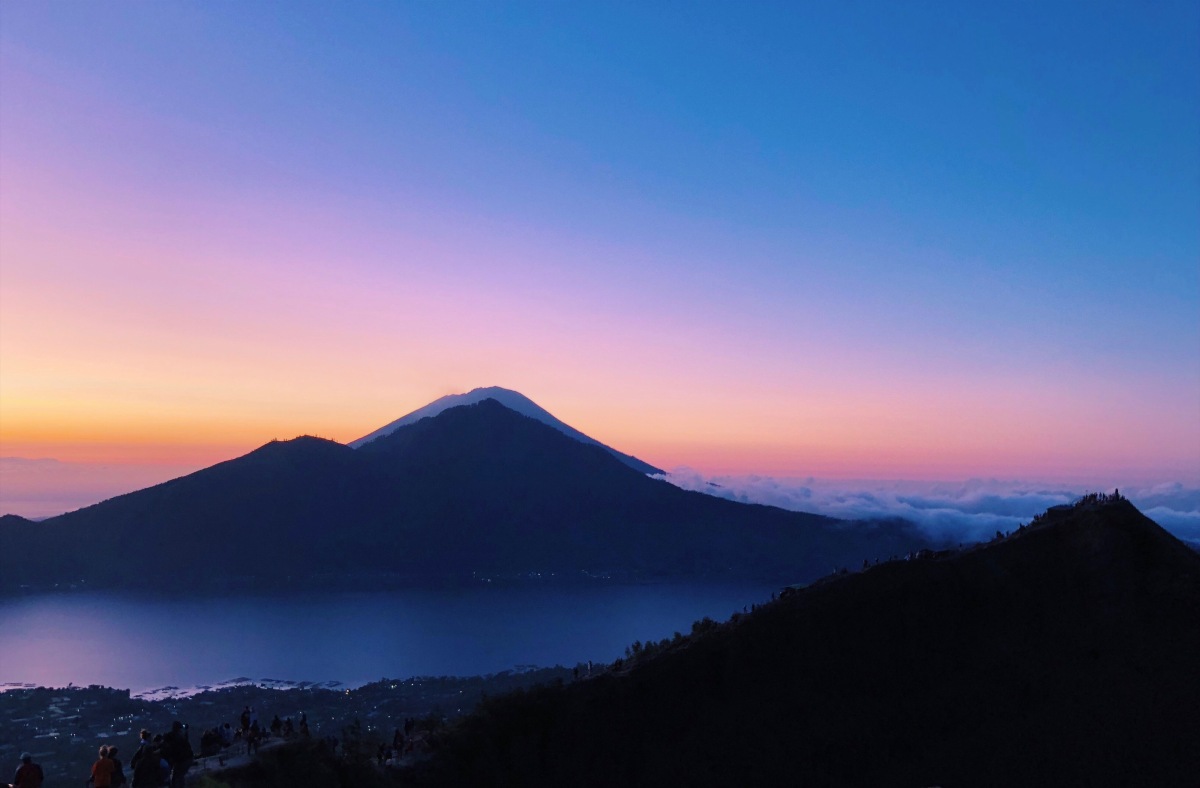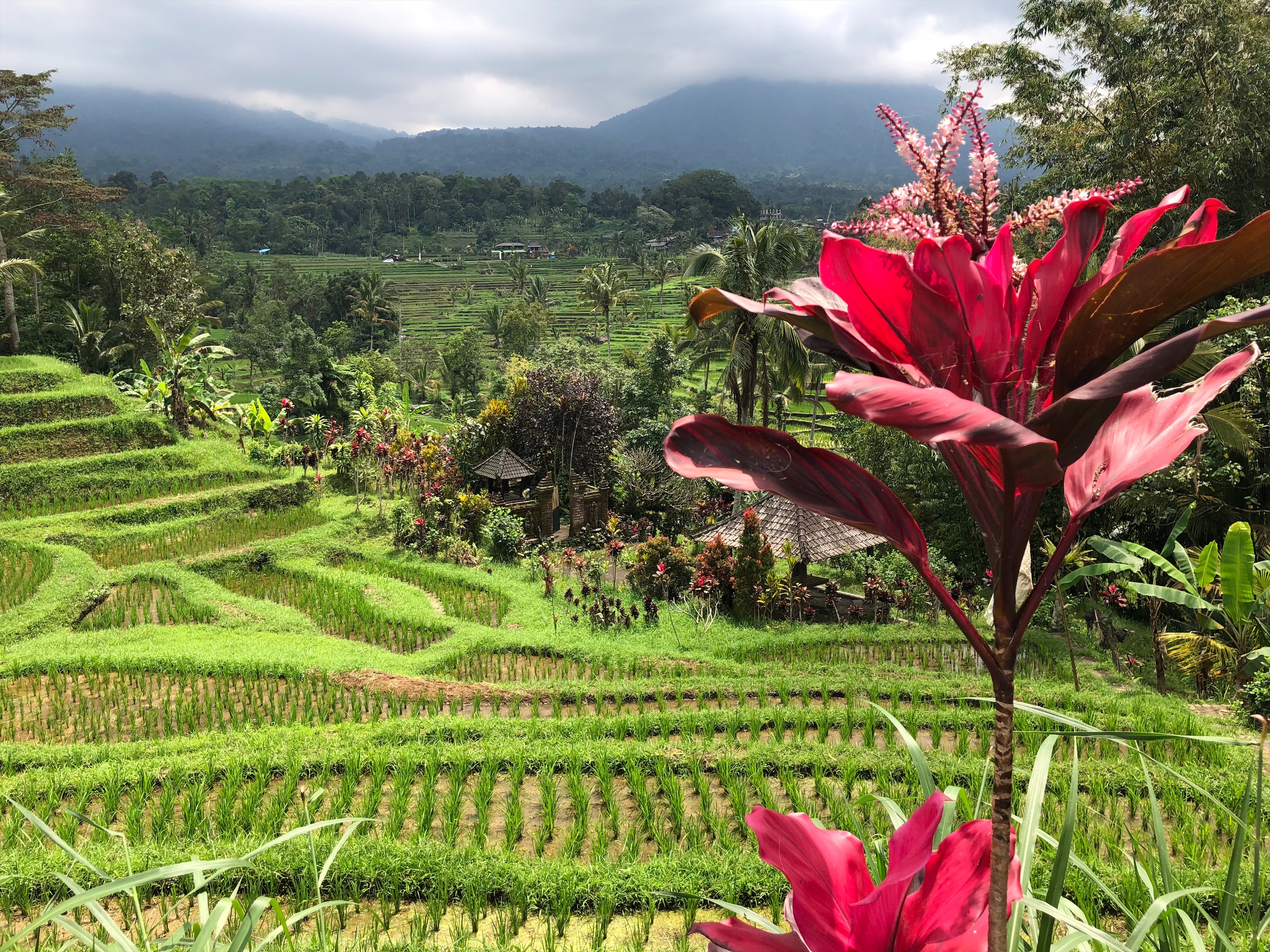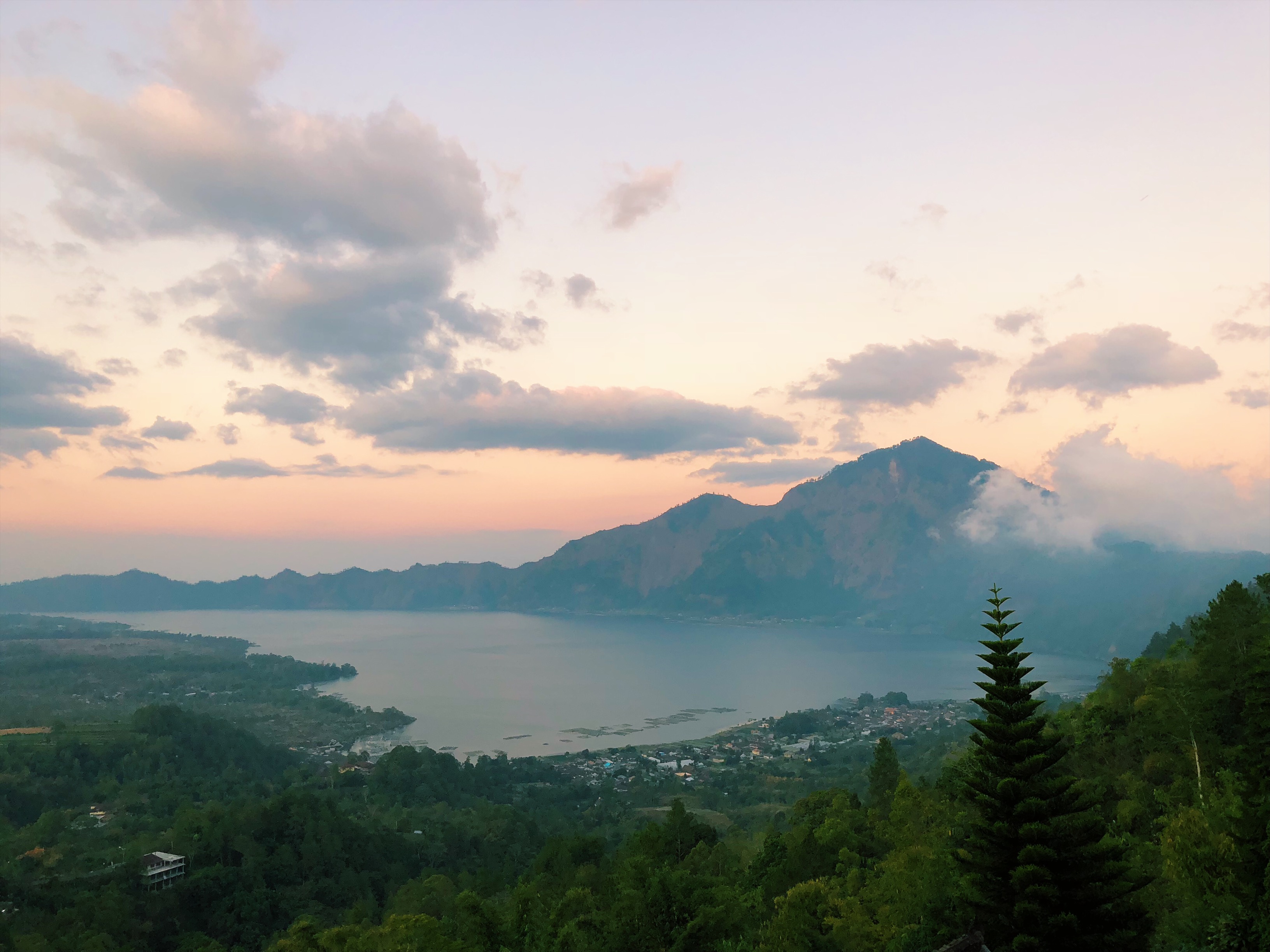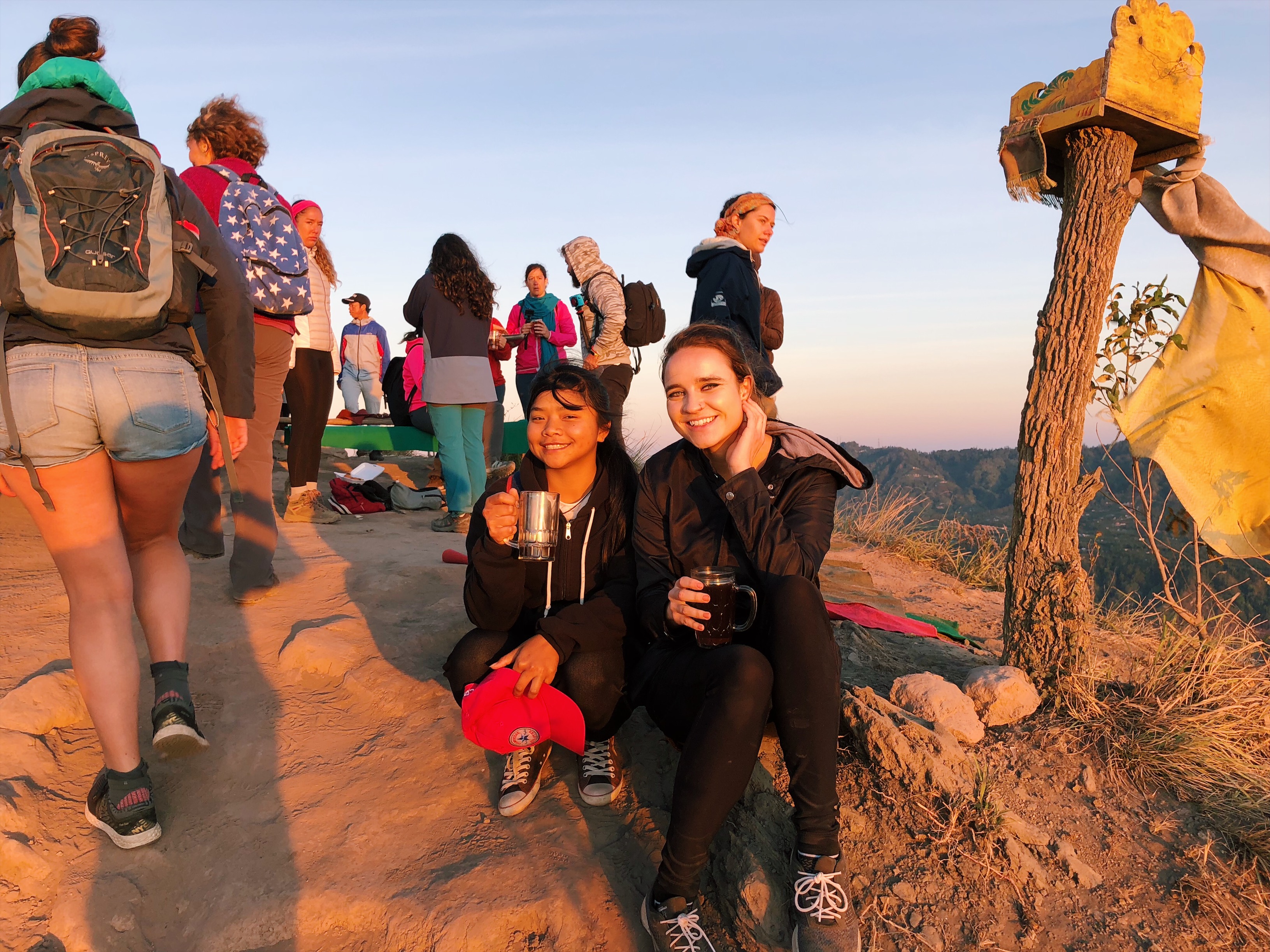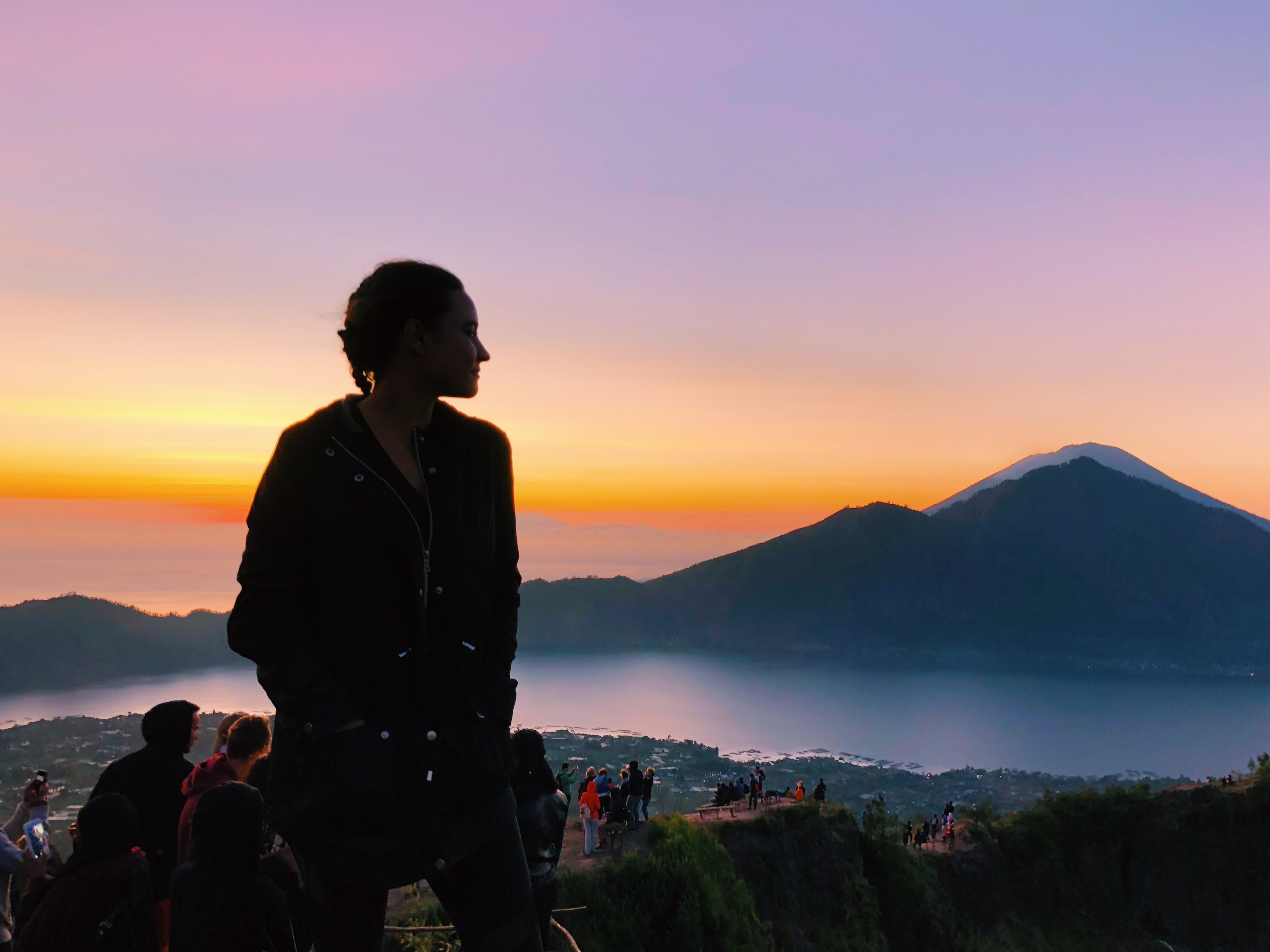The world is a strange place right now. In a few weeks time, I was supposed to be jetting off on my next international trip, to a whole new continent and a string of new adventures. Of course, that’s on the back burner for now. And, of course, I’m grateful to have my health, my family, and my job. Travel is a huge part of my life, but the world will still be there when we’re all on the other side of this.
I’m also grateful to have gotten in one last trip before everything went to hell – a lovely Valentine’s Day weekend trip to Santa Catalina Island, which I’d somehow managed to never visit, courtesy of the Catalina Island Company.
Stepping off the Catalina Express on a warm weekday in February, I was instantly reminded of Capri, a dreamy island off the coast of southern Italy. The same crystal-clear turquoise shoreline, boats docked in the harbor, and candy-colored hotels and homes dotting the shoreline and hillside.
Just an hour off the Southern California coast, ferries depart daily to Catalina Island from Long Beach, Newport and Dana Point. Established in 1913, Catalina was a favorite escape for Hollywood elite back in the day – Marilyn Monroe even briefly lived on the island with her first husband during WWII – and it was largely developed as a tourist destination by William Wrigley Jr. (yes, that Wrigley!) in the 1920s. As Wrigley attempted to bring publicity to the island, it was the filming location for a number of movies, and the spring training headquarters for the Chicago Cubs for nearly 30 years.
Catalina’s famed art deco casino (which locals ensure you know is not, and never was, a place for gambling – casino is Italian for “gathering place”) was once the tallest building in the United States at the equivalent of twelve stories high, and the acoustics of its theater so awe-inspiring that engineers from New York visited to take notes in order to construct Radio City Music Hall.
Speaking of the theatre, it was the first ever specifically designed for movies with sound. The casino’s ballroom – which is the world’s largest circular ballroom with a capacity of about 3,000 people – and dressing rooms have also played host to plenty of famous bands and starlets, and the Catalina Island Company runs daily tours that offer a behind-the-scenes look at the casino’s history and old Hollywood glamour.
By 1975, the Wrigleys deeded more than 40,000 acres of the island to the Catalina Island Conservancy, giving it control of about 90 percent of the Catalina along with its flora and fauna.
Nowadays, the island is home to just over 4,000 people, a number that swells with tourists come summer. The actual town of Catalina Island is called Avalon, an ode to the legend of King Arthur. There’s hardly ever new construction, and there’s a strict cap on the number of cars allowed on the island – some say the waiting list for approval is 13 years long. Each household is permitted one golf cart, which is the preferred mode of transportation around the island and can be rented when visiting.
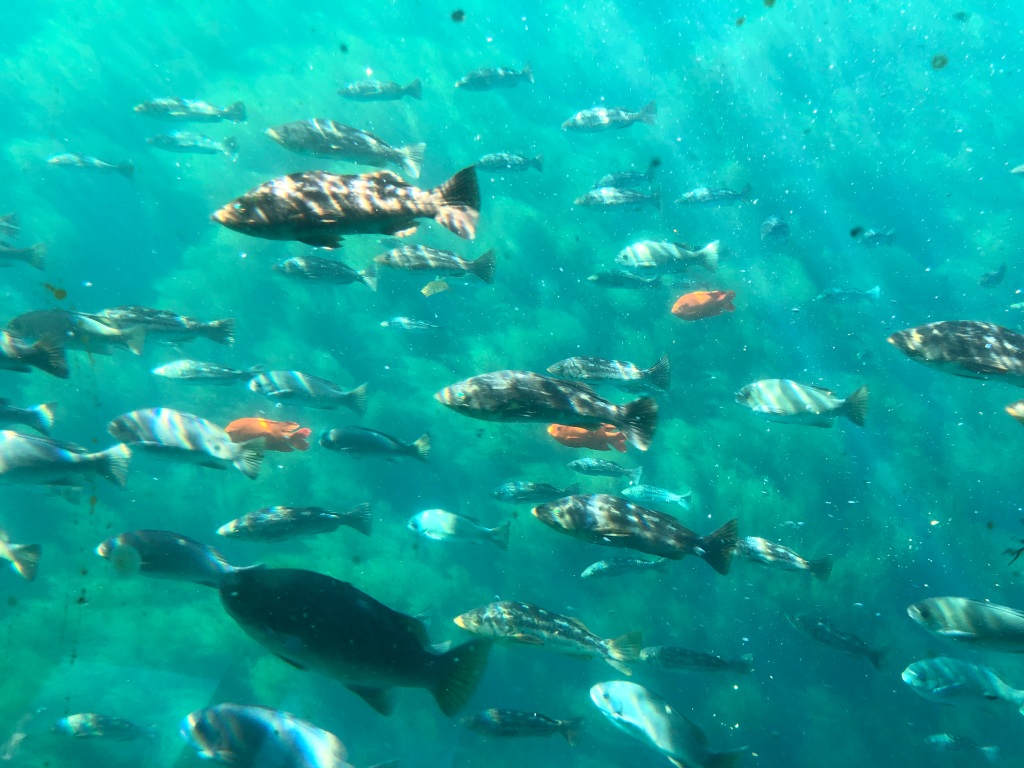
Catalina is heaven for outdoorsy types, offering everything from snorkeling and scuba diving to paddle boarding, kayaking, ziplining, and parasailing. For a slower pace, the undersea excursion is a can’t-miss experience that gets you up close and personal with Catalina’s native fish in the protected Lover’s Cover Conservancy.
If you’re craving something a bit more extreme, buckle up for the bison experience, a two-hour expedition around the island in an open-air, eco-friendly hummer. Fair warning that it’s definitely a bumpy (and windy!) ride, and bison sightings aren’t guaranteed, but if you’re feeling adventurous it’s well worth your time to cover a lot of ground while learning a whole lot of history about Catalina.
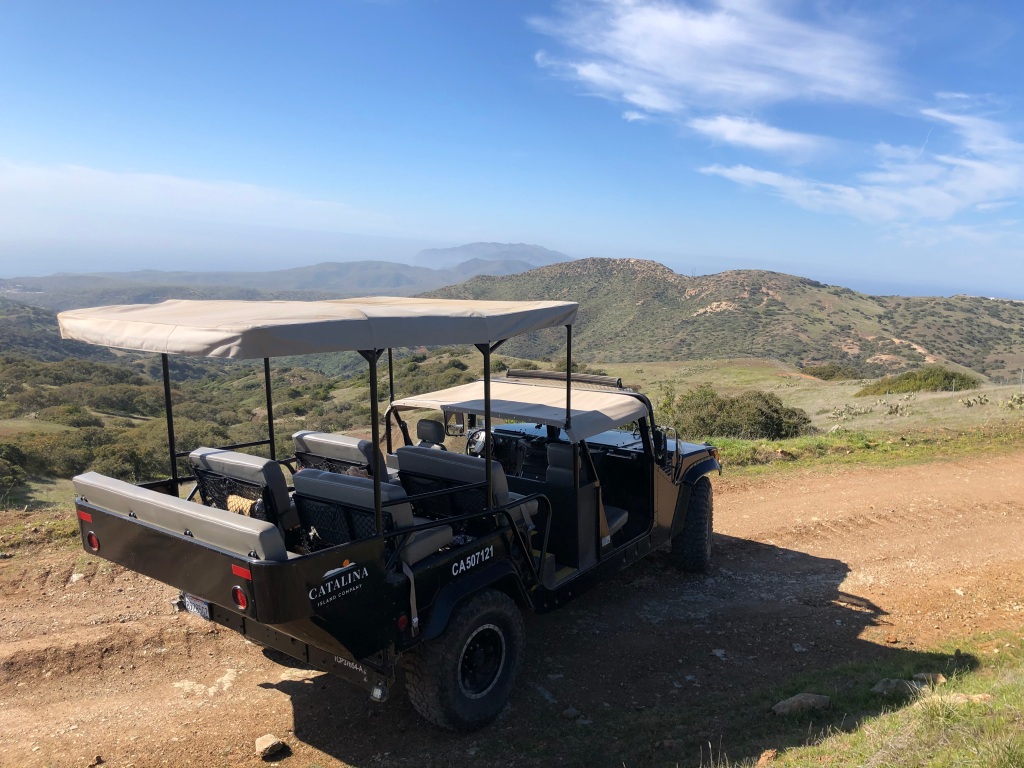
Of course, if you want to just sit back and relax during your time on the island, there’s more than enough of that to fill your visit, too. The Avalon Grille serves up stellar meals alongside craft cocktails, Toyon Grill serves breezy beach fare, and you can grab a flight of beer with a side of soft pretzels at the Catalina Brew House. If you really want to live like royalty for the day, rent a couple of lounge chairs at the waterfront Descanso Beach Club, where you can recline with lunch or dinner and drinks of your choice. Or, opt to people or wildlife-watch, or just take a blissful nap stretched out in the afternoon sun.

After dark, the island’s nightlife is very much dependent on the season and time of week, but at the very least there are always friendly locals at Catalina’s mainstay bars – Luau Larry’s, The Marlin and El Galleon – plus the Chi Chi Club to dance the night away. As with any destination worth your time, Catalina boasts its own signature alcoholic beverage: buffalo milk. It isn’t, of course, actual buffalo milk, but rather a combination of Kahlua, vodka, creme de cocoa and banana, half and half, and frozen banana, all blended together and topped with whipped cream. It’s basically an alcoholic chunky monkey milkshake, and it definitely isn’t for everyone, but when traveling I’m always game to try a new cocktail I’ve never seen anywhere else.

We were lucky enough to snag a room at the recently renovated Hotel Atwater, centrally located just a block from the water and decorated in an airy, beachy motif that really makes you feel like you’re on a tropical vacation. The hotel offers a buffet breakfast each morning at the Avalon Grille, and a nightly wine hour (!) in the lobby. There are also free bikes and beach towels for guests to use, and the downstairs of the hotel is also home to a post office, bistro, flower shop, and general store, all of which only add to the Atwater’s quaintness.
Catalina really feels like a small town – because it is! – but visiting from Los Angeles, it was certainly a change of pace to repeatedly run into the people from our tour groups during our visit, or the same tour operators who asked about our stay.
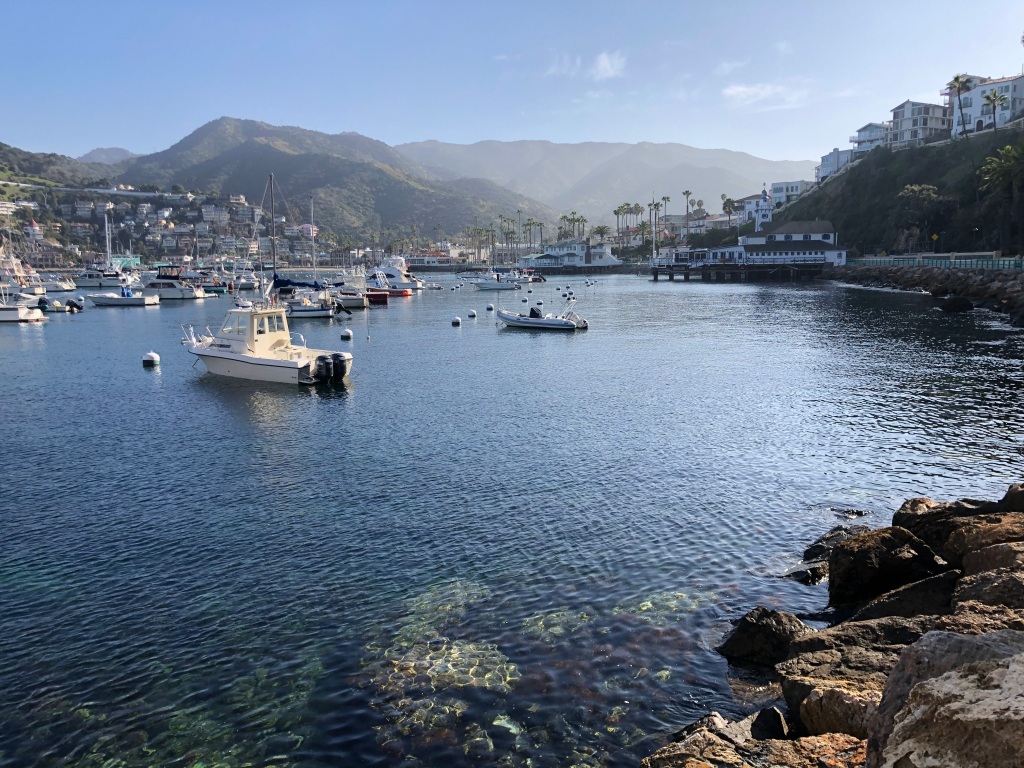
Catalina Island is a quick and easy escape just an hour from the hustle and bustle of Southern California, but you’ll feel like you’ve jetted off to Europe – and will likely never want to leave.

